Speaking of destinations around Tokyo, Hakone is probably the most famous. Hakone is a hot spring resort in the suburbs of Tokyo, and it is very convenient to get there from Tokyo, requiring only an hour and a half by train. There are many places to see and things to do in Hakone. It is recommended to plan a two-day, one-night trip from Tokyo, choosing a favorite hot spring inn to stay for one night and enjoy thoroughly.
Contents
Hakone | Transportation
Traveling from Tokyo to Hakone, the easiest way for most foreign tourists is to purchase the Odakyu Electric Railway's two-day pass. Why is this considered the most convenient option? Because Odakyu's package includes a round-trip train ticket from Tokyo to Hakone-Yumoto Station and unlimited rides within two days on Hakone's mountain railway, cable car, pirate sightseeing ship, and mountain bus. Moreover, the ticket price is quite a good deal.
Odakyu Multi-Day Passes
In addition to the Odakyu two-day pass, you can pay an extra fee to ride the Romancecar express train, which takes only 85 minutes from Shinjuku to Hakone. It's important to note that the Romancecar requires seat reservations. Since we hadn't bought tickets in advance, we went to purchase and reserve seats early on the day of departure.
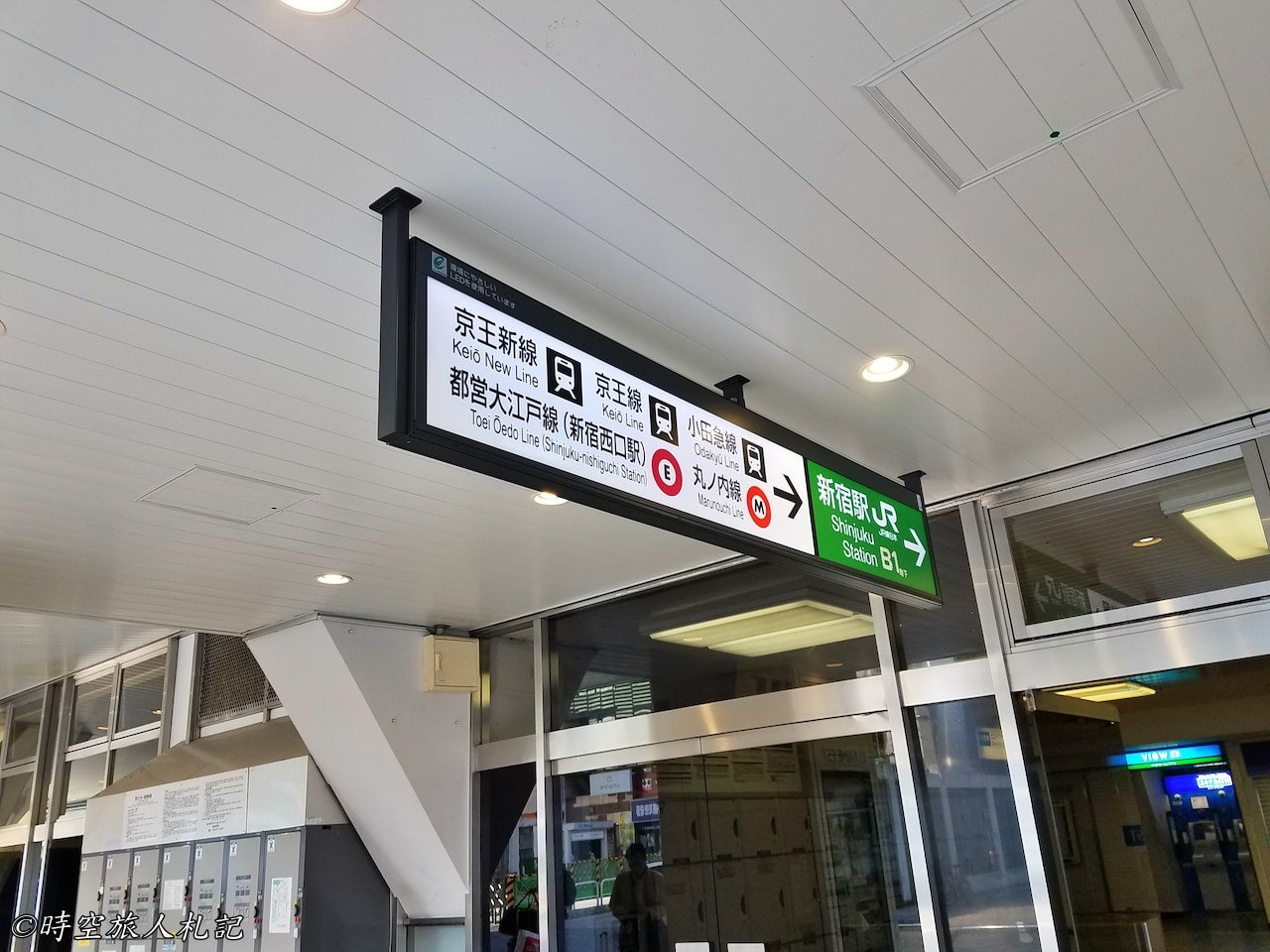
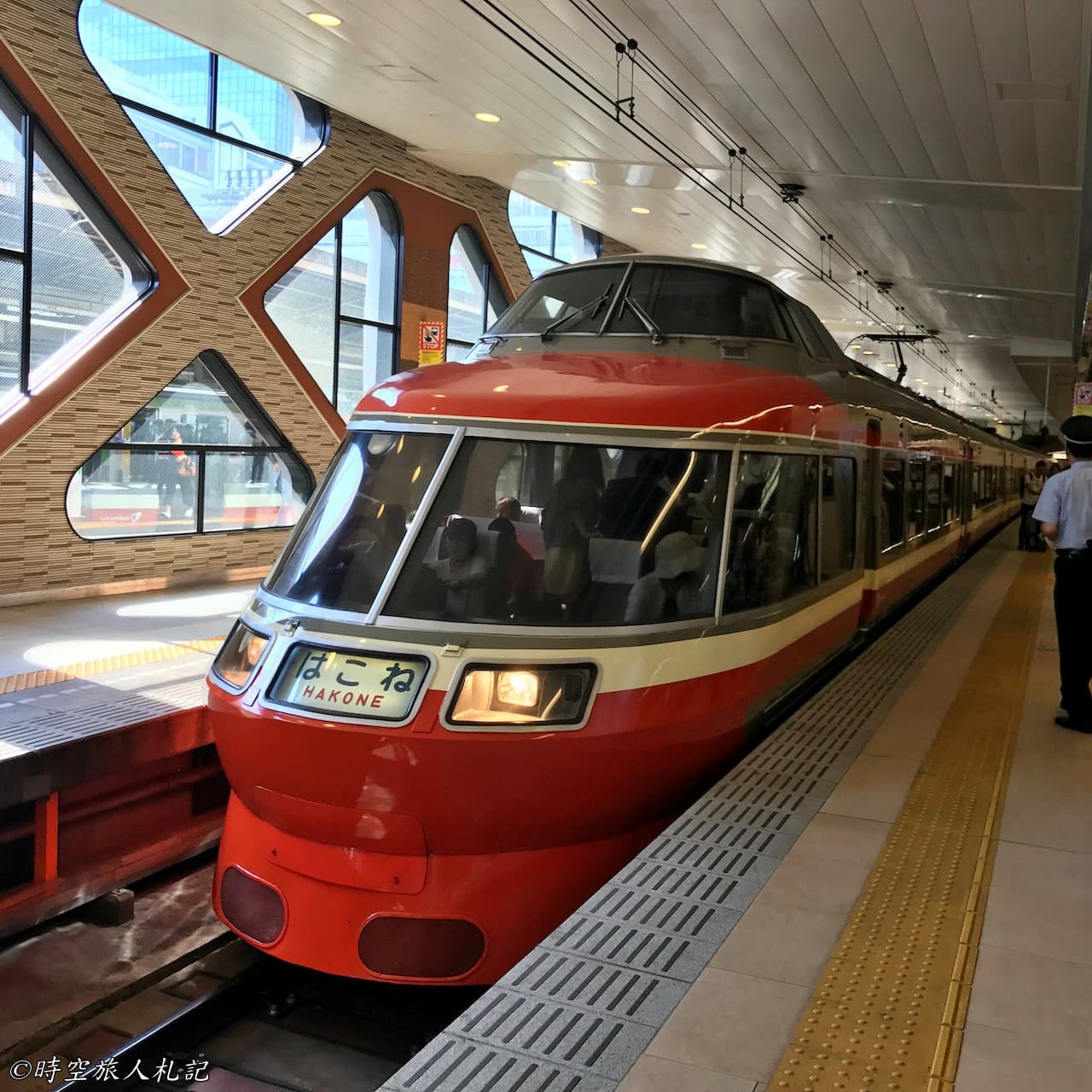
The 85-minute train ride is not boring at all. You can see Mount Fuji from the train. After boarding, we excitedly bought Odakyu's commemorative train bento to replenish our energy. The box itself is designed like a train and can also serve as a souvenir. The contents include fried shrimp, sushi, and rice balls. The taste is also quite good.
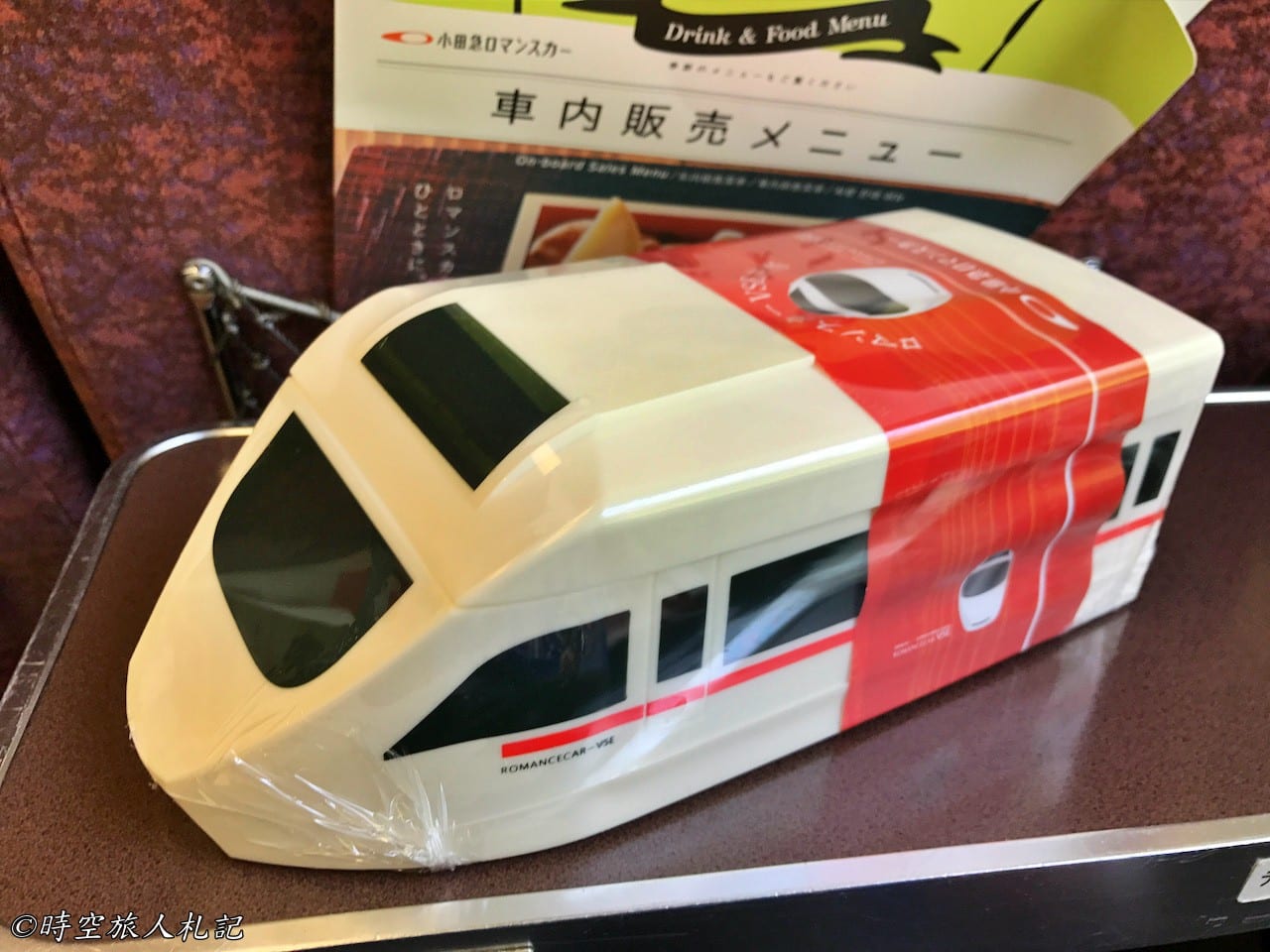
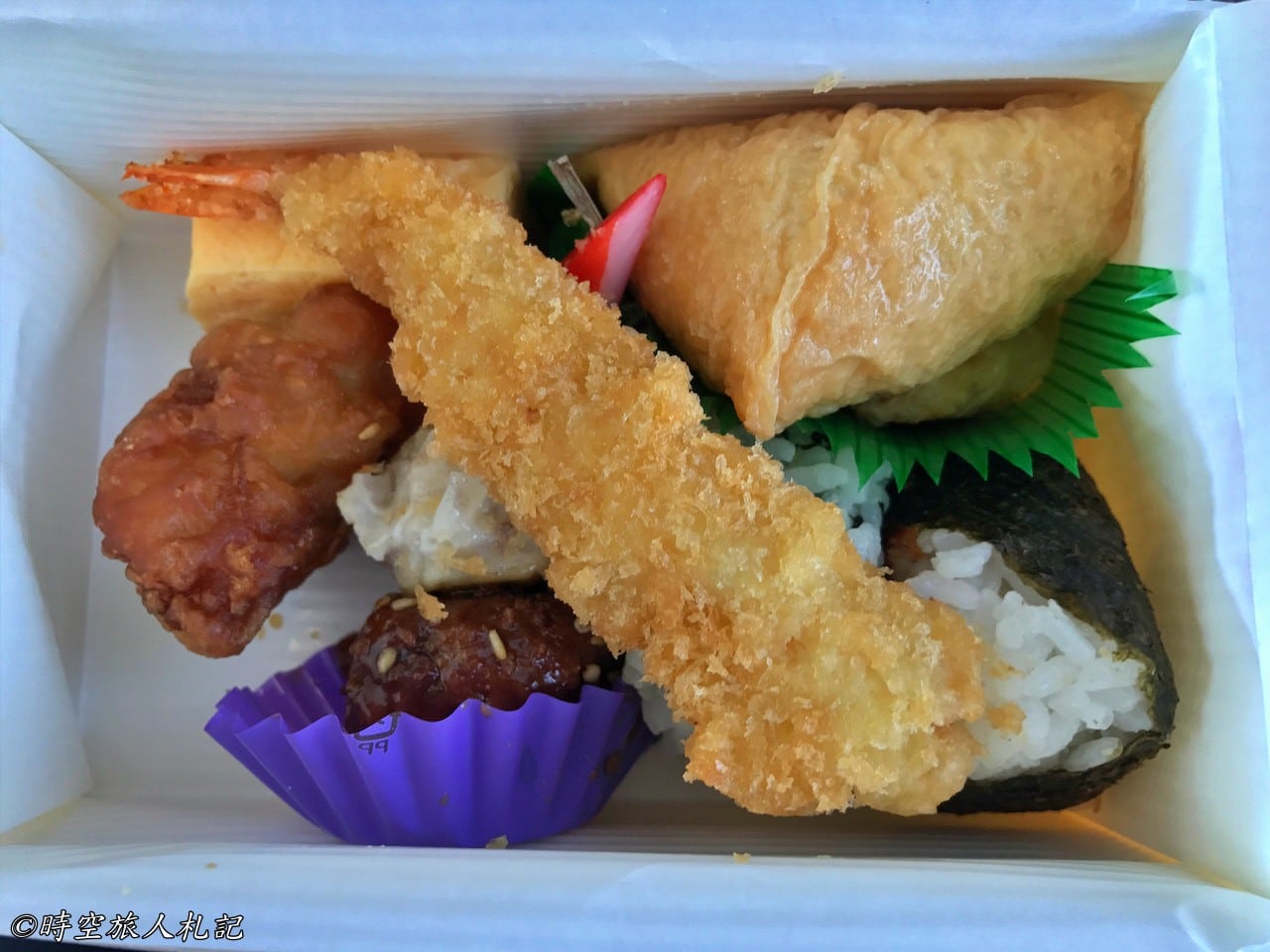
If you prefer guided tours, you can consider packaged itineraries departing from Tokyo.
Hakone | Accommodations
There are many famous hot spring resorts in Hakone. It is highly recommended to choose one for an overnight stay if you are planning a two-day trip. Hot spring resorts typically offer one-night stays with meals included. Enjoying a banquet and soaking in the hot springs in the evening is an exquisite experience not to be missed.
Find a stay in Hakone
The accommodation we stayed at this time, Seikanso, comes highly recommended. Below is an additional detailed account of our experience there.
- Hotel search: Agoda
- Activities & tickets: KKday / Klook / TripAdvisor
- Travel credit cards (US only): My card picks + beginner tips
Hakone | 2-day Itinerary
Once you arrive at your destination, Hakone Yumoto Station, your Hakone itinerary officially begins.
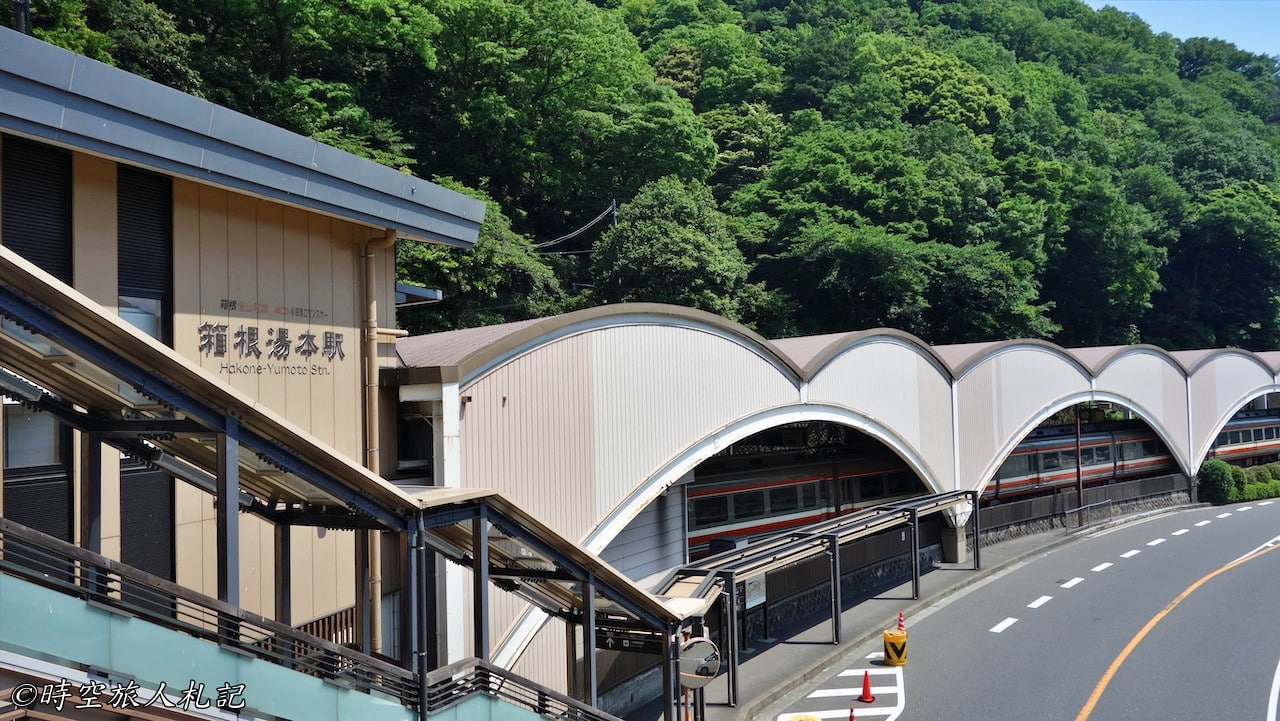
Hakone's sightseeing route is very well planned. Although there are many different types of transportation, you can simply choose a direction, either clockwise or counterclockwise, to make a round trip back to your starting point. On our first day, we started from Yumoto Station and took the mountain bus to Hakone Shrine, then walked to Onshi Hakone Park and Hakone-machi Port. From Hakone-machi Port, we took a pirate ship to Togendai, enjoying a side trip around Lake Ashi. After arriving at Togendai, we transferred to a cable car to visit the famous geothermal site of Owakudani. Then, we took a train to Gora Park and rode the mountain railway back to a hotel near Yumoto, Seikanso. The second day was more relaxed; we visited the Little Prince Museum and the Hakone Open Air Museum, before heading back to Tokyo by car.
If you're using the multi-day pass, you can also opt for a more relaxed itinerary by splitting some of the attractions originally planned for the first day and moving them to the second day. Then, on the second day, you can continue the remainder of your journey using the excursion ticket.
Hakone | Attractions
Hakone Shrine
Boarding the mountain bus, it takes about thirty minutes to arrive at Hakone Shrine. Hakone Shrine is an ancient temple with a long history, established in 757 AD (Heian period) by the high monk Mankan Shōnin. It is located on Mount Hakone and worships the Hakone Great God, reputed to be particularly efficacious for traffic safety. Mount Hakone is a sacred site of mountain worship in the Kantō region. Until the Meiji Restoration in 1868, Hakone Shrine served as the guardian deity for samurai, primarily revered by shoguns and warriors of successive generations. After the completion of the Tōkaidō highway, inns began to prosper, and the number of people coming from Edo to pray for safe travel increased, making Hakone Shrine a place of worship for the general populace as well.
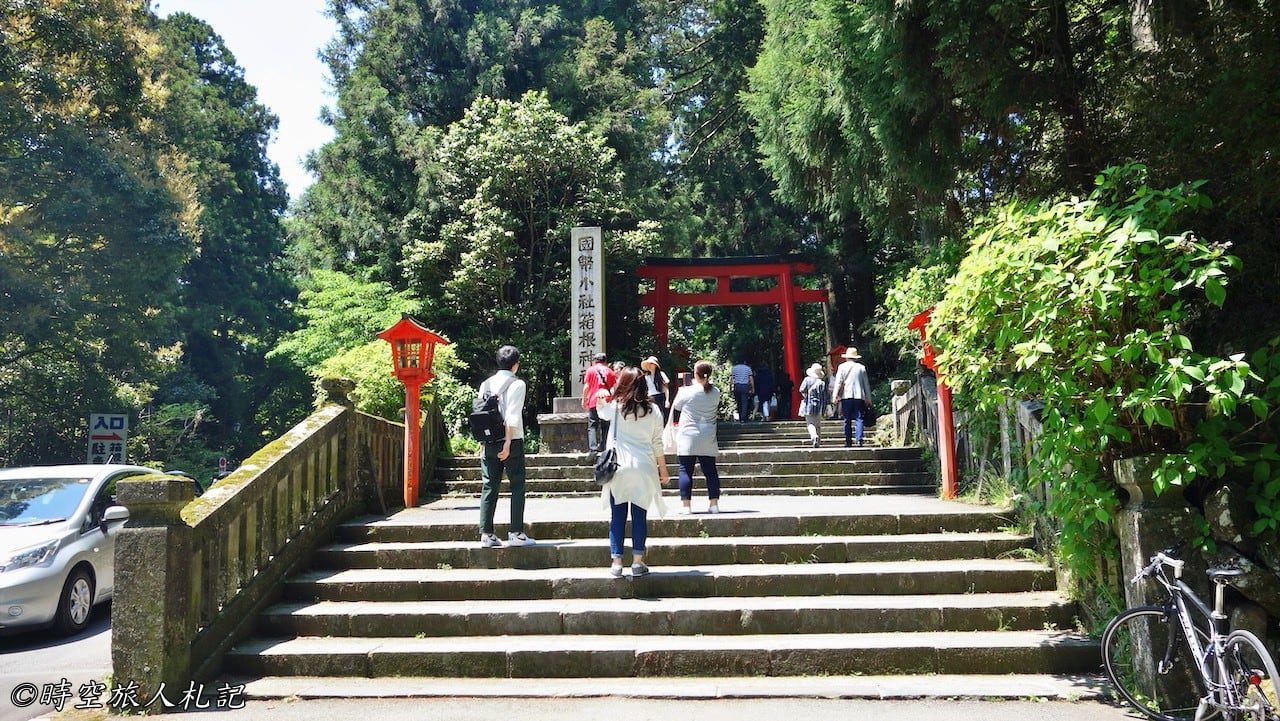

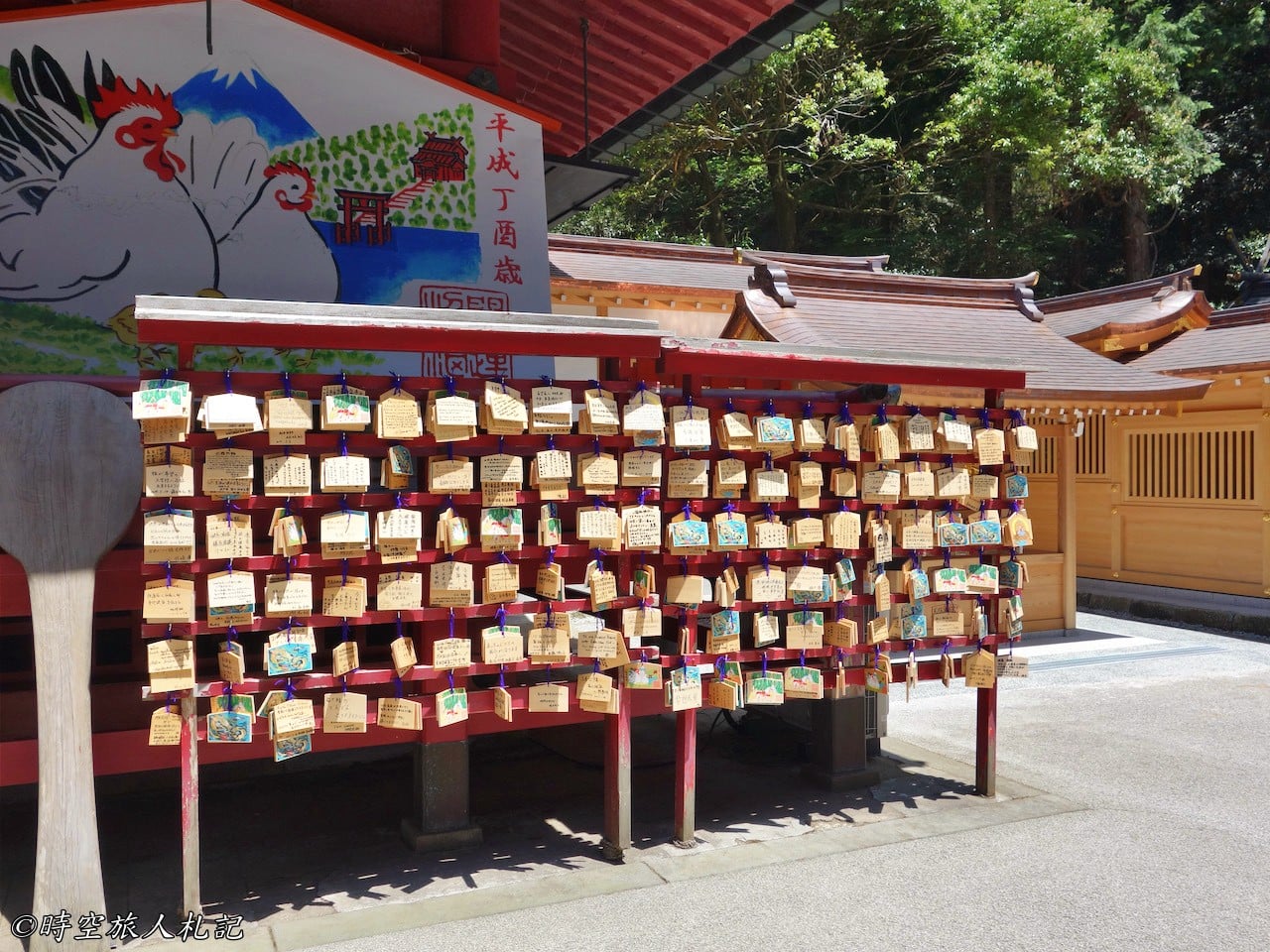
Within Hakone Shrine, in addition to the main shrine, there are several smaller shrines, including Soga Shrine and Kuzuryu Shrine, among more than a dozen others. Legend has it that Kuzuryu was a poisonous dragon with nine heads that lived in Lake Ashi in ancient times. After being defeated by the high monk Mankan Shōnin, it was commanded to protect the local residents, a tale that became the origin of the later Lake Water Festival.
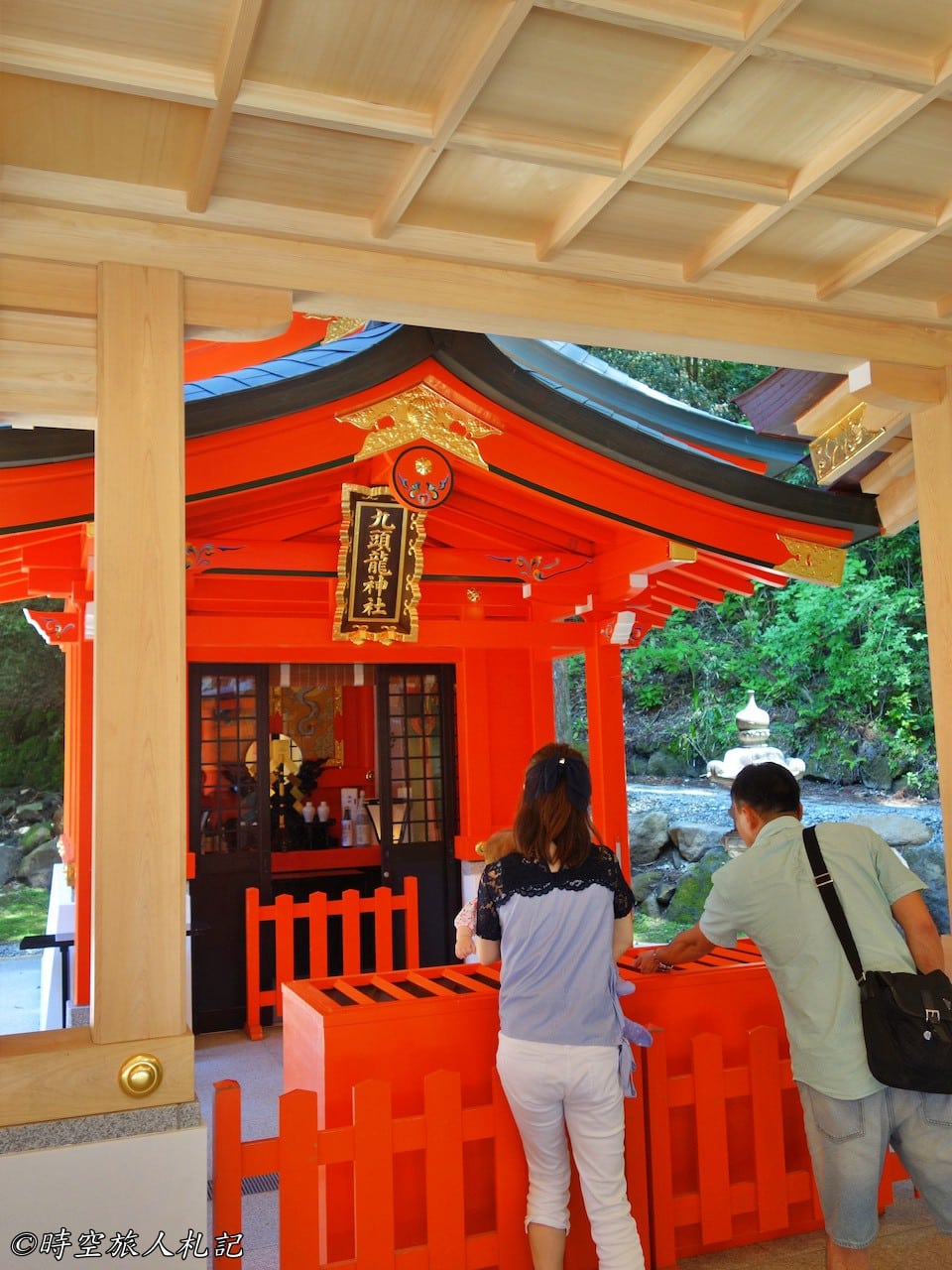
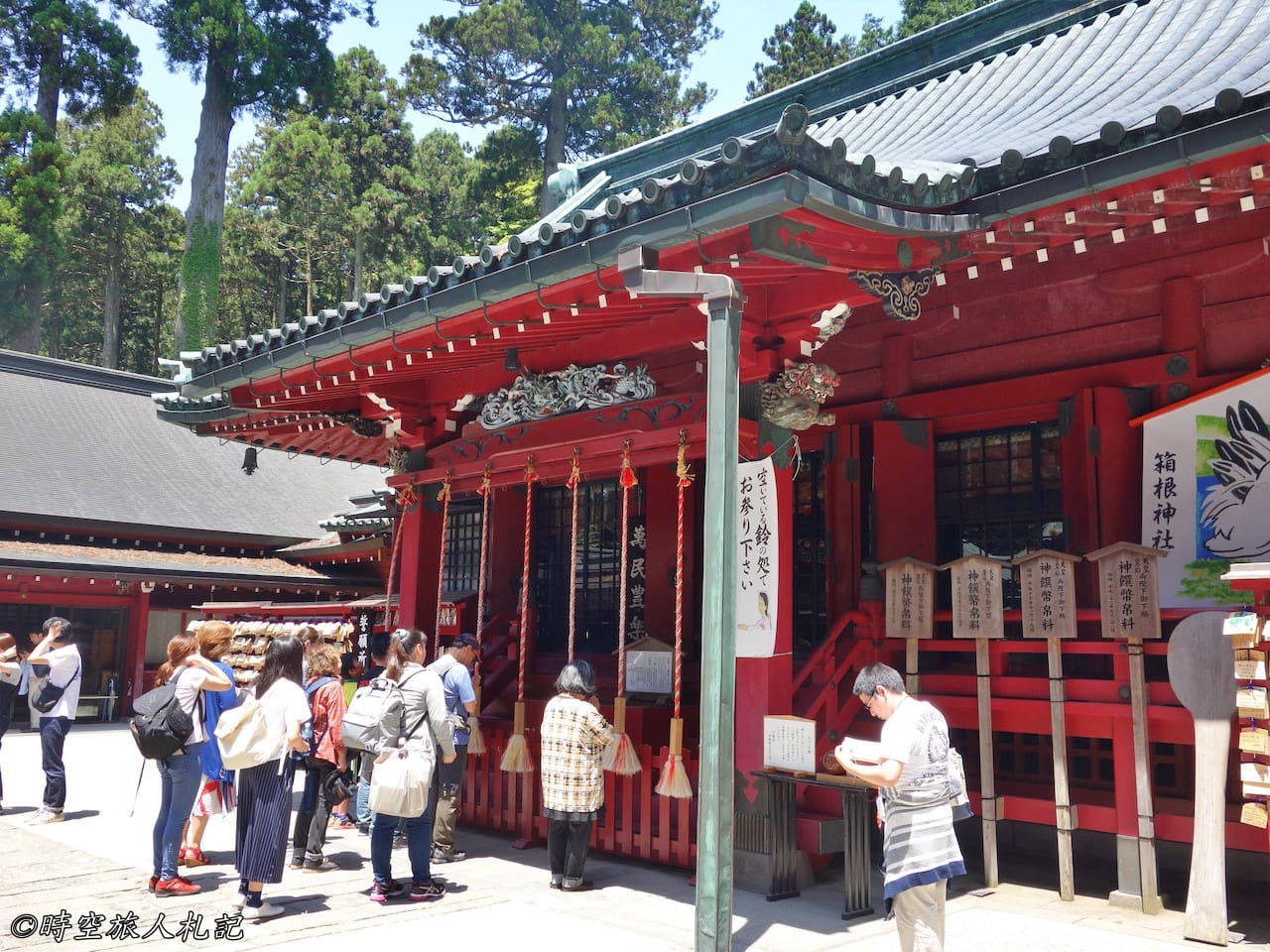
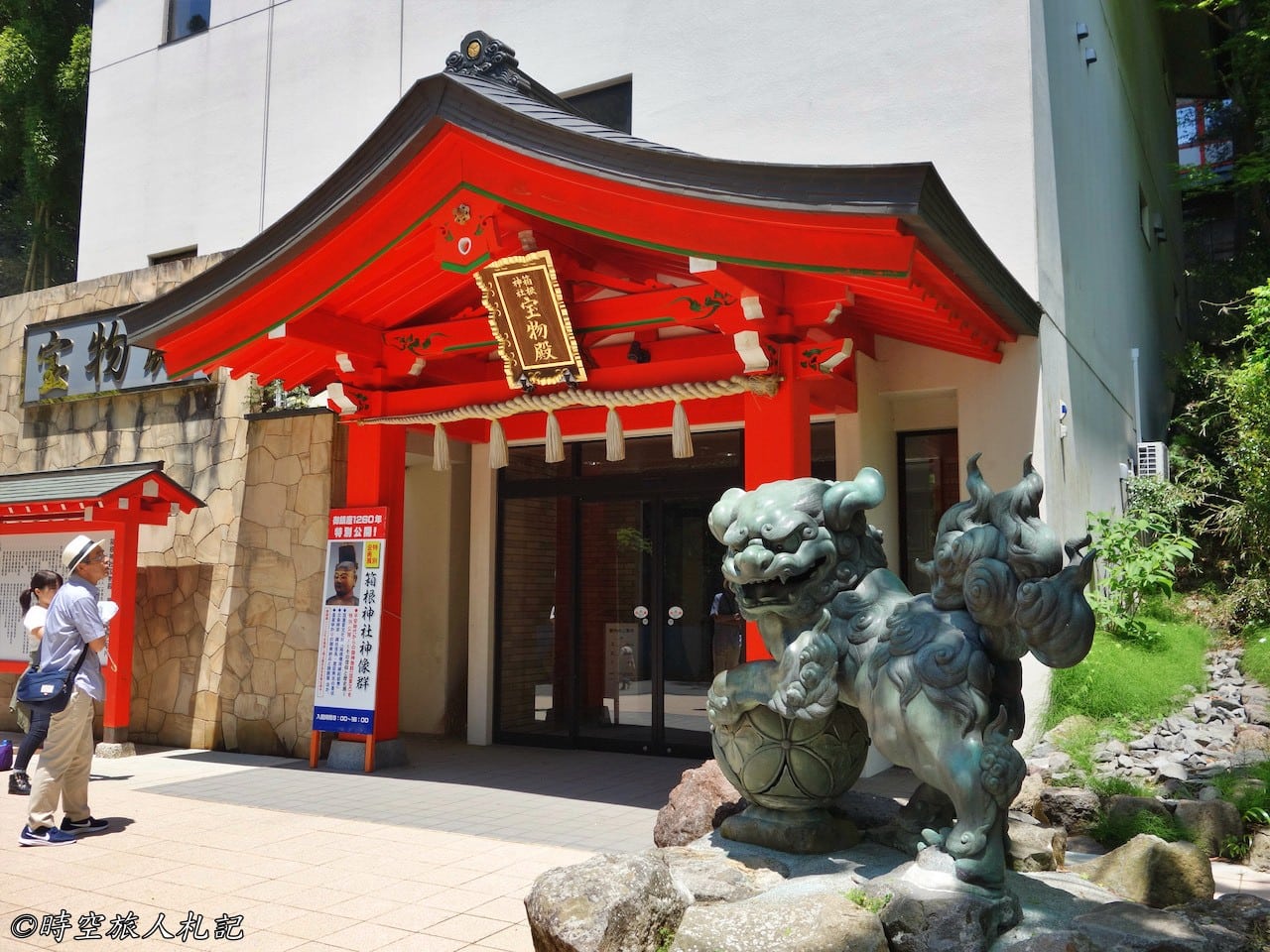
Moto-Hakone Port
Moto-Hakone Port is great for a leisurely walk by the lake. Across from it is a well-known bakery, Bakery and Table, which serves delicious bread. You can enjoy your food outside the store while soaking your feet in a foot bath, which feels incredibly comfortable, but it's hard to find a seat. If you're lucky enough to snag a spot, you can enjoy soaking your feet in the foot bath while sipping coffee and taking in the lake view.
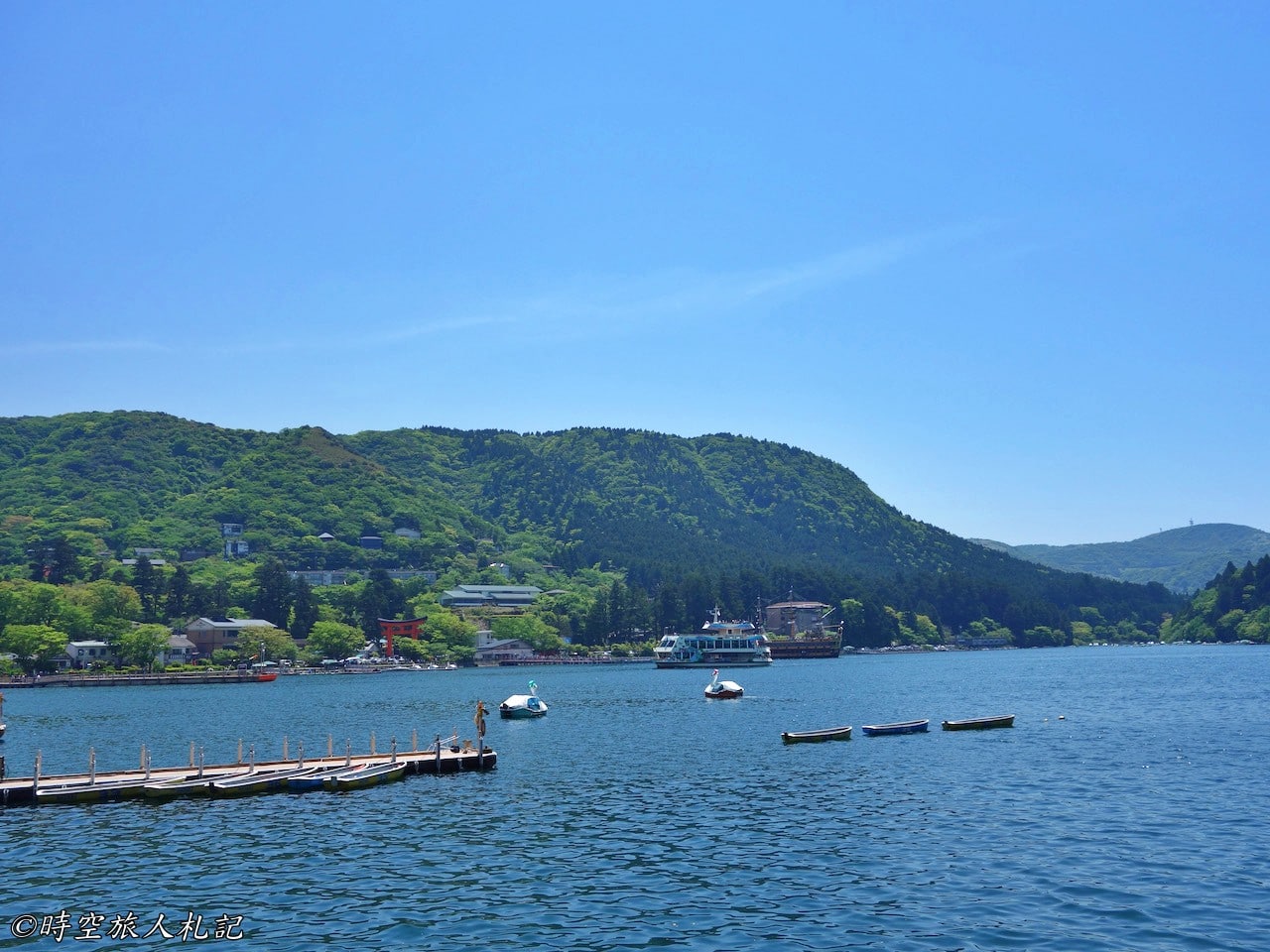
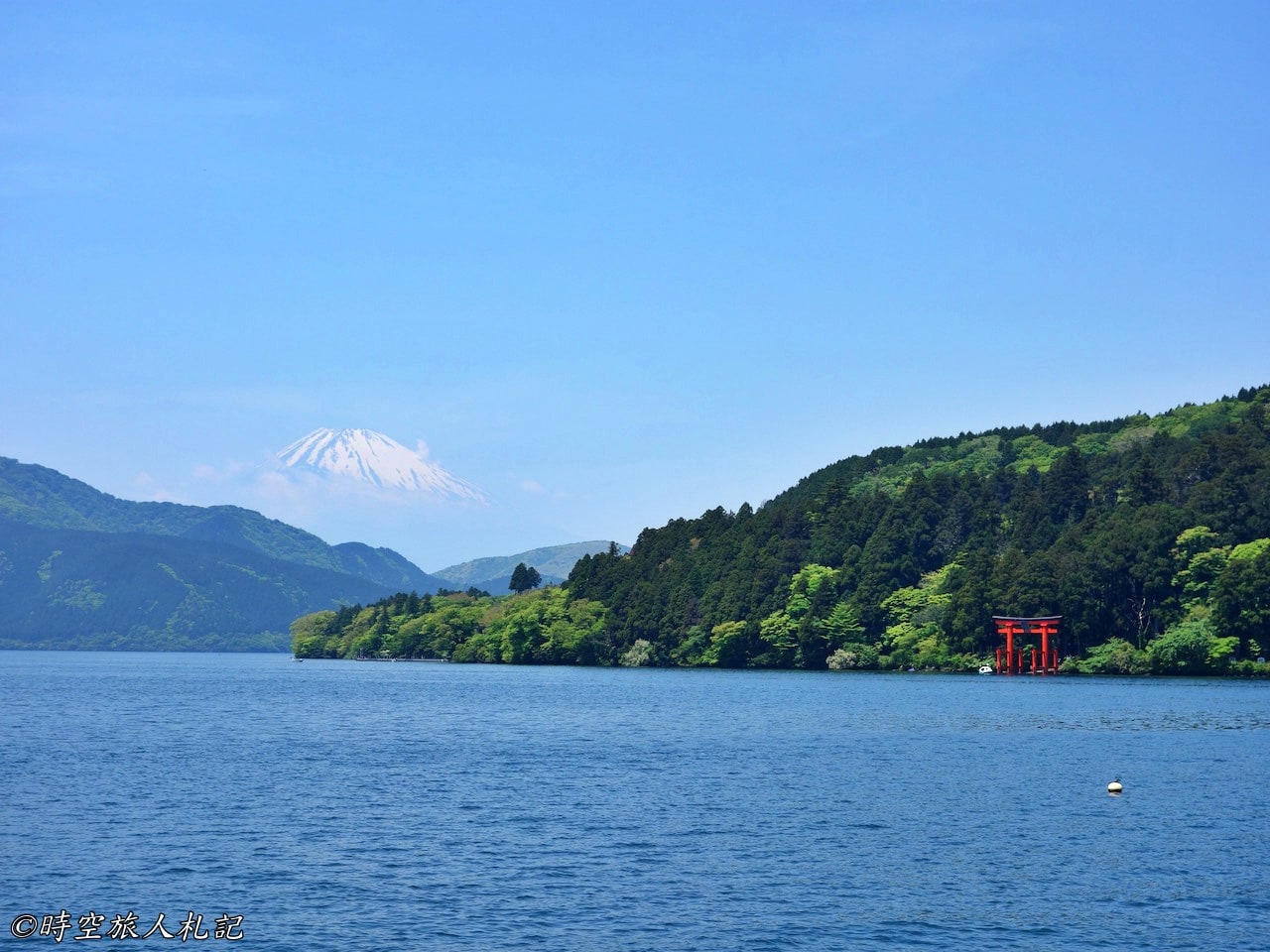
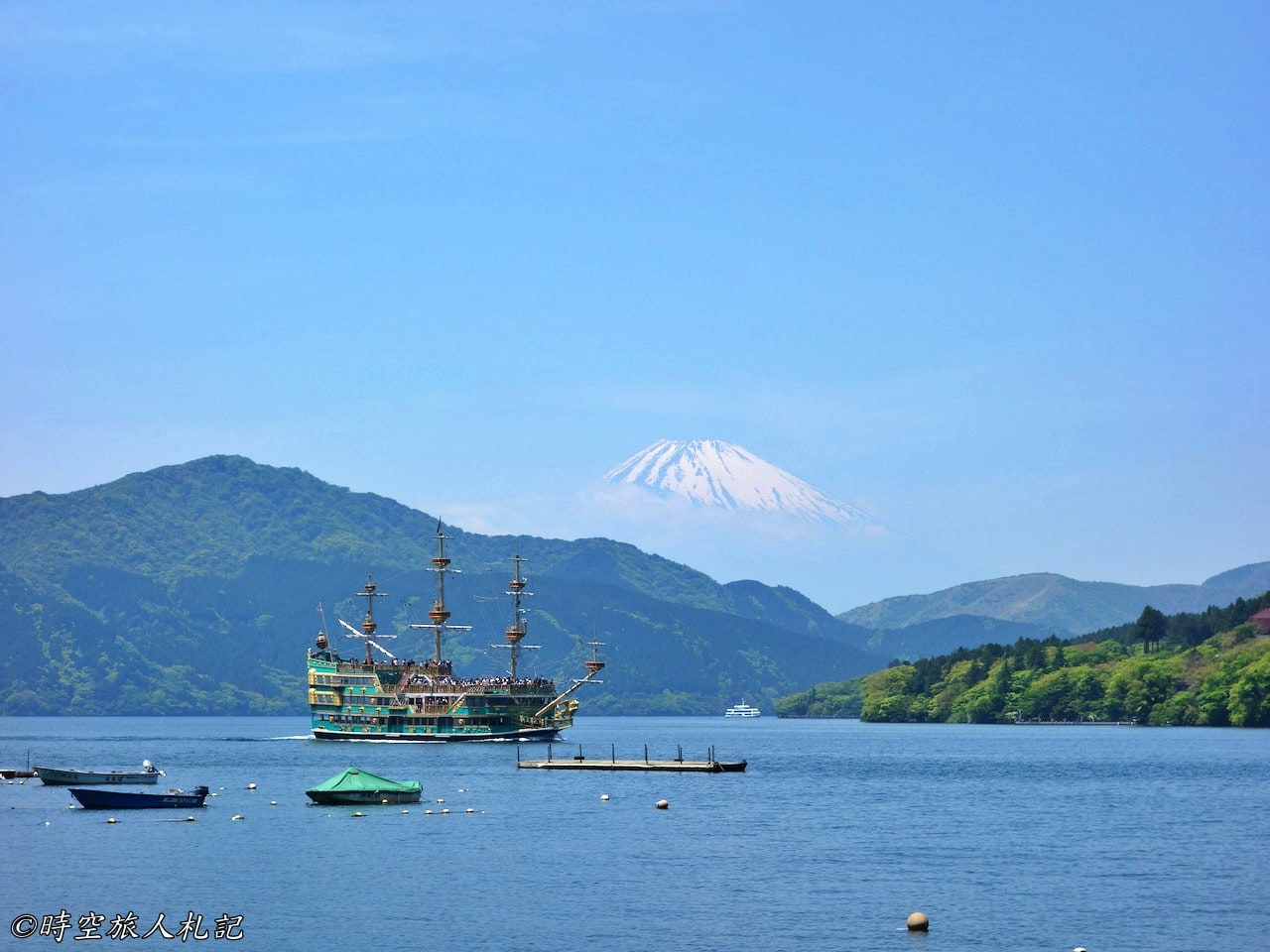
We ended up having the bread later, taking it to a pavilion near the palace. This French bread was delicious, and we devoured it in no time.
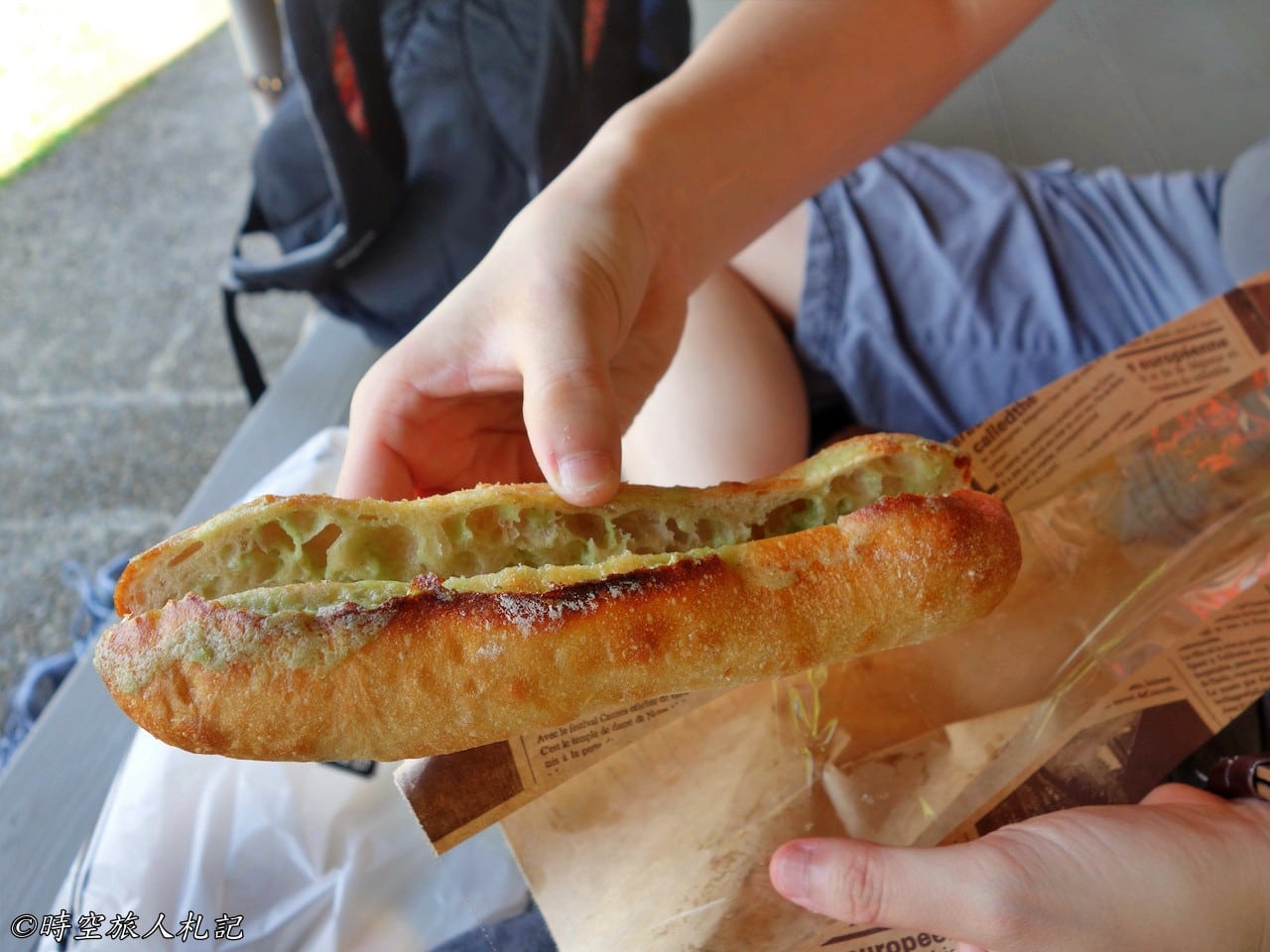
We walked along the Hakone Old Tokaido Road Cedar Avenue to the Hakone Detached Palace Garden (Onshi Hakone Park). This trail is a part of the old Tokaido Road from the Edo period, with 409 cedar trees planted to protect travelers from the wind and sun.
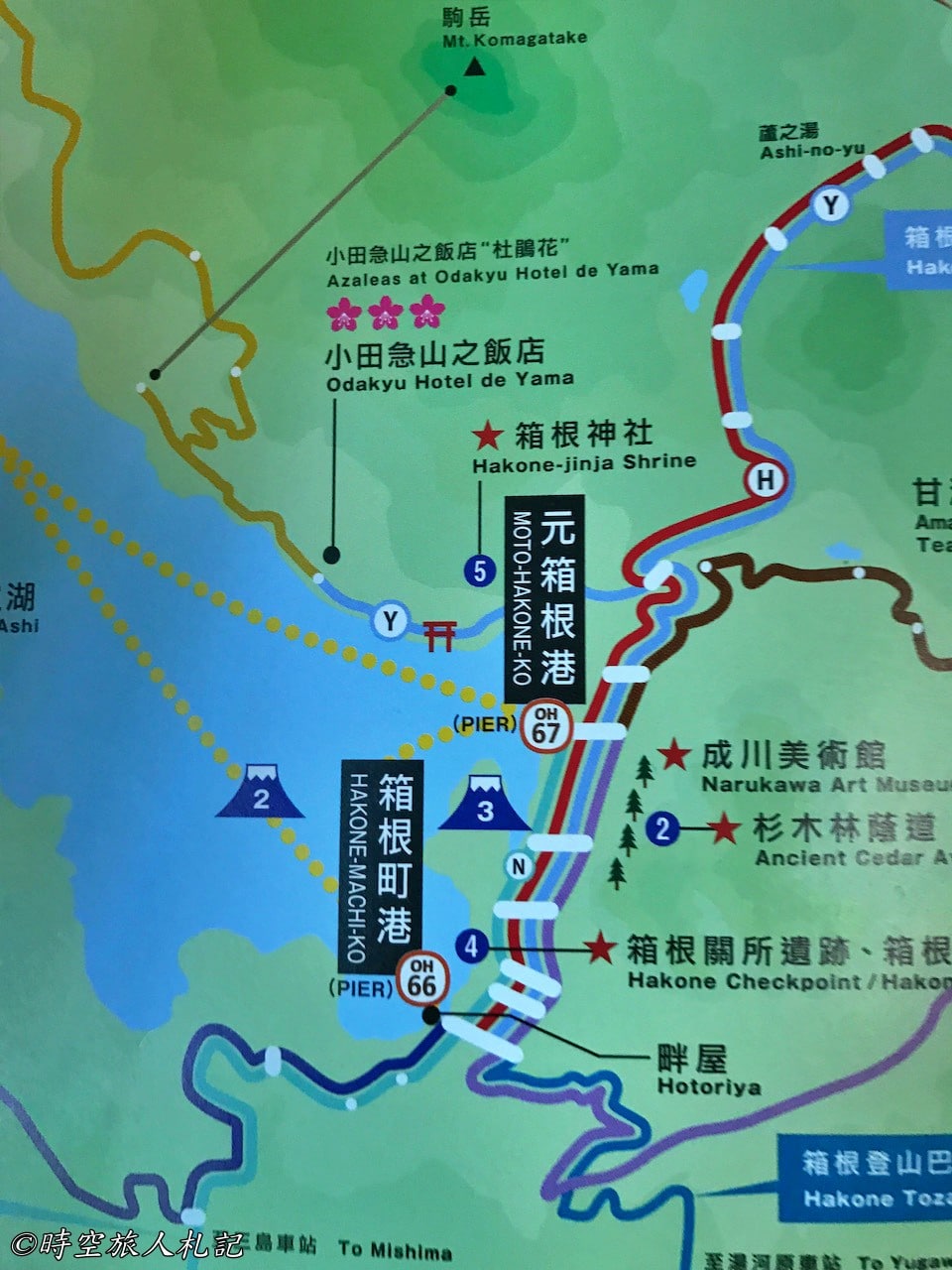
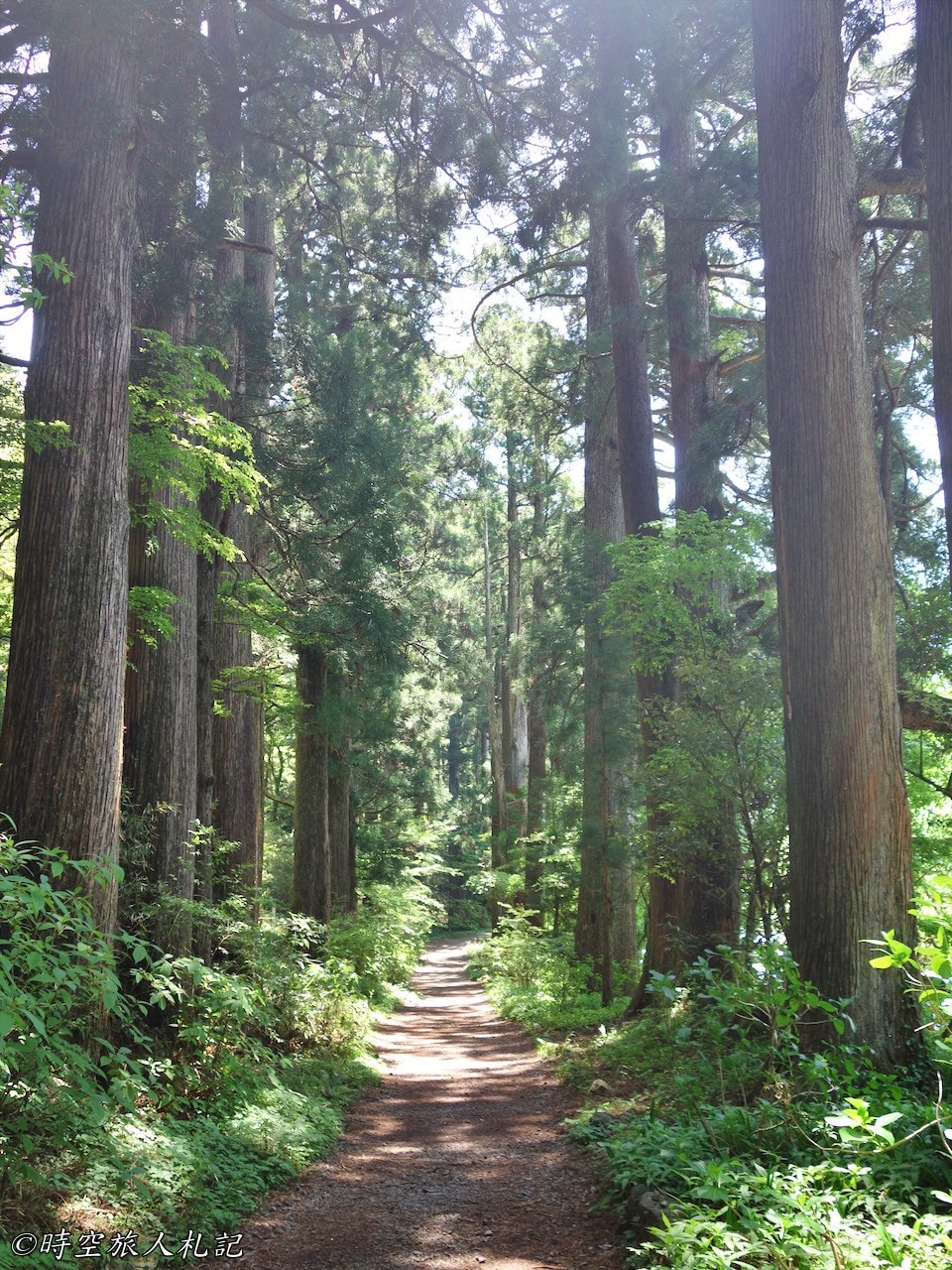
Onshi-Hakone Park
Onshi Hakone Park is located on the southern side of Lake Ashi. Originally a detached palace for Emperor Meiji, it has now been transformed into a large park. Covering an area of nearly 16 hectares, it is suitable for hiking and enjoying nature. Important attractions within the park include the Lakeside Observatory (the former Imperial Villa), Hakone Checkpoint, and more.
Lakeside Observatory
Entering from the central gate and following the trail upwards as indicated, you can reach the Lakeside Observatory. Inside the observatory, there are exhibits displaying information about the history of the detached palace. On the second floor, there is a café where you can sit and enjoy a coffee while overlooking the scenic views of Lake Ashi.
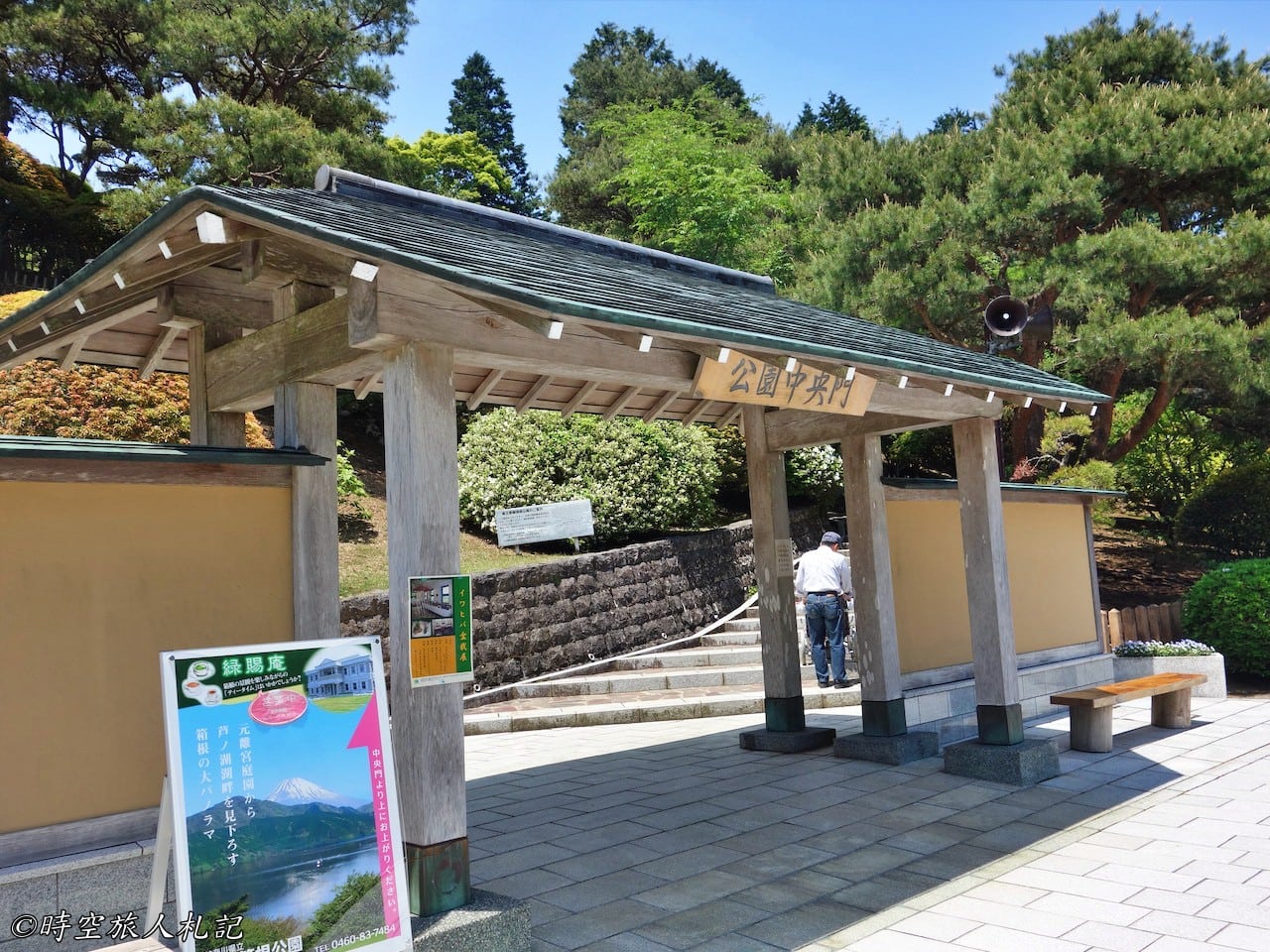
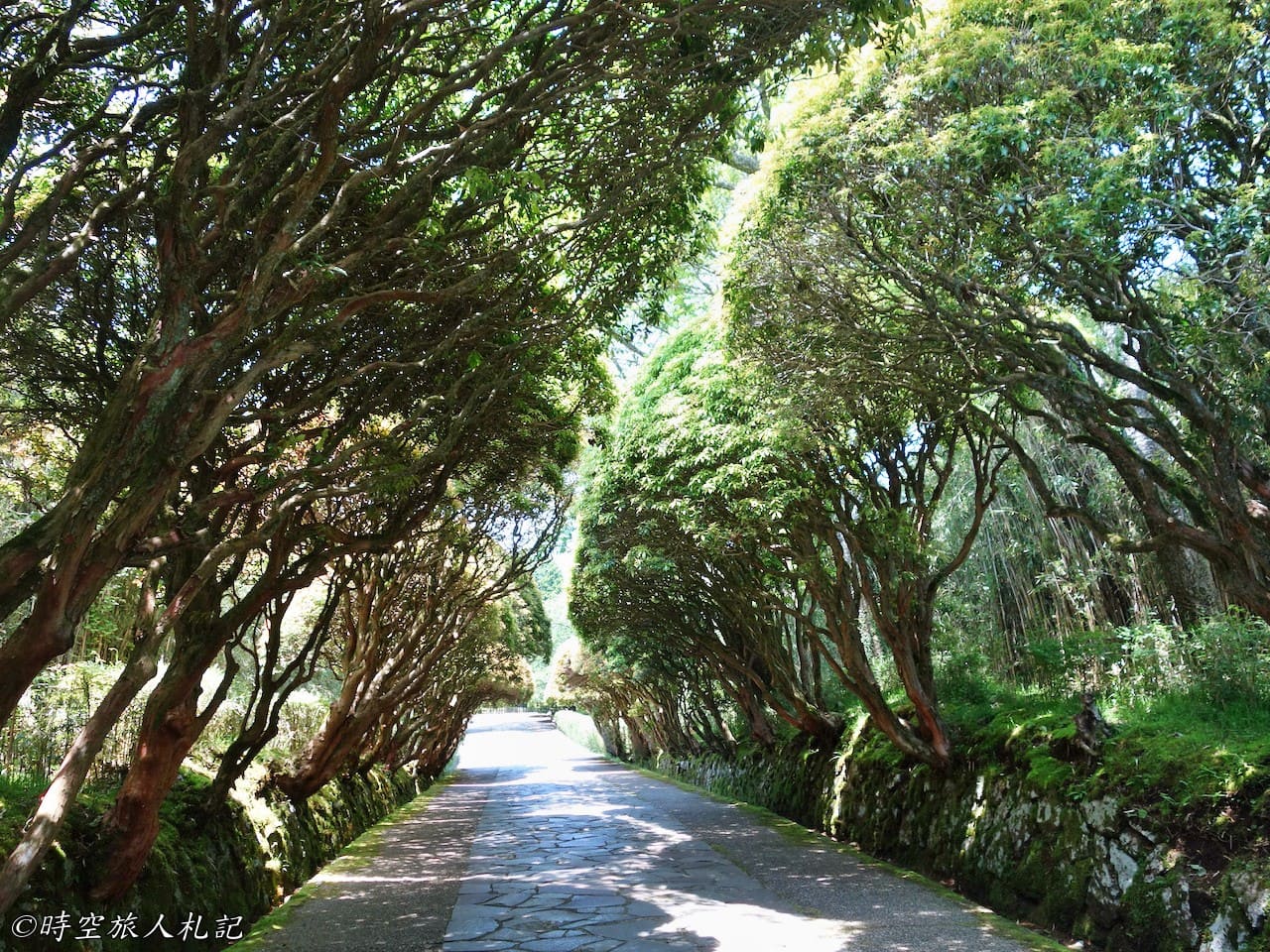

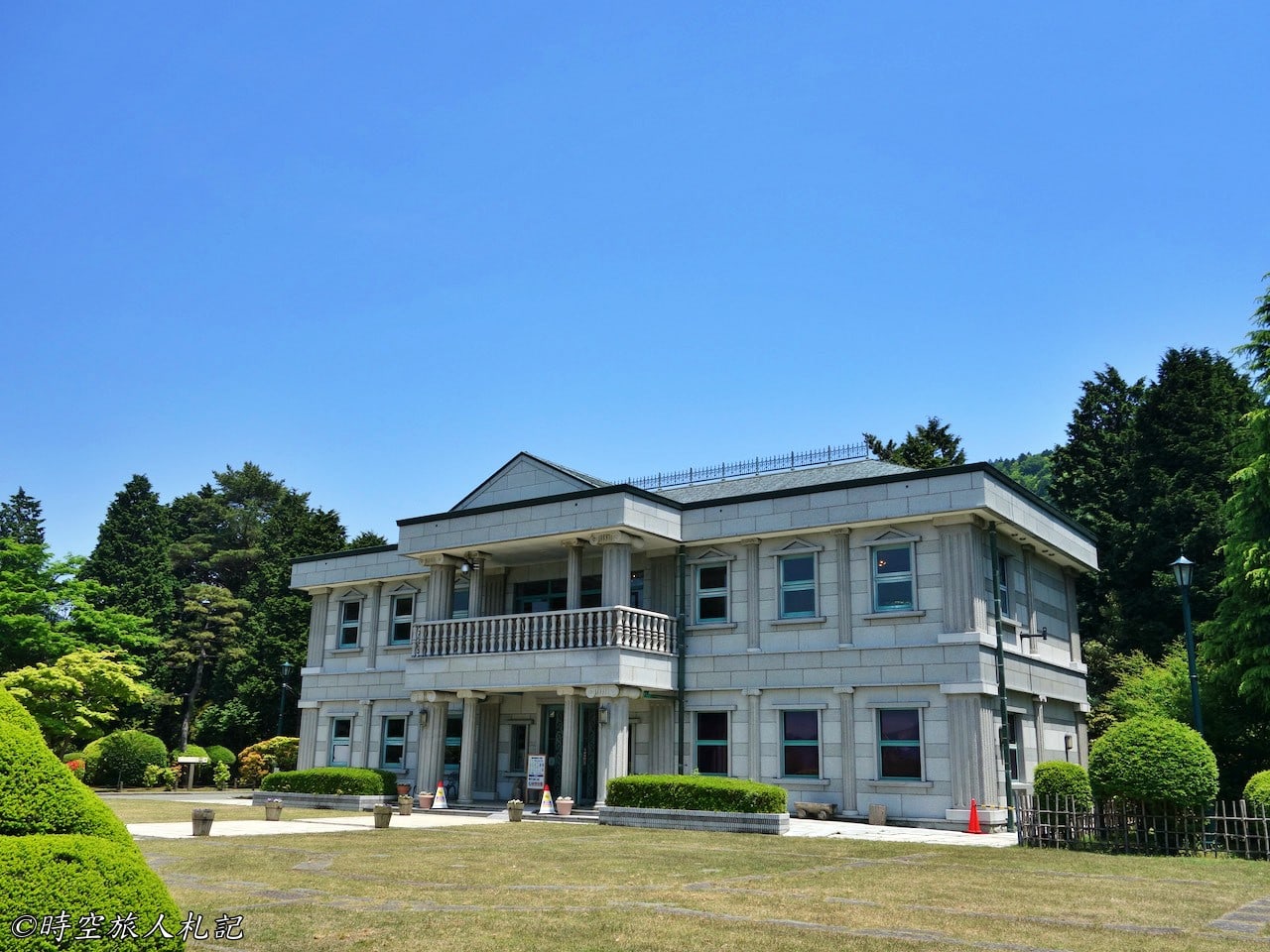
For viewing the scenery, I actually prefer the large pavilion to the right of the observatory. Many Japanese people can be found lounging there, having picnics while looking out at Lake Ashi and Mount Fuji. We brought along the bread we bought from the renowned lakeside shop, Bakery and Table, before heading up the mountain and rested here as well.
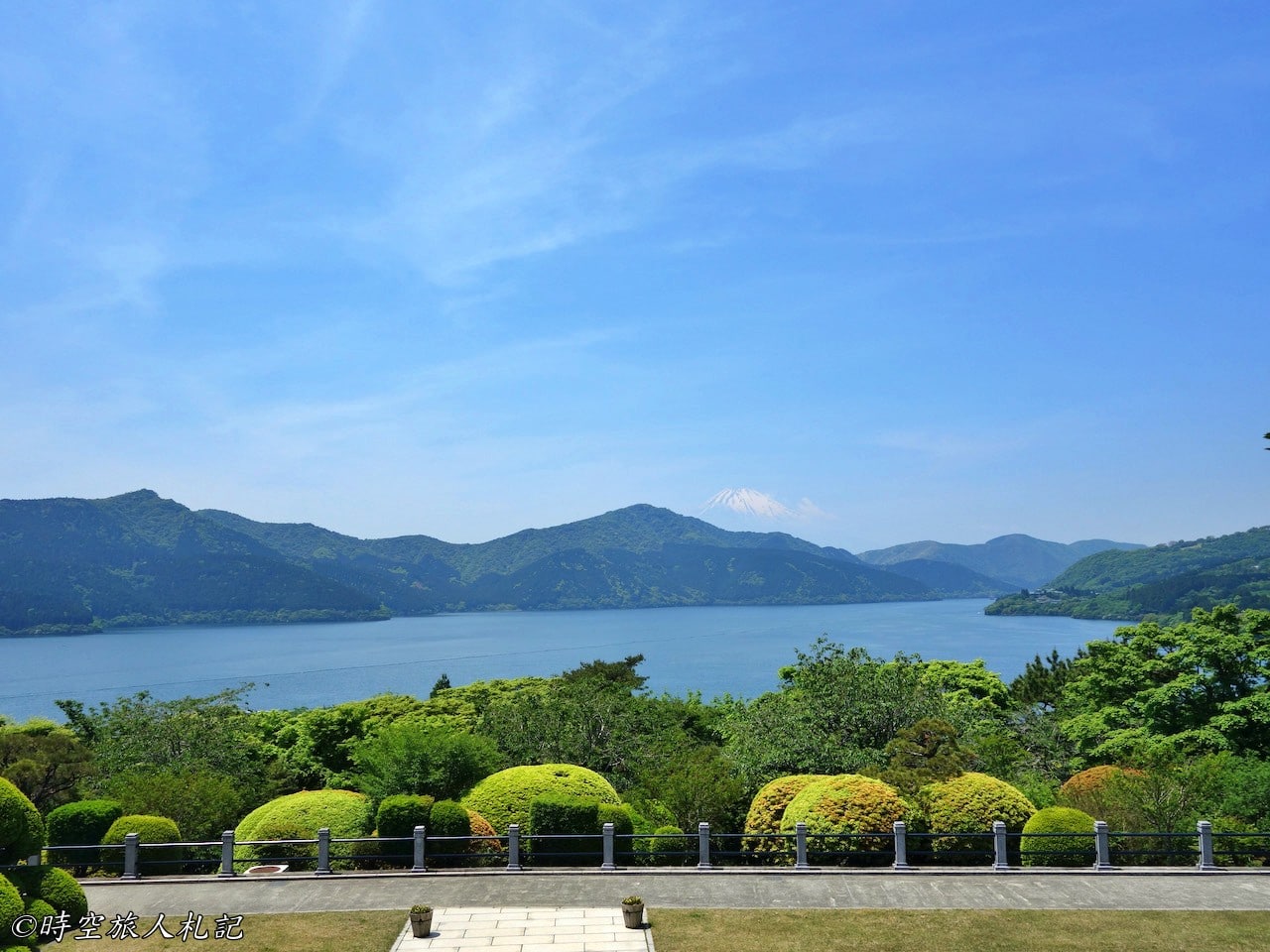
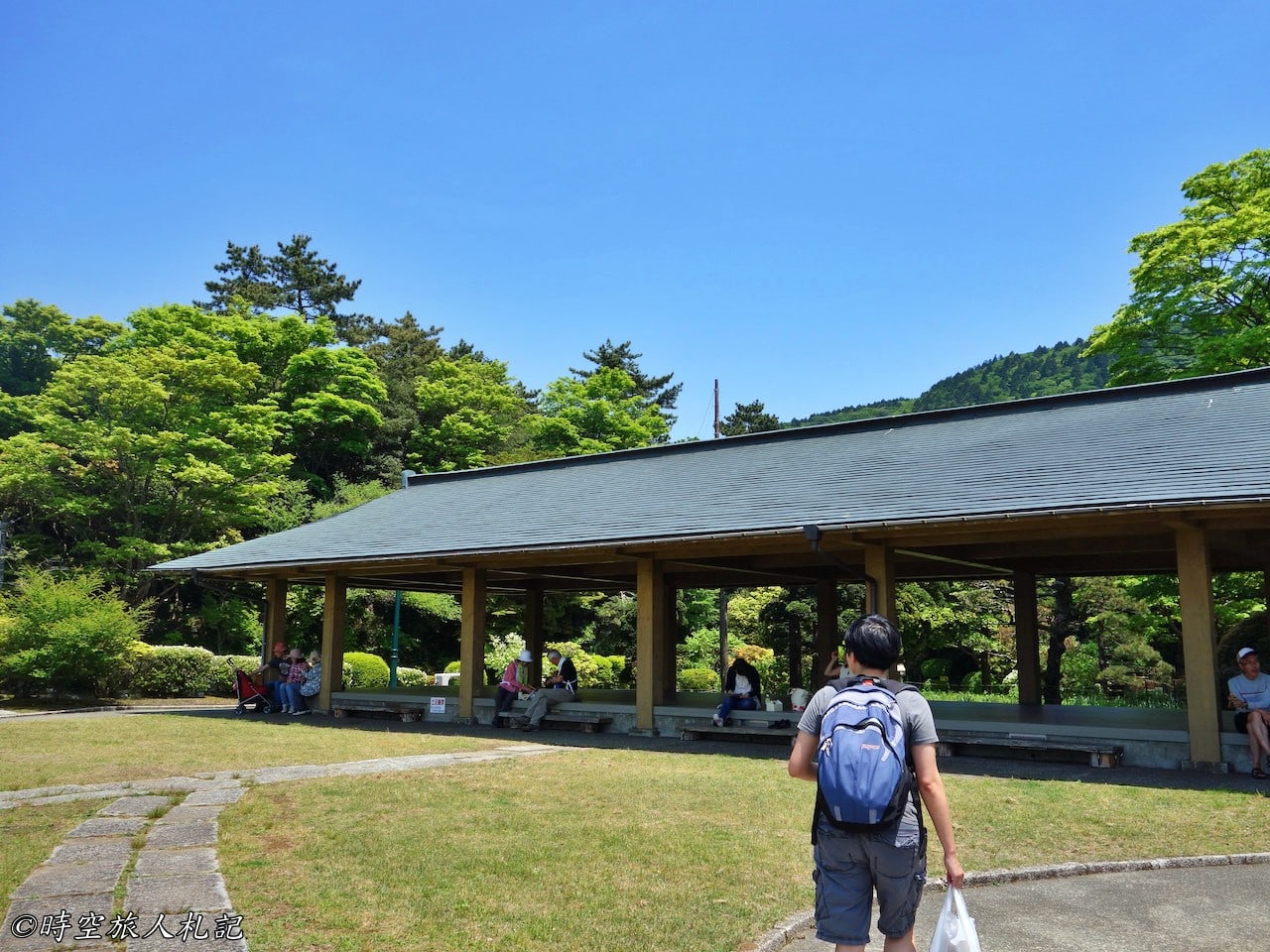
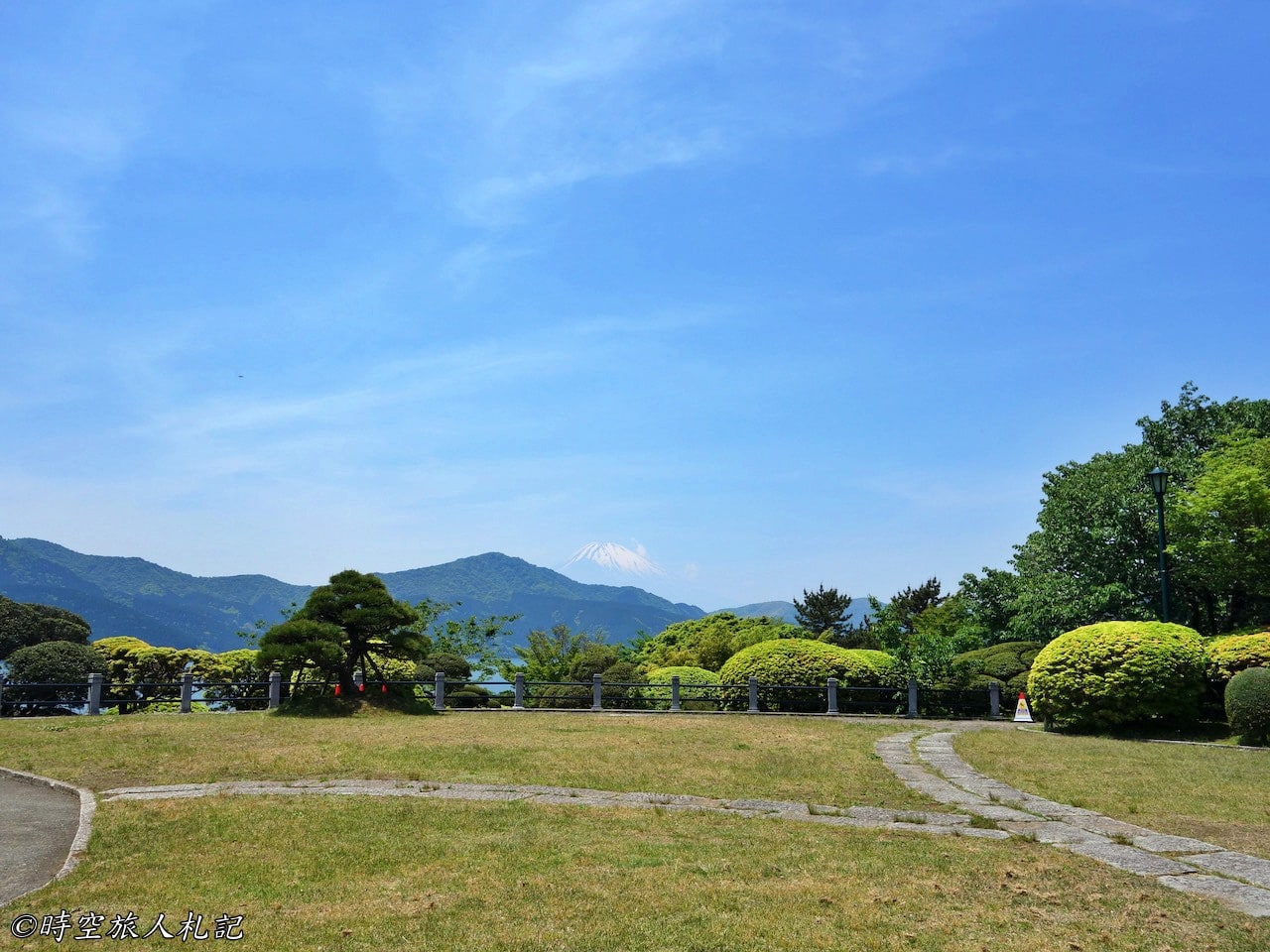
Hakone Checkpoint
Descending from the mountain, you can reach the Hakone Checkpoint in the southwest corner. The Hakone Checkpoint is a historical site, originally established by the Tokugawa shogunate during the Edo period to prevent daimyo rebellion, with laws restricting the movement of people and requiring strict inspections for those passing through. Entering it feels as though you've stepped back into the streets of the Edo period, with the surrounding buildings and interiors deliberately restored to reflect the era, complete with life-sized figures depicting the scene at the checkpoint during the Edo period. A ticket is required for a close-up visit, offering a deeper understanding of the history of the Hakone Checkpoint. However, it's also possible to pass through the middle of the street without a ticket, which allows for a general glimpse inside. Nearby, there is also a free Hakone Checkpoint Museum to visit.
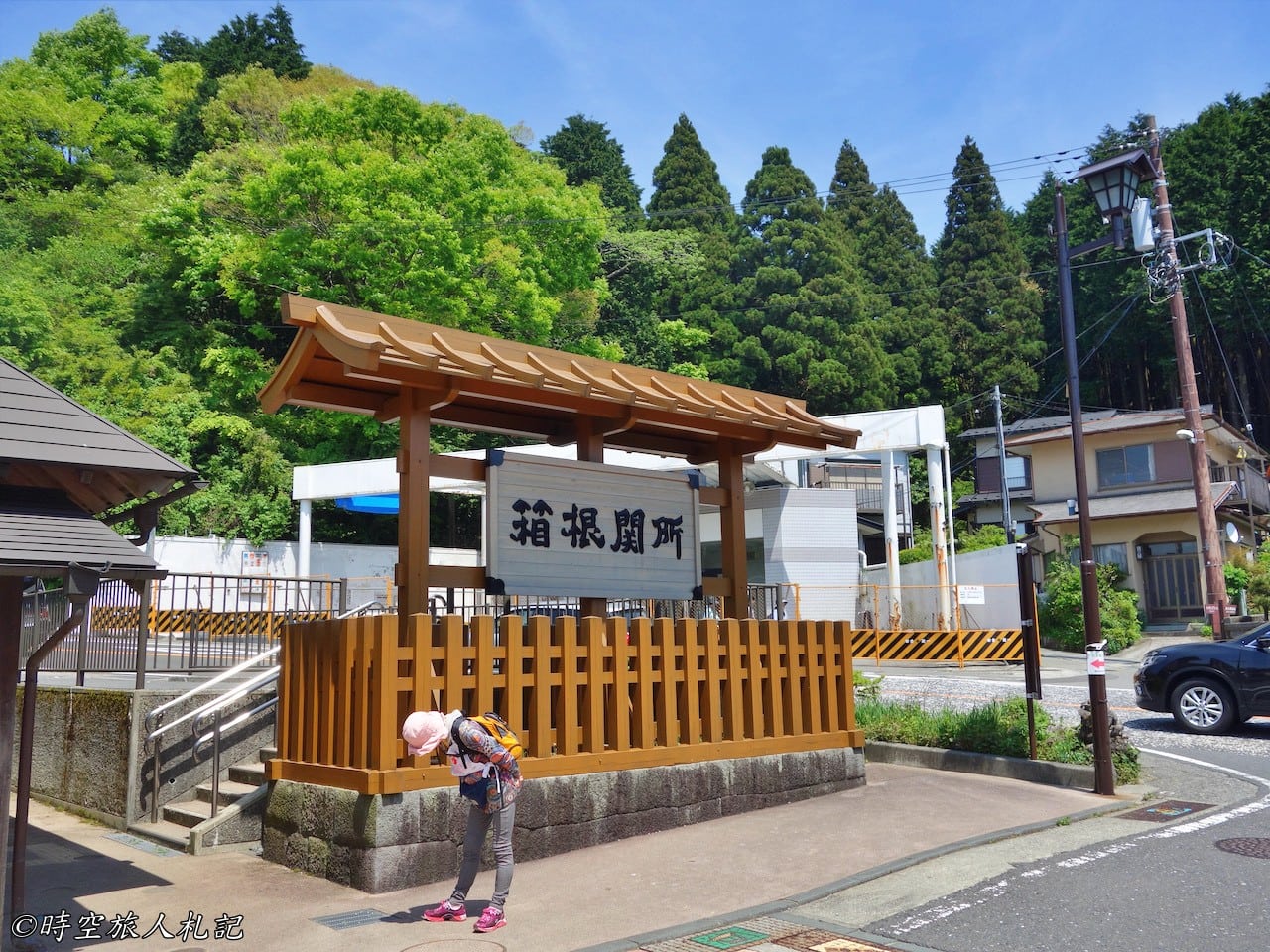


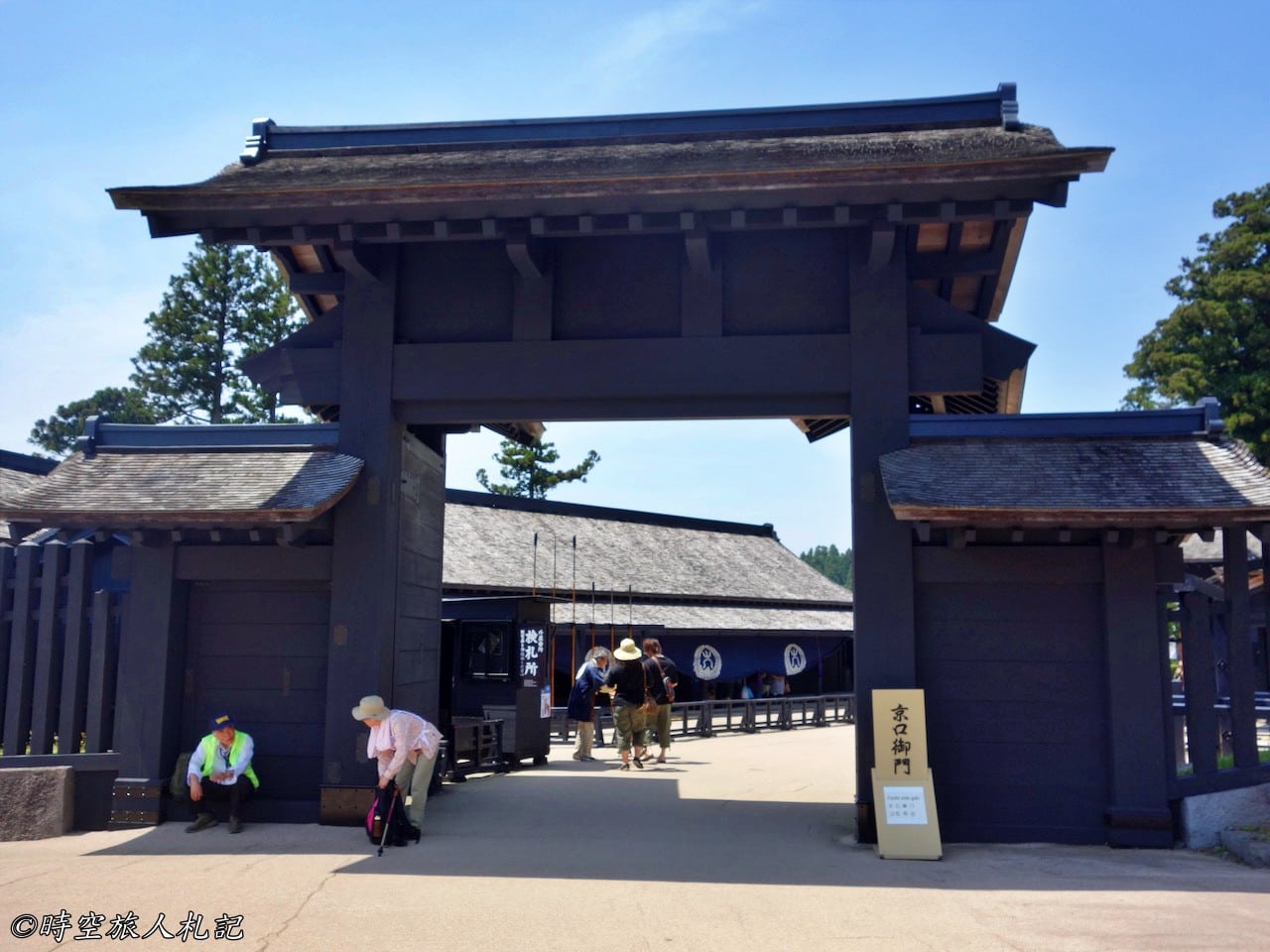
Lake Ashi
Starting from Onshi Hakone Park and following the lakeside trail towards Hakone-machi Port, the highlight here is taking a ride on the pirate ship across Lake Ashi, with Togendai as the destination. This is also included in the pass package. The weather was good that day, and Mount Fuji was clearly visible for most of the time.
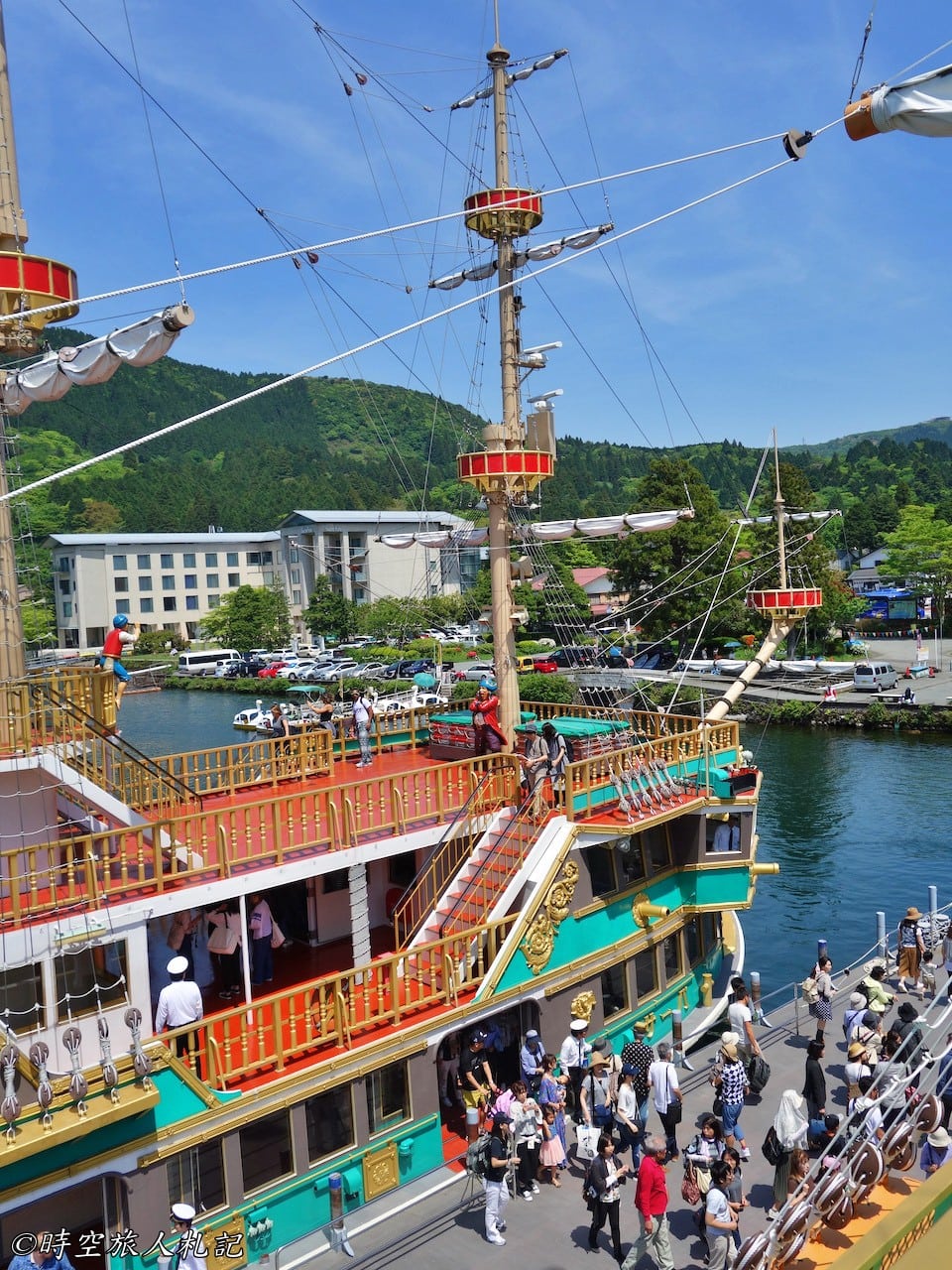


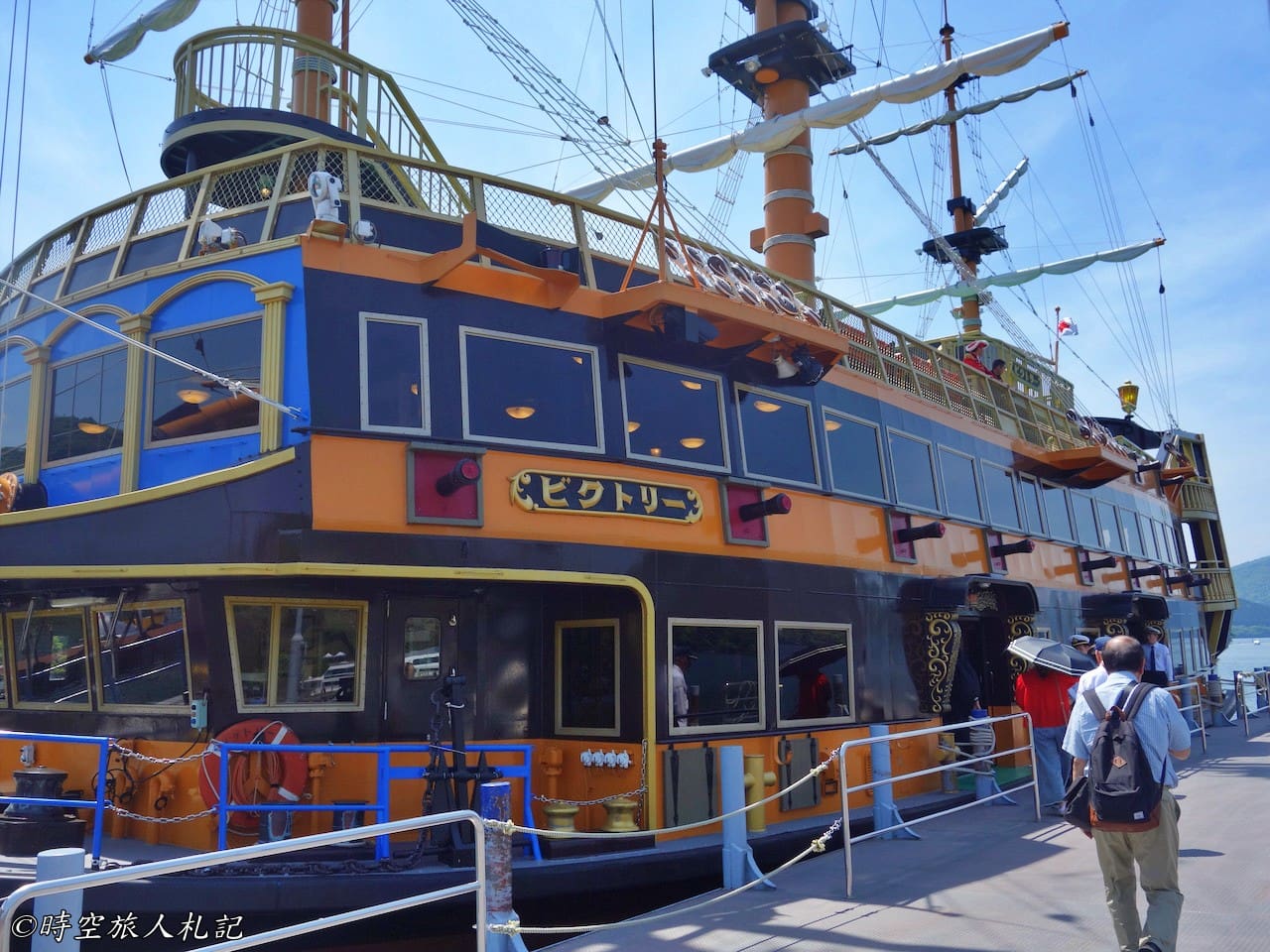

Halfway through the boat ride, you can spot a small shrine by the lakeside. This area is actually around where we initially visited Hakone Shrine.
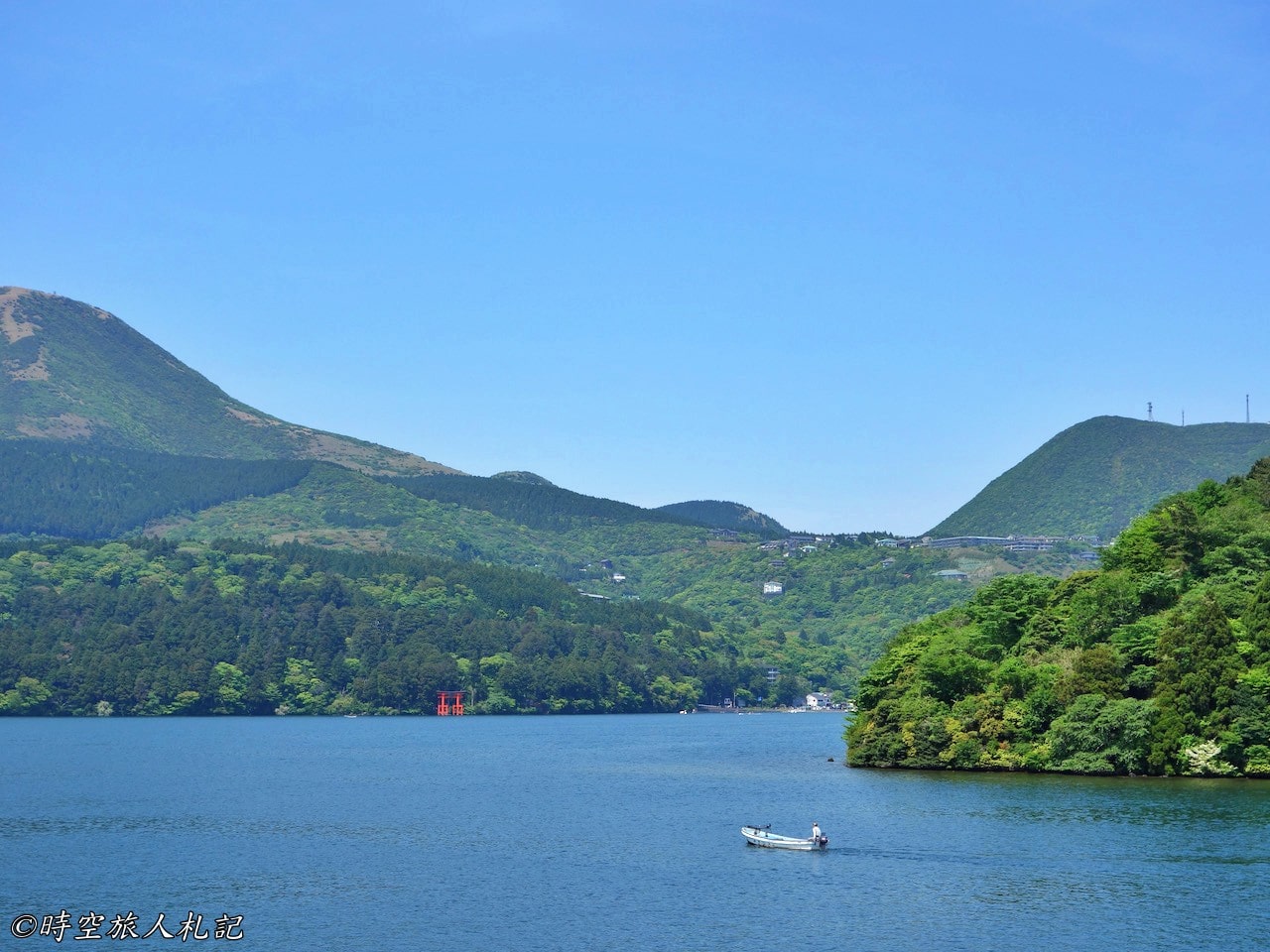


Togendai Port | Cable Car Ride
After arriving at Togendai Port by boat, to get to the next destination, Owakudani, you must take a cable car. Riding the cable car offers a different kind of scenery. If the weather is good, you can see Mount Fuji feeling even closer. Get off at Owakudani Station, and just follow the crowd.
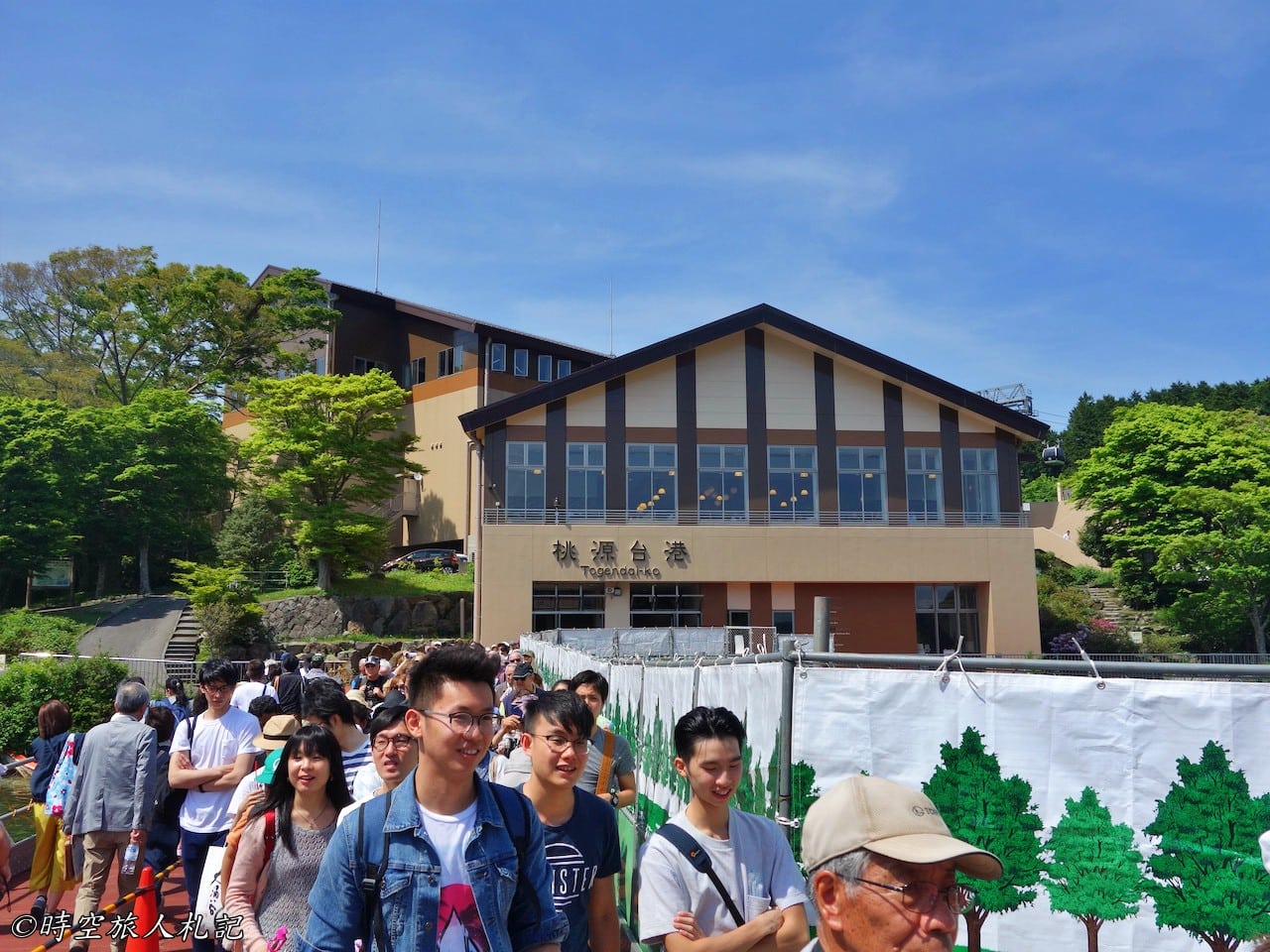
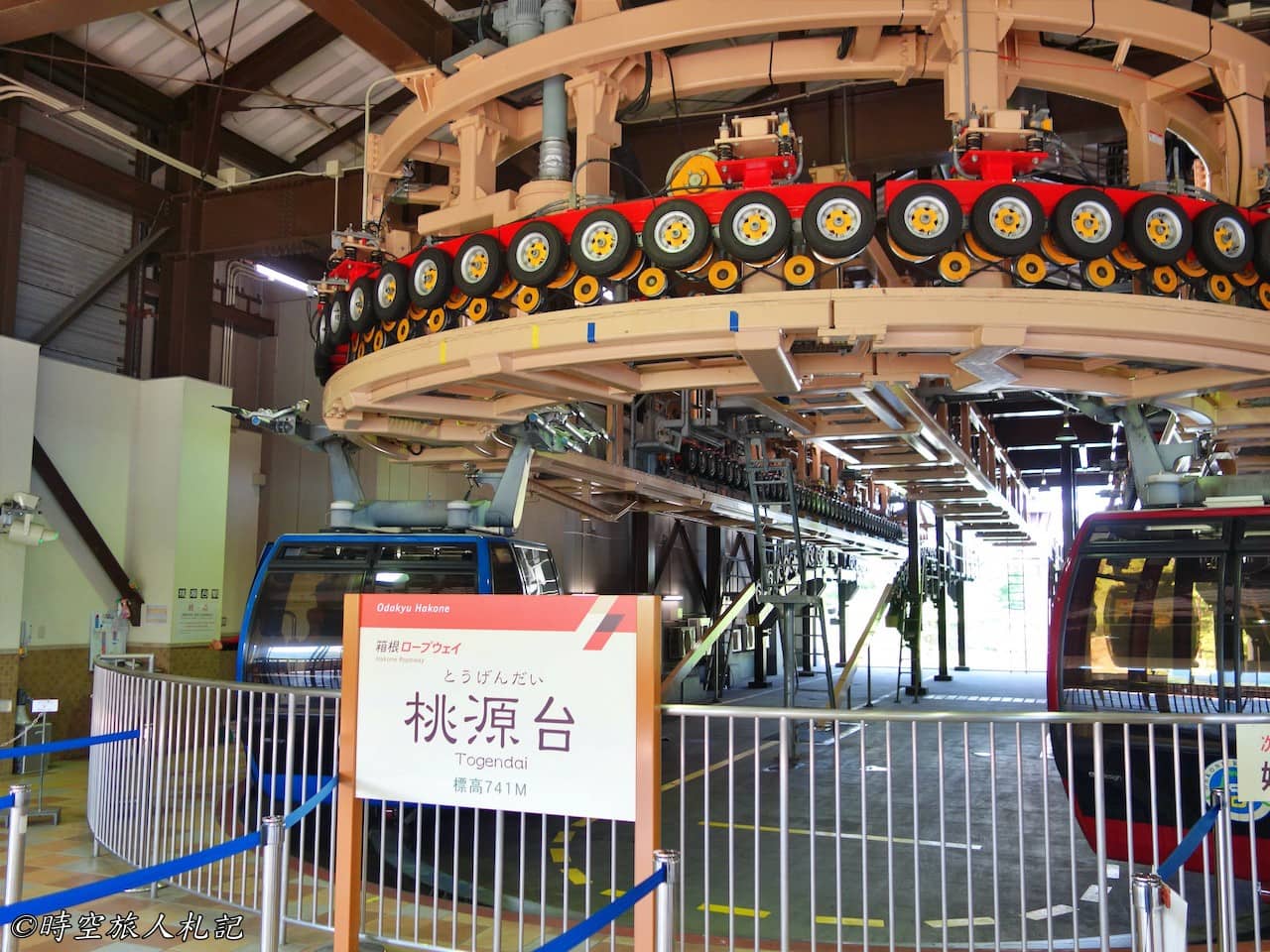
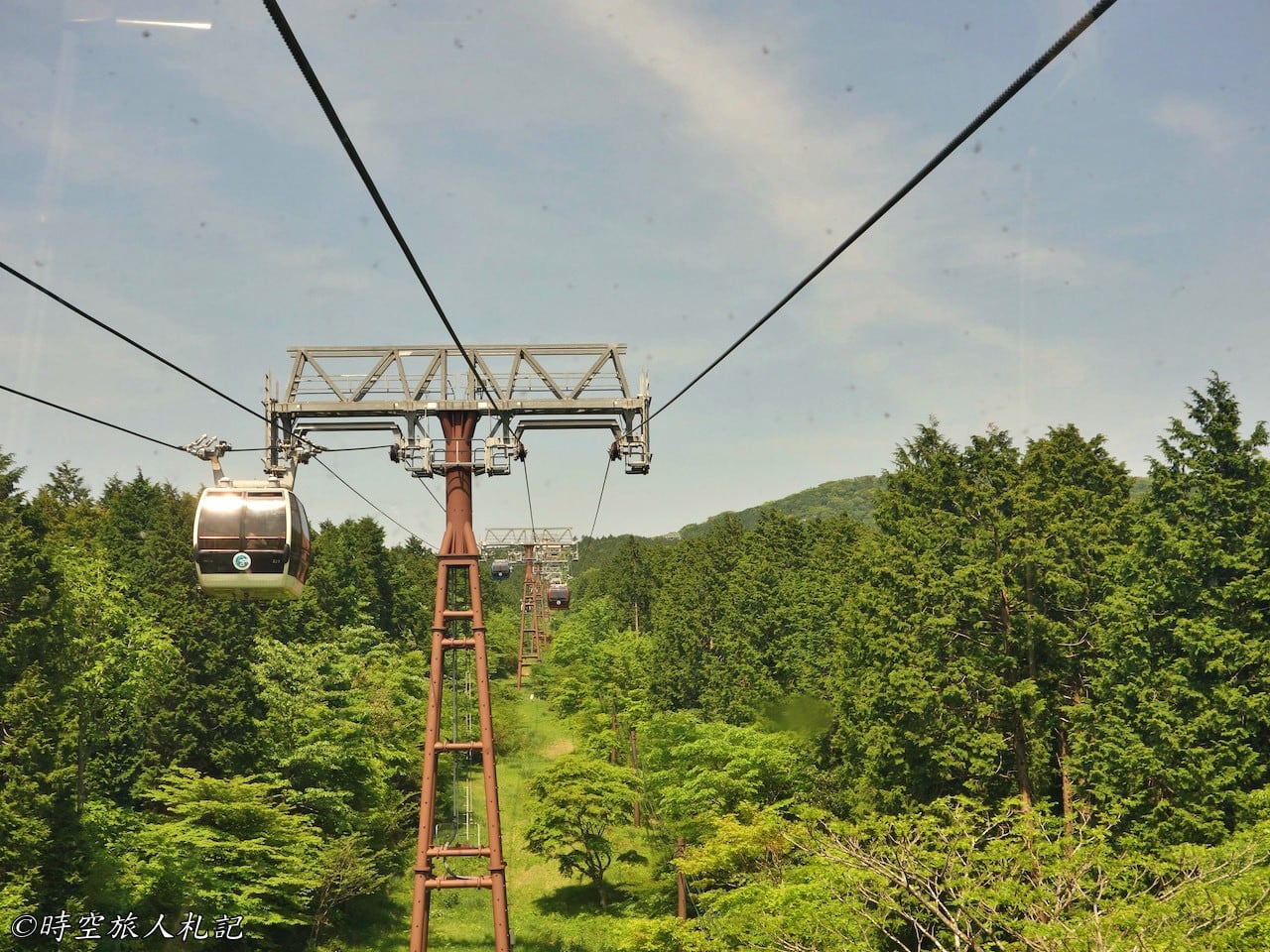

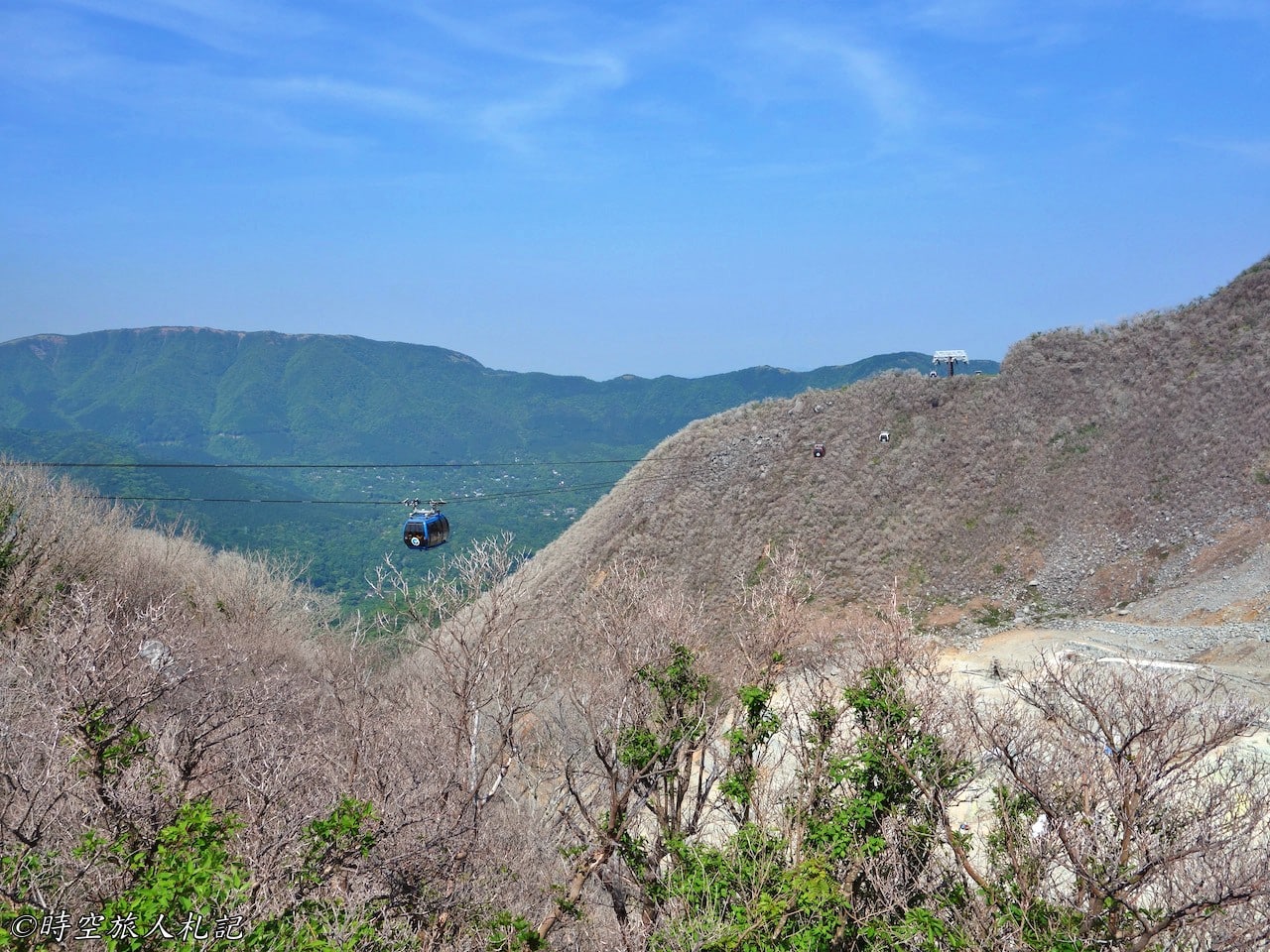
Owakudani
Mt. Hakone
Owakudani is the site of a crater created during the last eruption of Mount Hakone, where geothermal activity still causes steam and sulfuric gases to be emitted, giving the area a strong sulfur smell that can be clearly observed from high places. Owakudani may be closed to visitors during periods of heightened volcanic activity.
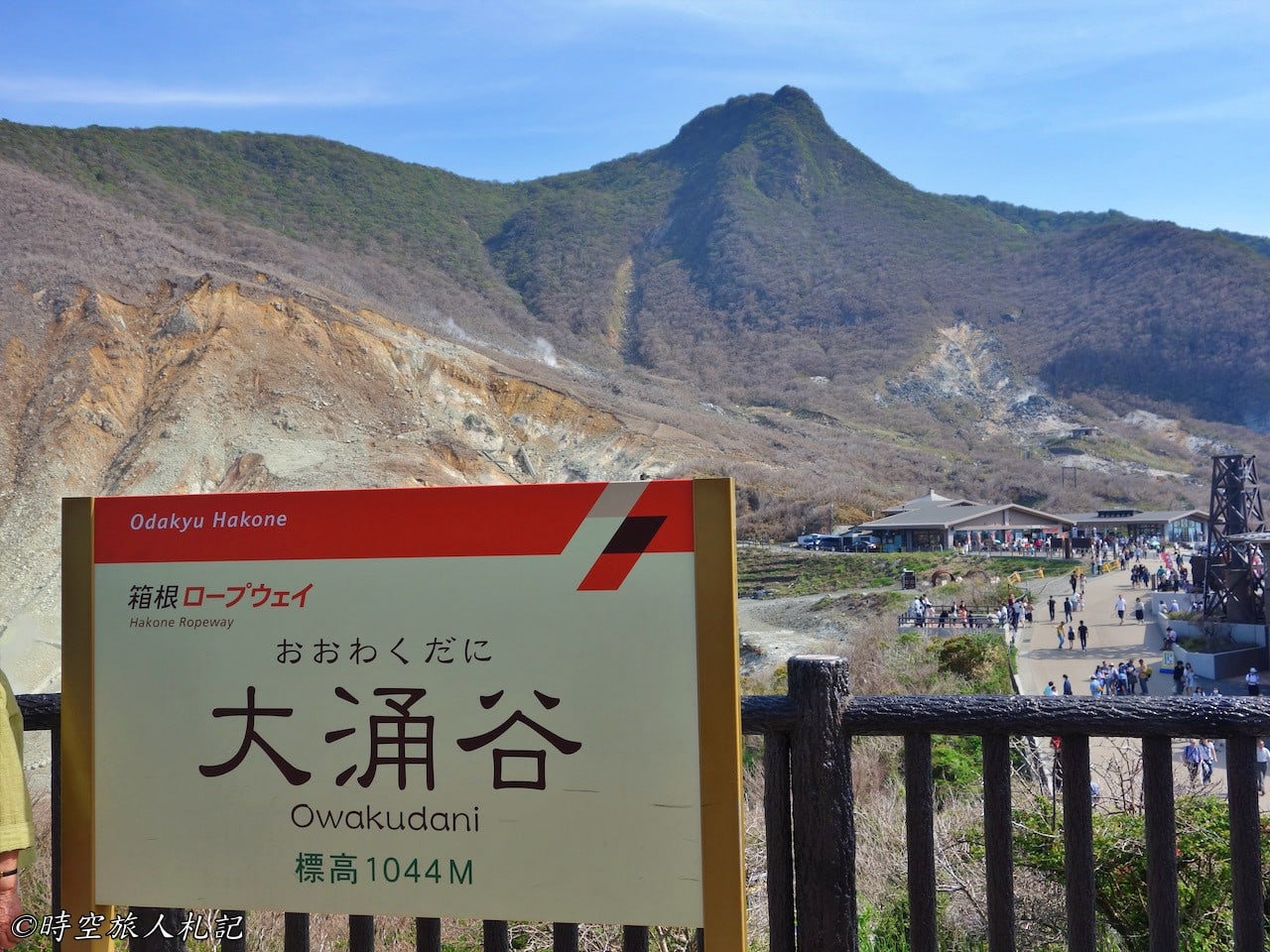
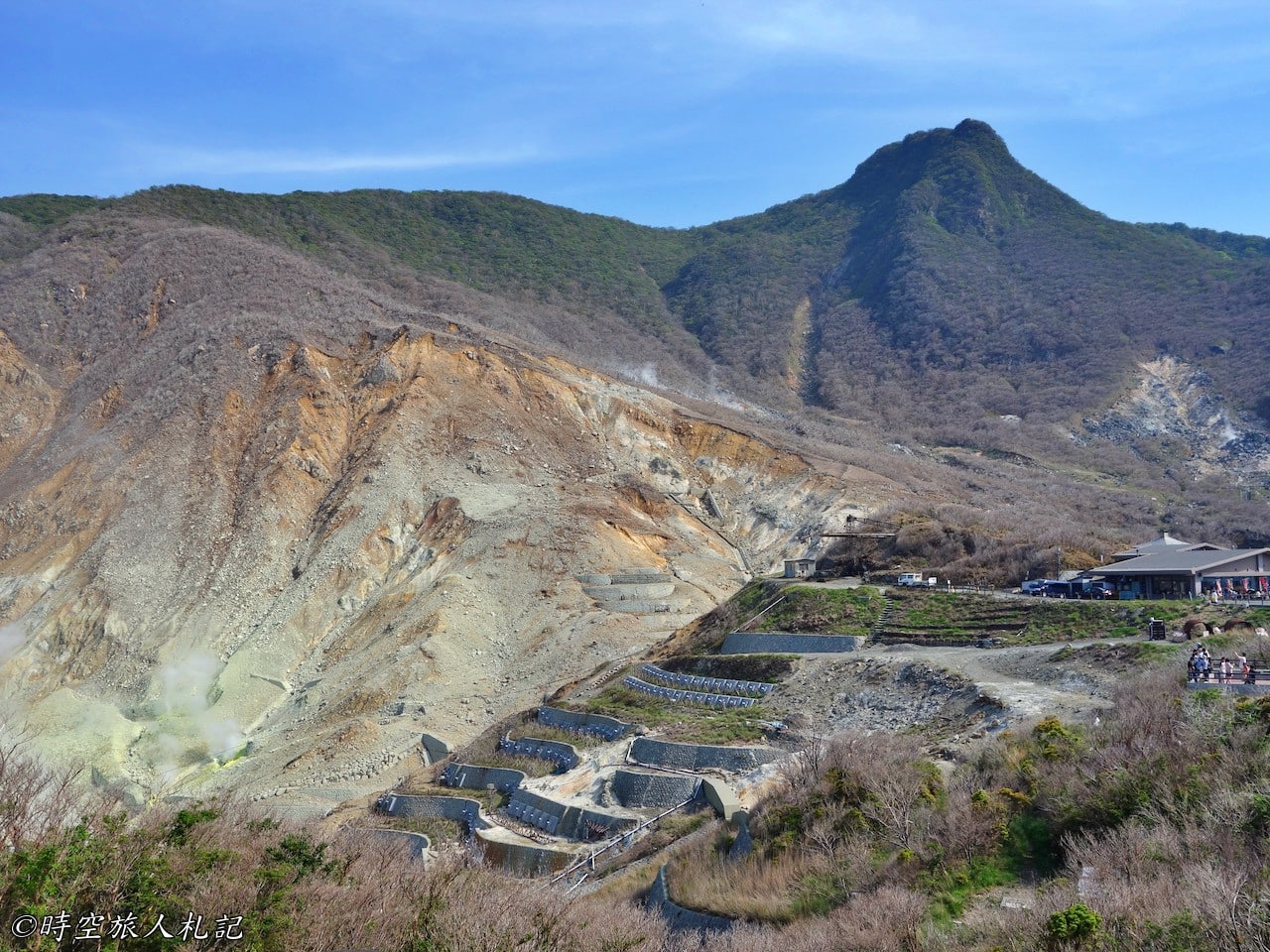
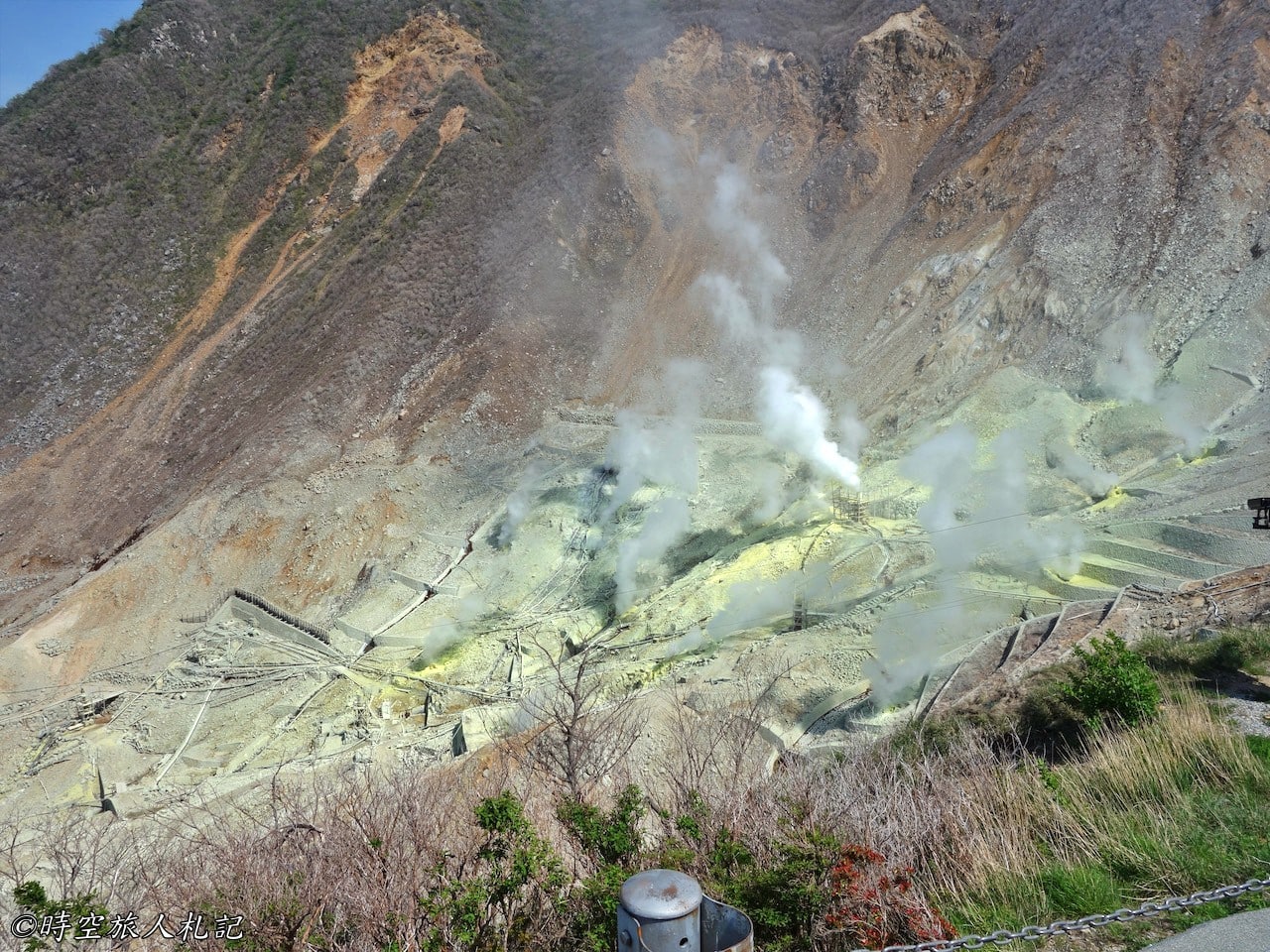
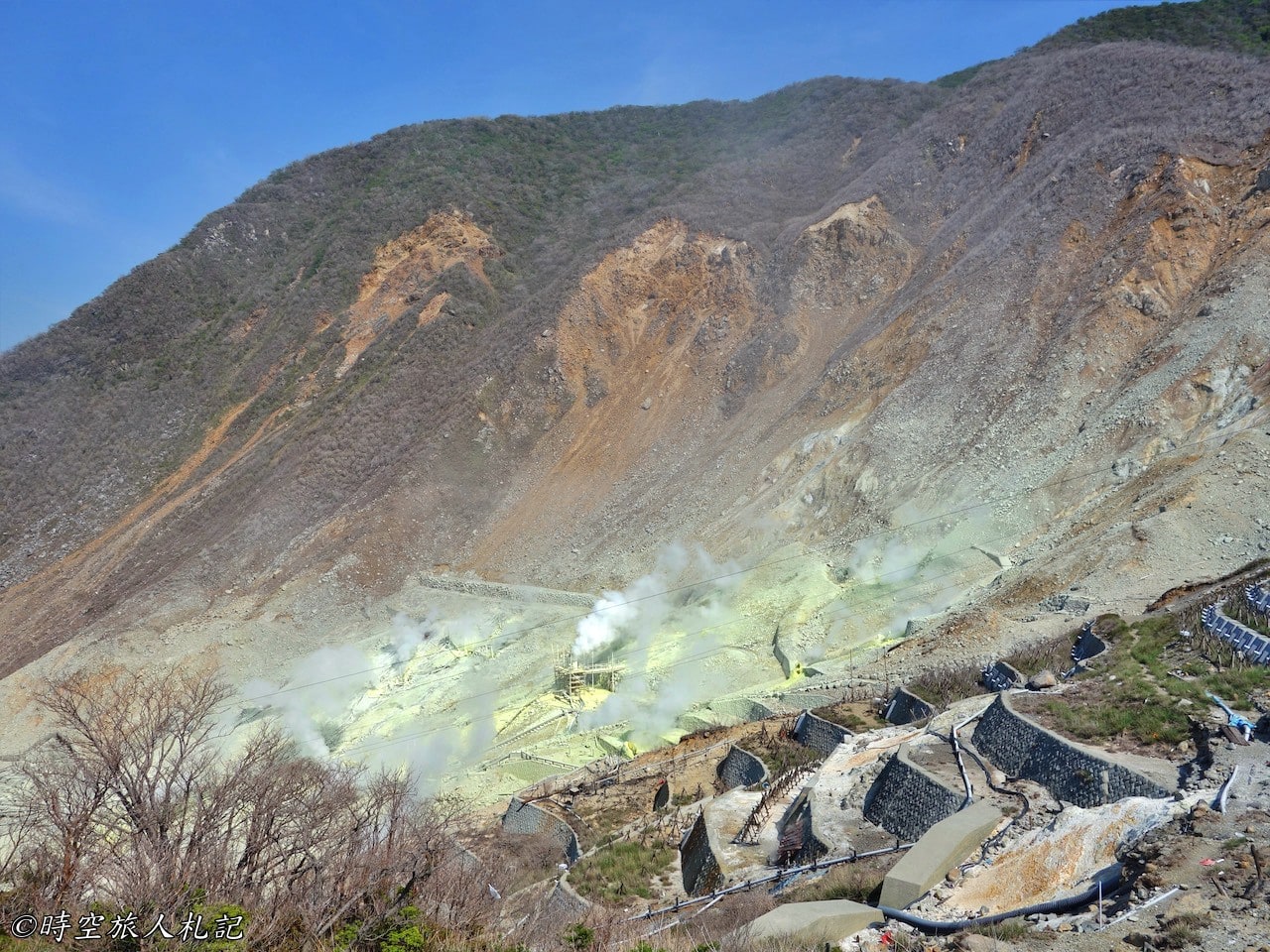
Kurotamago Tea House
Owakudani's specialty is black eggs boiled in the sulfuric hot springs, which are a symbol of the area. The hot spring black eggs of Owakudani are a must-try delicacy, and as a tourist, you definitely shouldn't miss them. The eggshells turn black due to being boiled in the sulfurous spring water. It is said that eating one can extend your life by seven years, so everyone wants to try them. They are sold in bags of five. Inside, they look like ordinary boiled eggs, with a slight smell of carbonated spring water, and they taste no different, usually eaten with a bit of salt attached.
At the Kuro-Tamago (Black Egg) Tea House, there are actually several entrances where you can buy black eggs. When we visited, the window with the longest queue was the one selling ice cream, probably because the weather was hot. If you only want to buy black eggs, you can go inside the souvenir shop to purchase them.
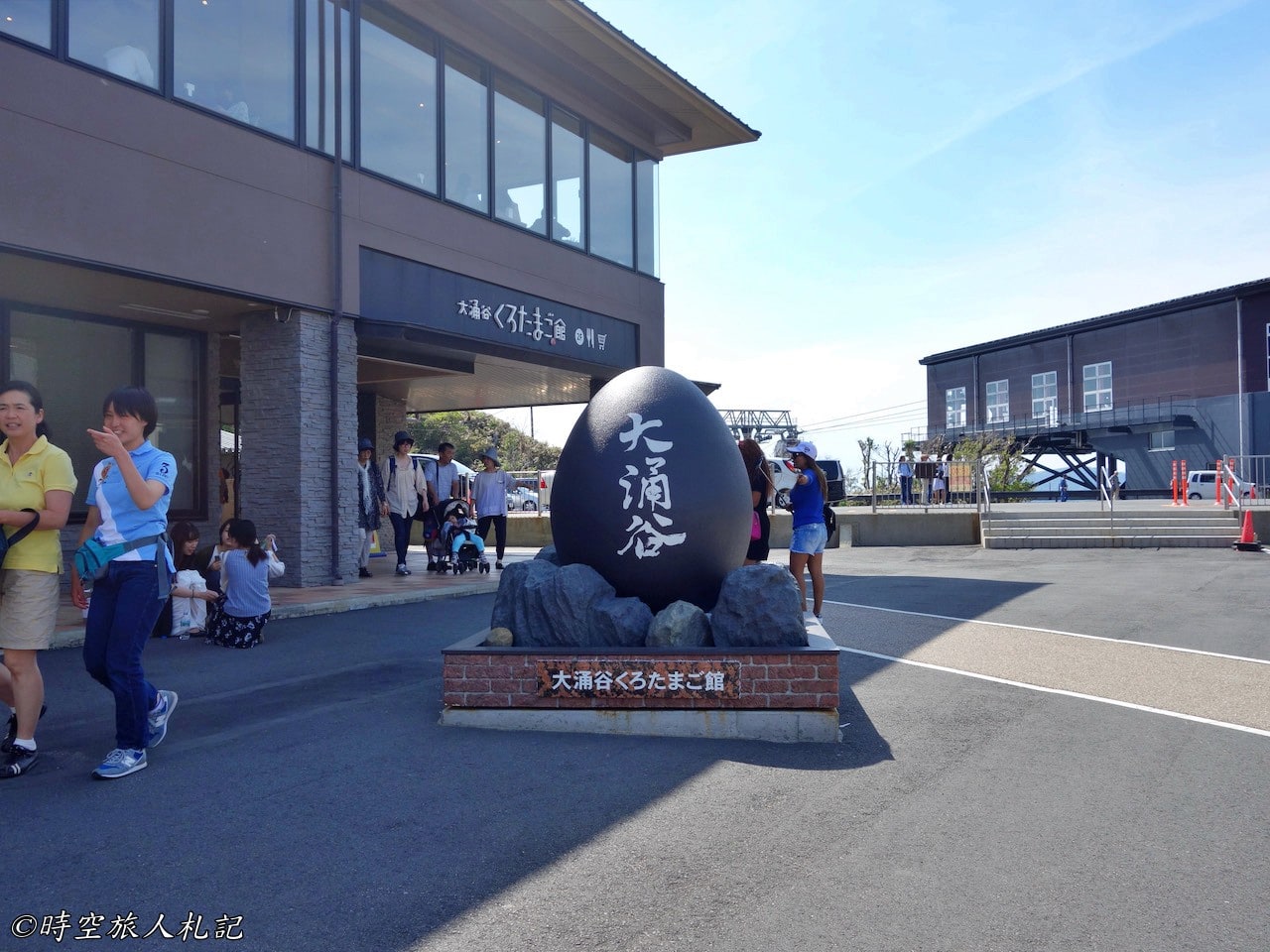

Once peeled, the black egg reveals itself to be just a regular egg on the inside, with a slight sulfur smell, and is eaten with salt. It is said that eating one can extend your life by seven years.
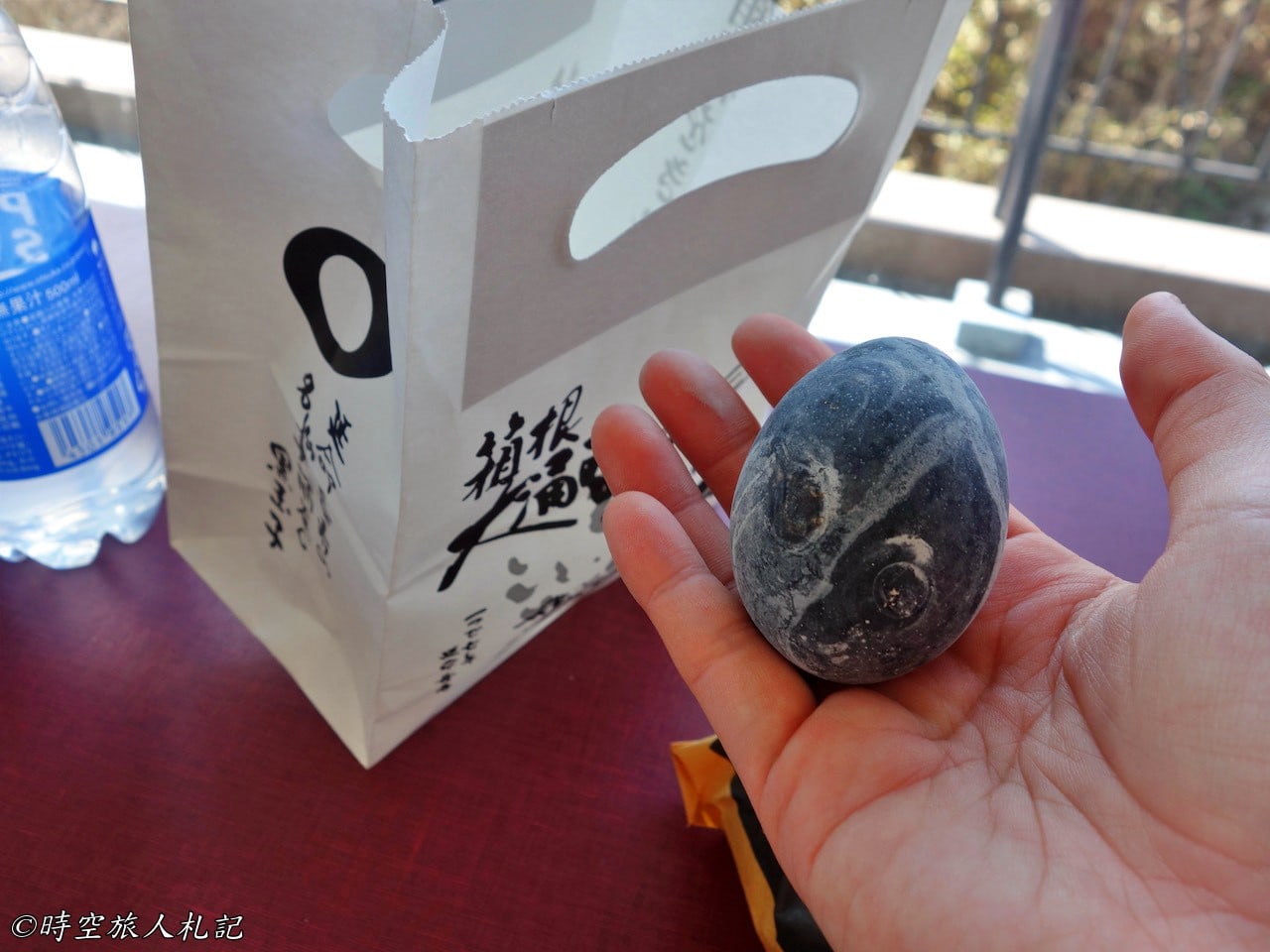
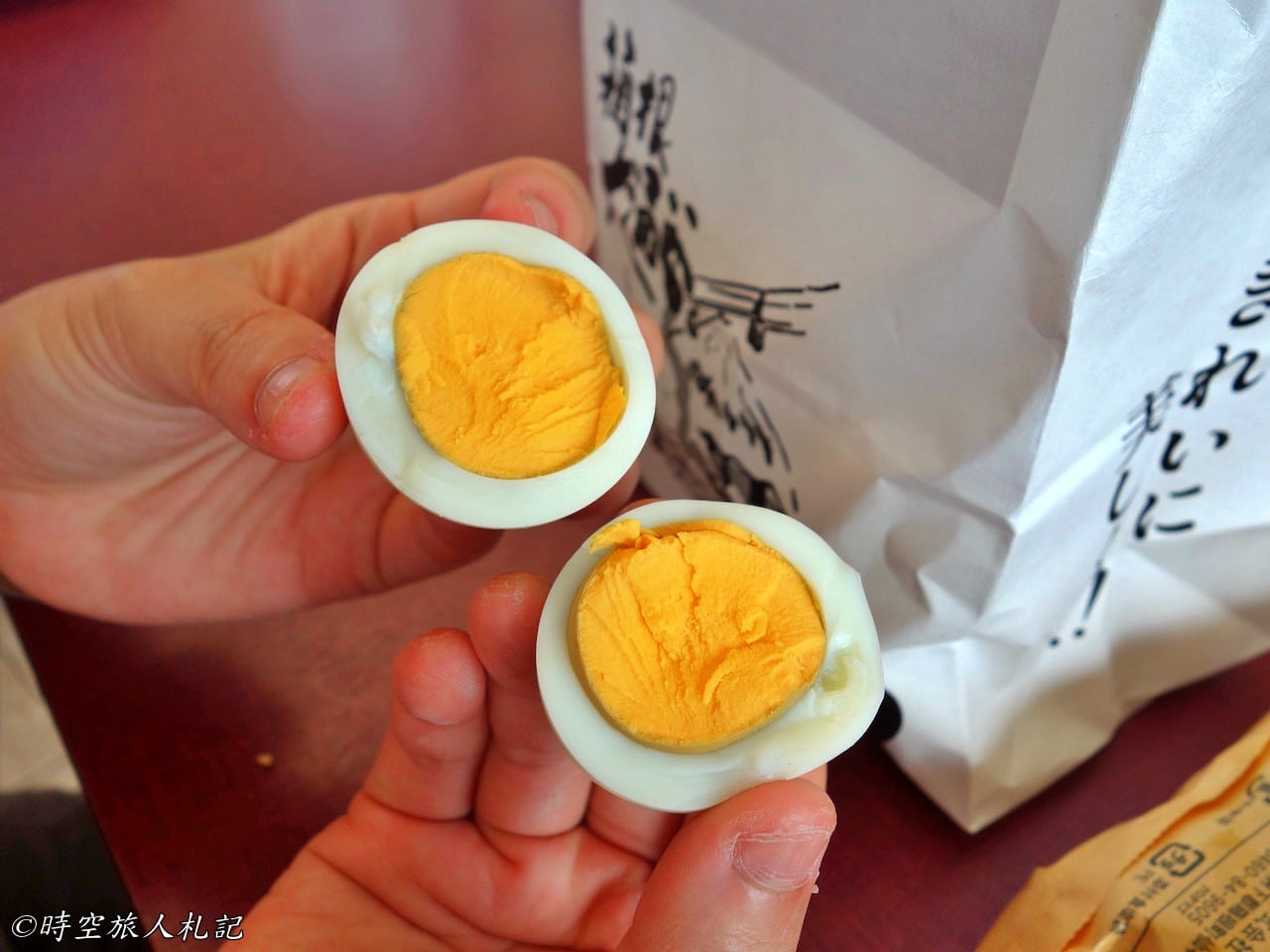
Enmei Jizō
Walking a bit further up, there's an Enmei Jizō (Life-Prolonging Jizō Bodhisattva), attracting many tourists. Japanese people, upon seeing a temple, always have the habit of paying respects. In front of the Jizō, there's a sacred spring called Shinsei no Yu, with the Jizō seated right above it. The sign next to it indicates that the water from the sacred spring is meant for washing hands, not for drinking.
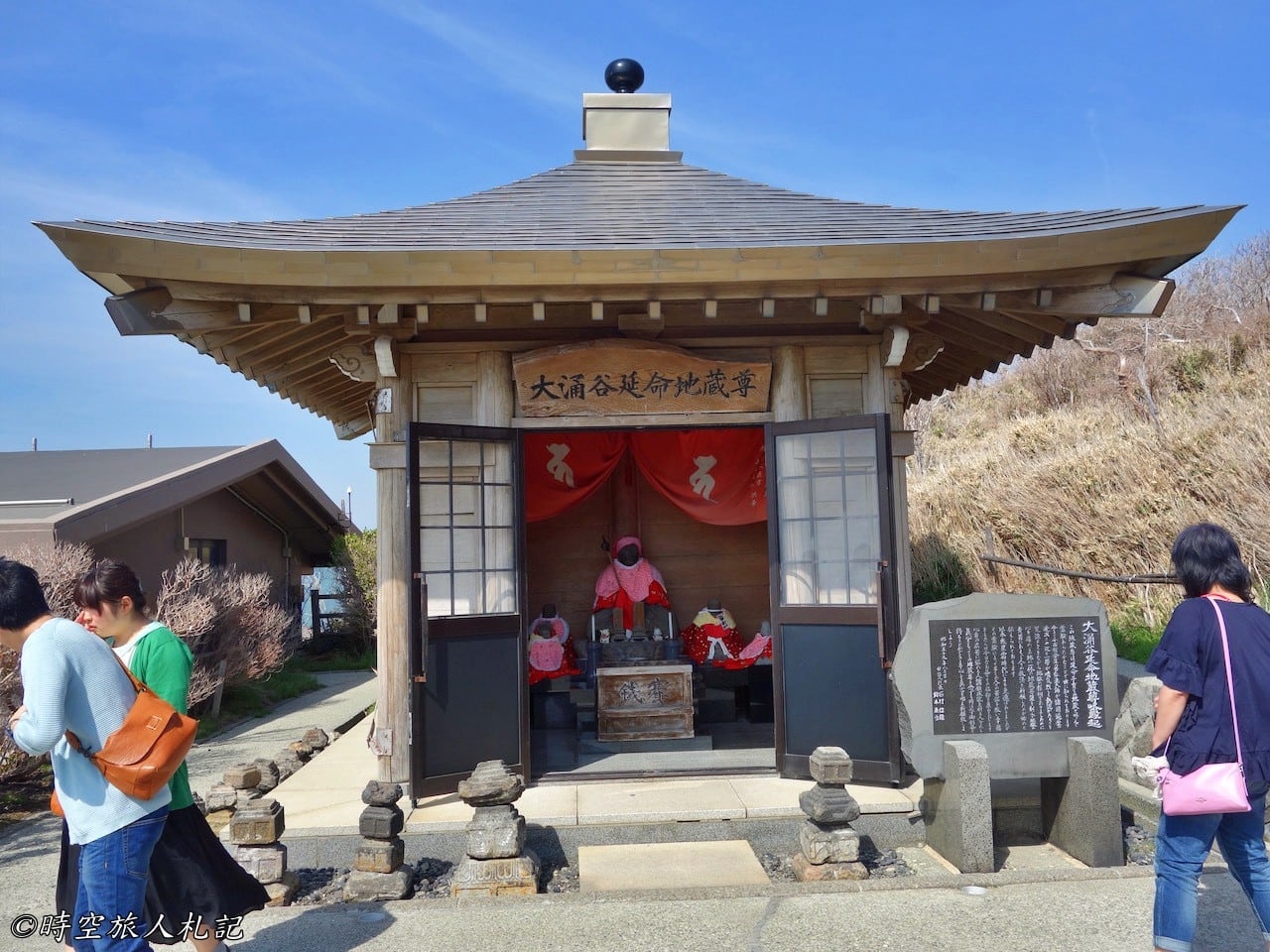
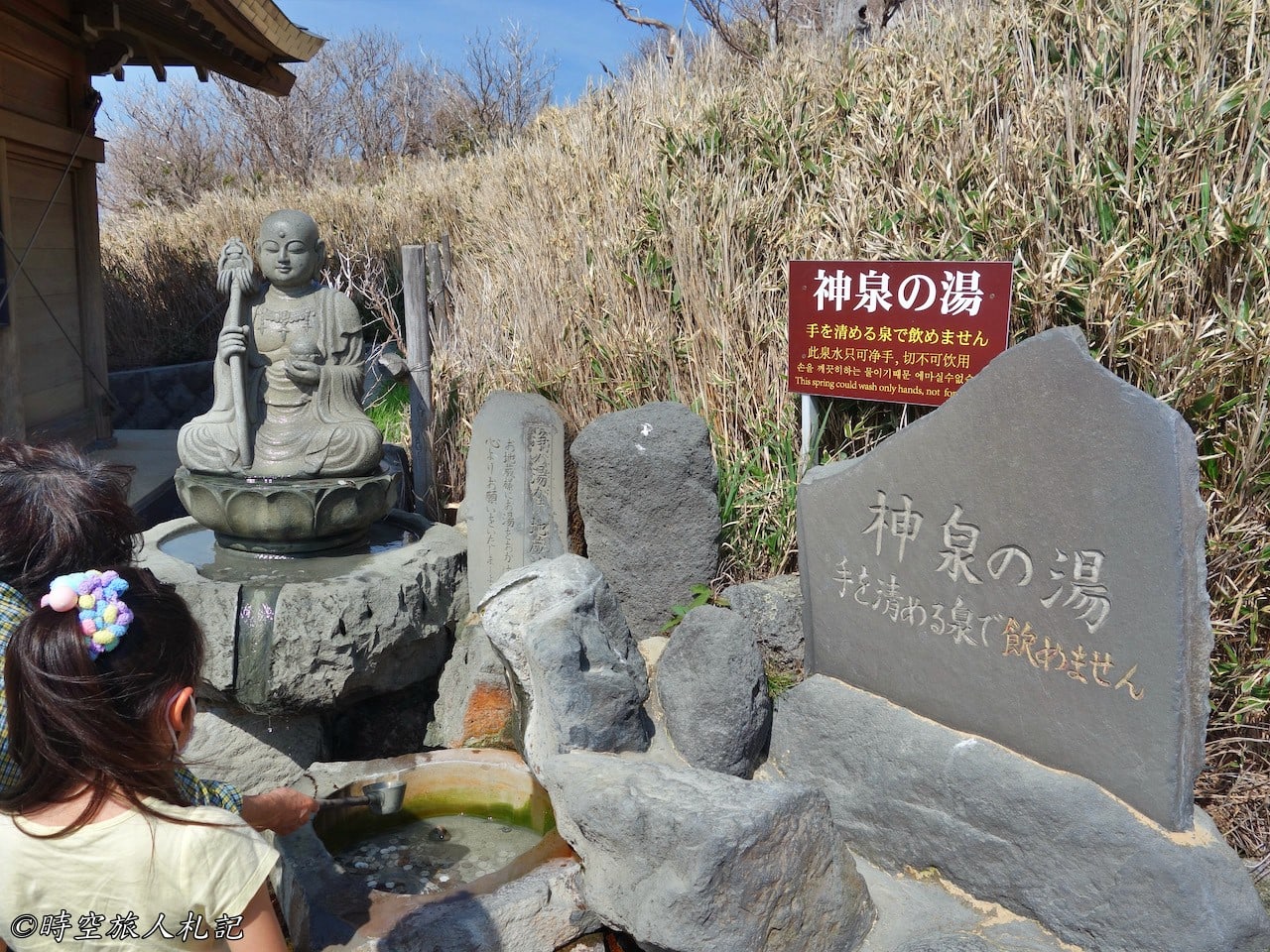
The Little Prince Museum
The Little Prince Museum, accessible by sightseeing bus, is the only museum in the world dedicated to the famous novel "The Little Prince". It was established to commemorate the centenary of the birth of Antoine de Saint-Exupéry, the author of "The Little Prince". In addition to exhibitions themed around classic scenes from "The Little Prince", the museum also explores the life of Saint-Exupéry.
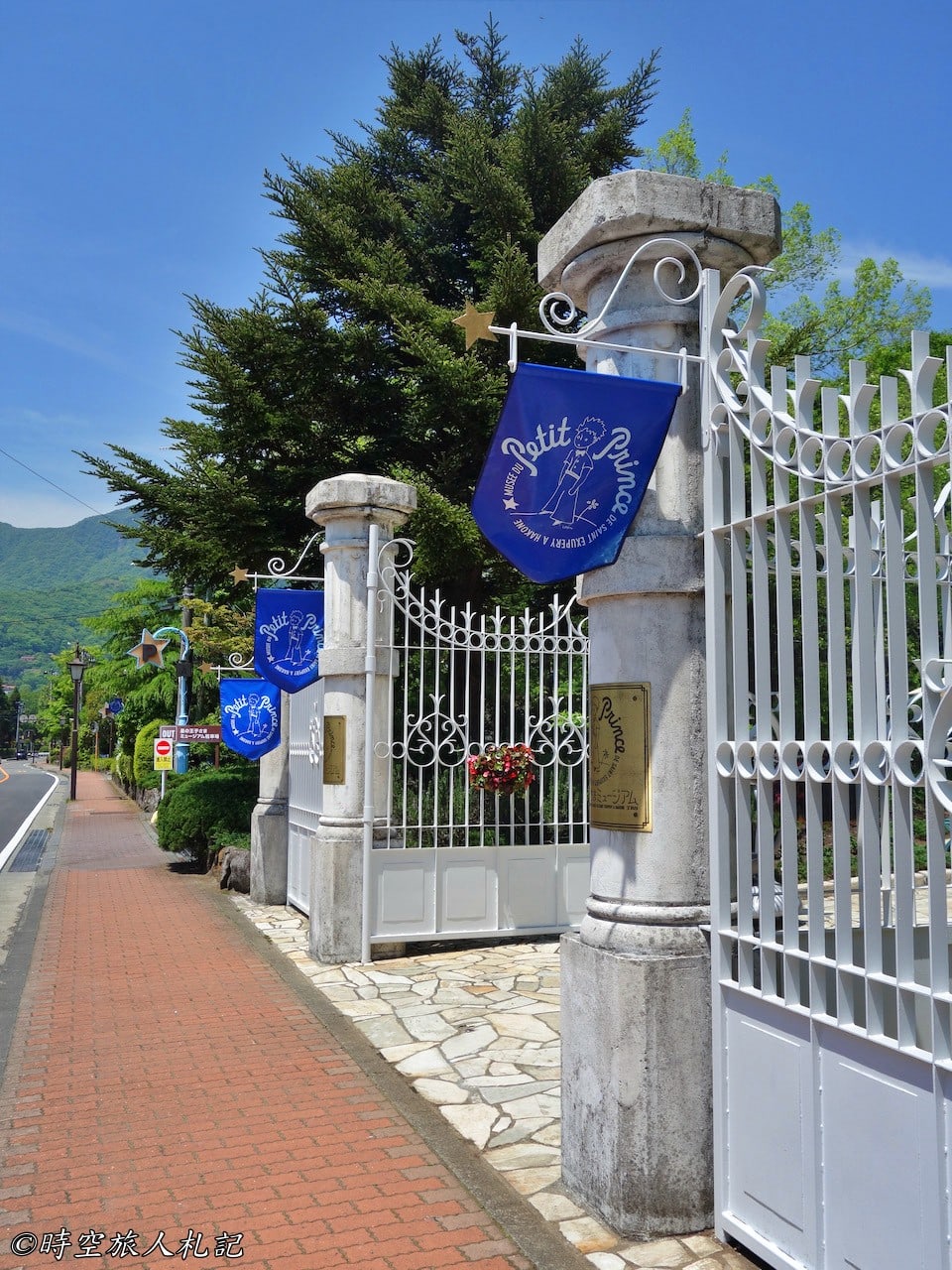
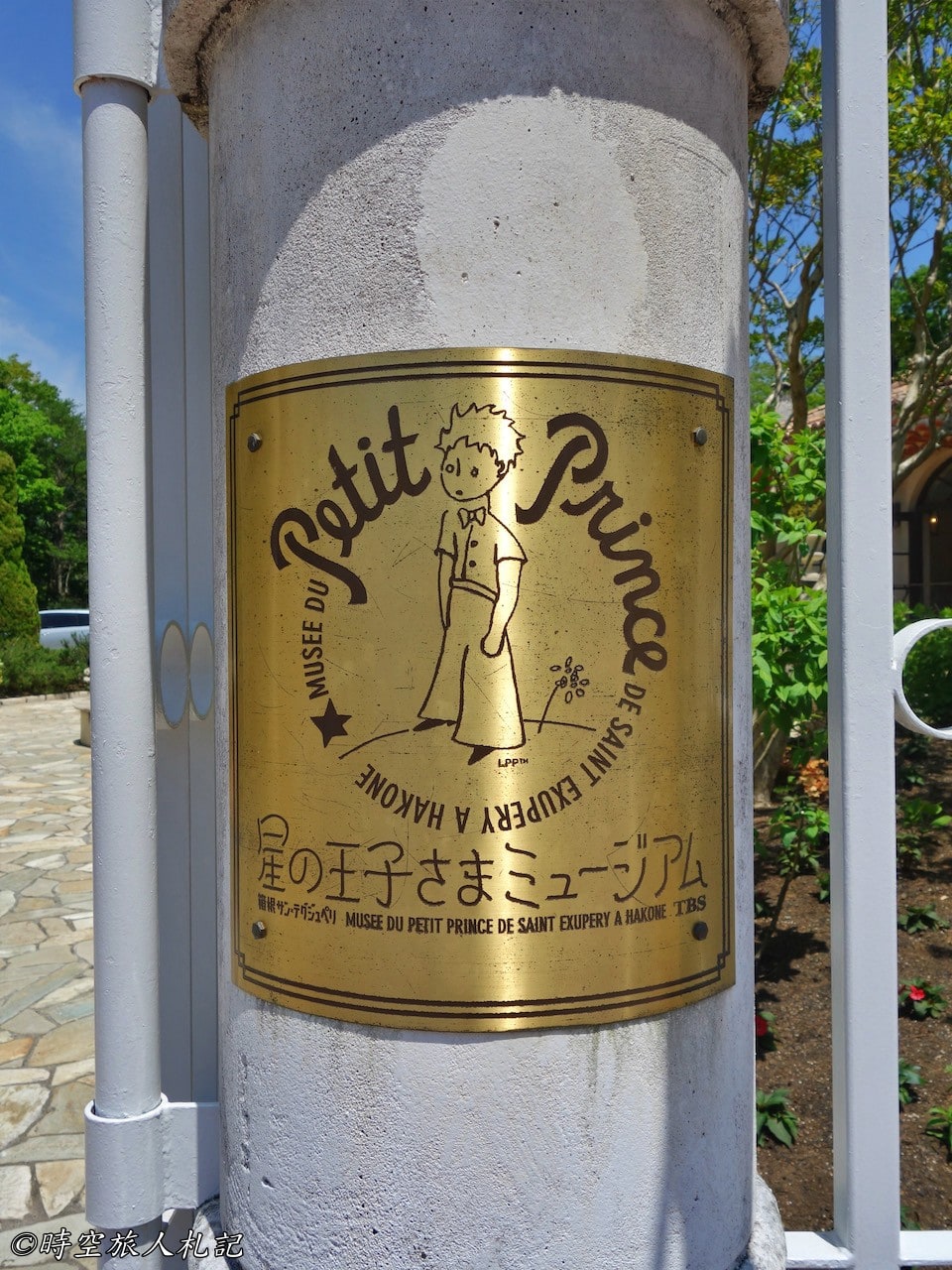
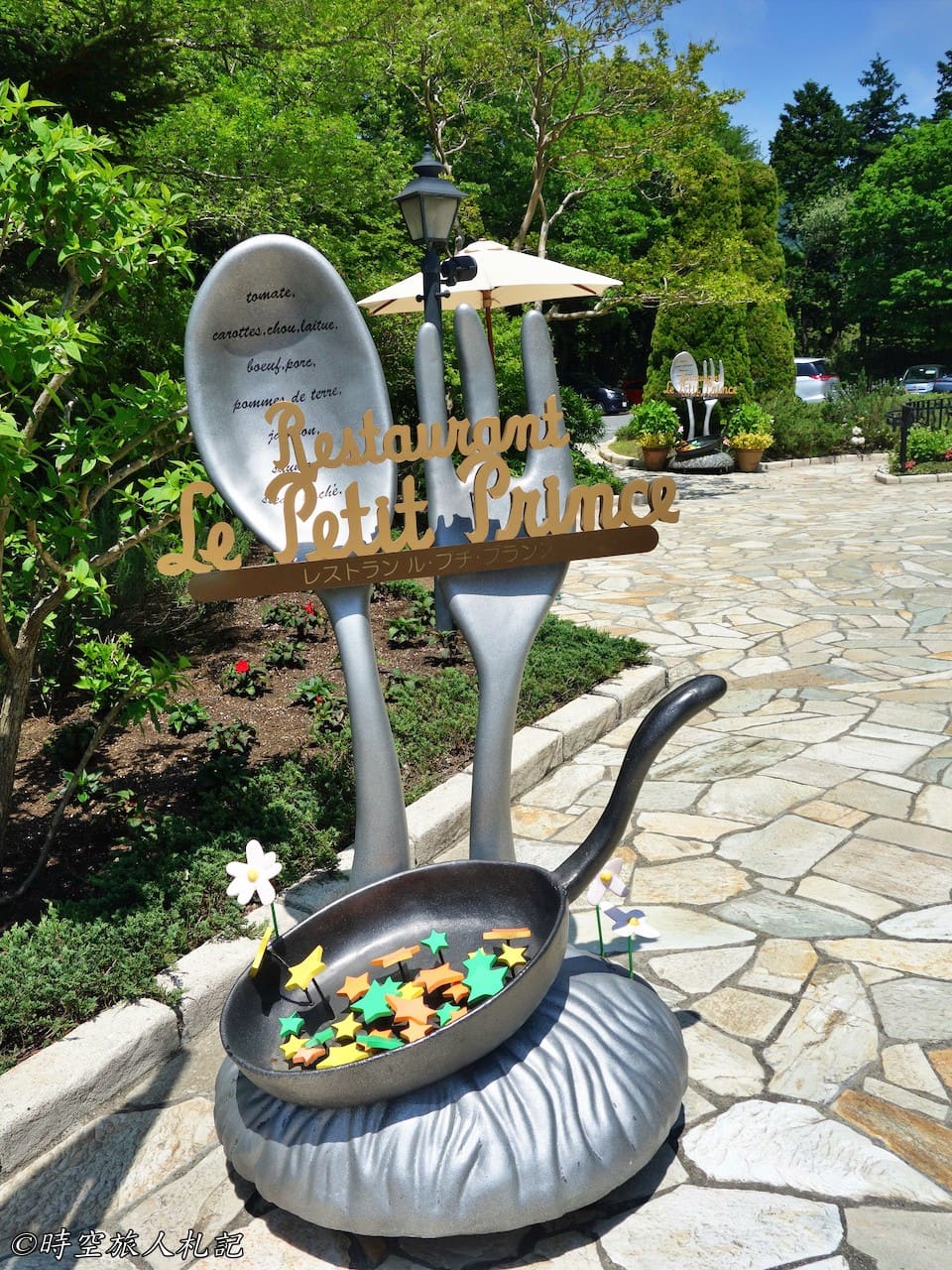
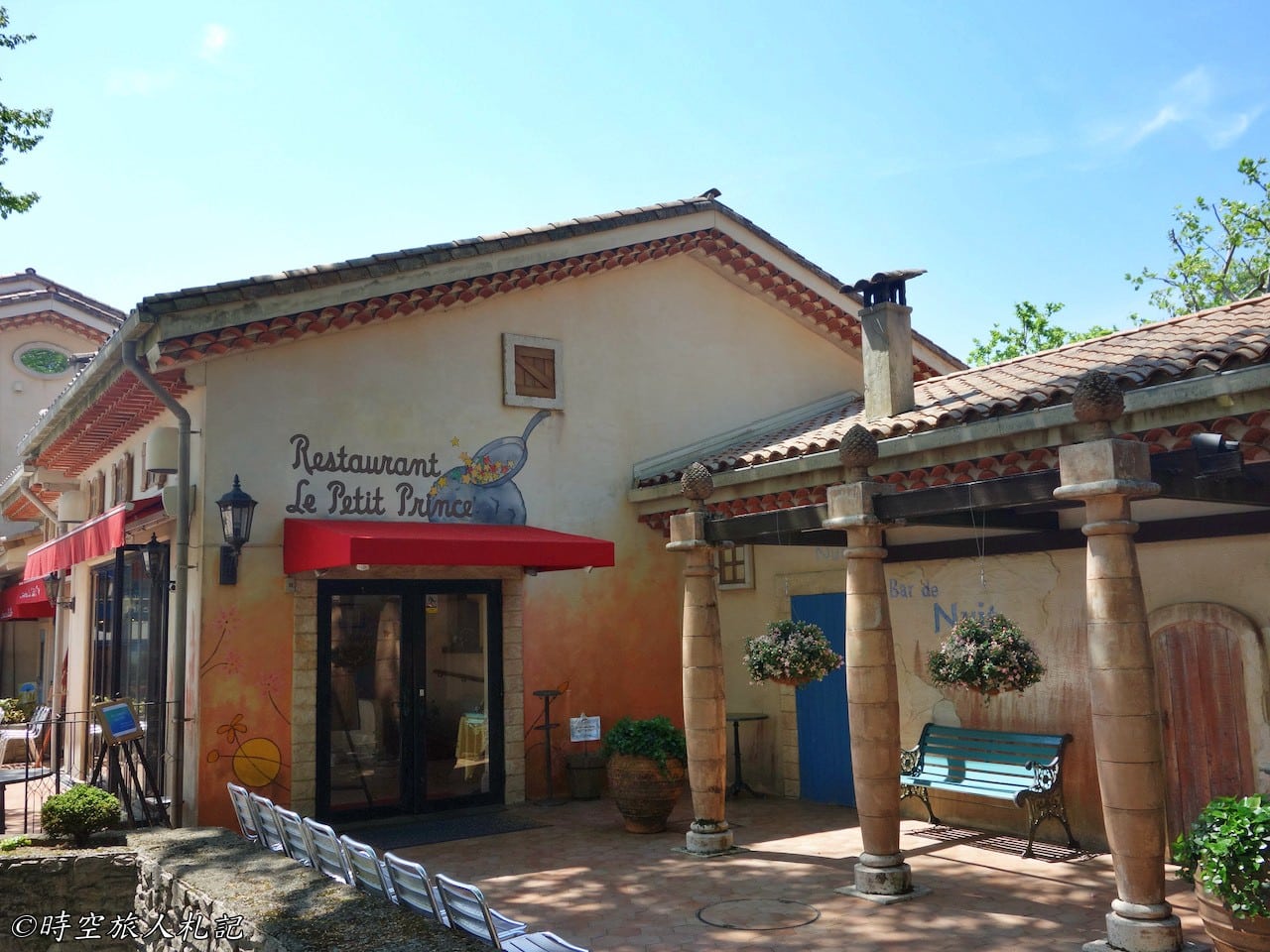
The story of "The Little Prince" is believed to be familiar to everyone. It is one of the most widely read and translated novels in French literature, and one of the world's best-selling books. It is said that the character of the Little Prince in the illustrated book was inspired by the author Antoine de Saint-Exupéry's own childhood image, meaning the Little Prince is Antoine de Saint-Exupéry himself. The entire museum is themed around the Southern French countryside style of Saint-Exupéry's childhood, resembling the home of the Little Prince.
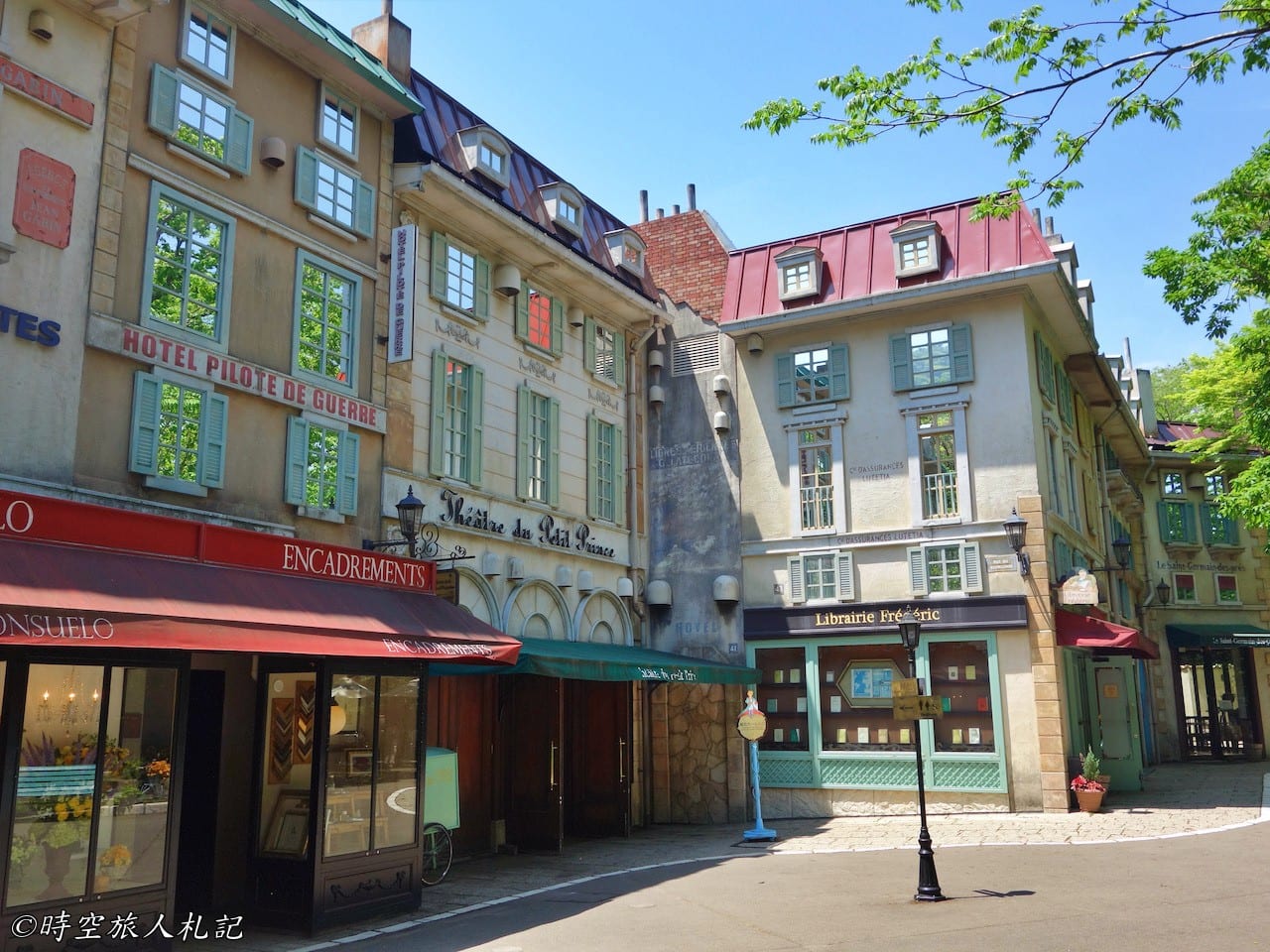
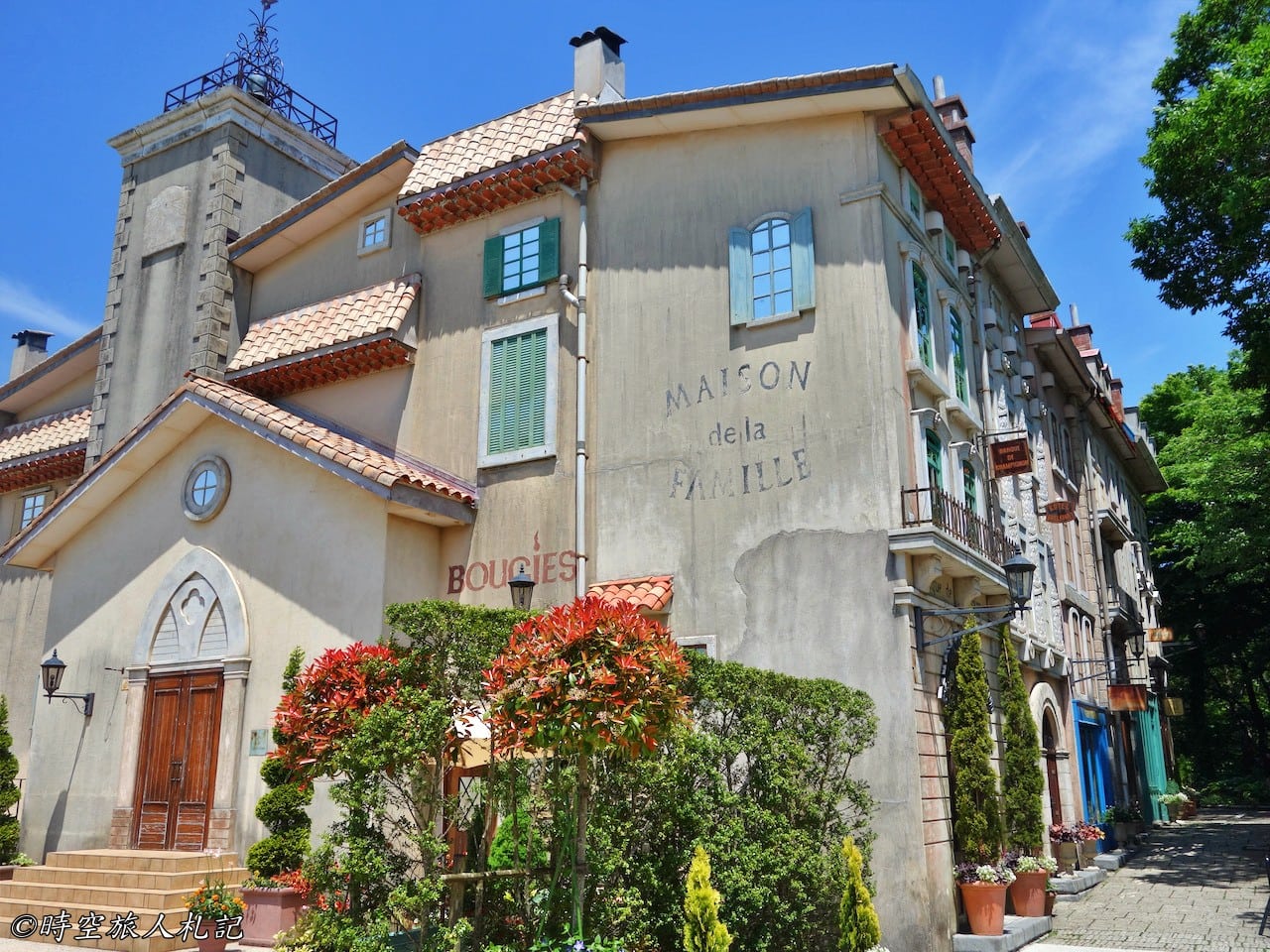
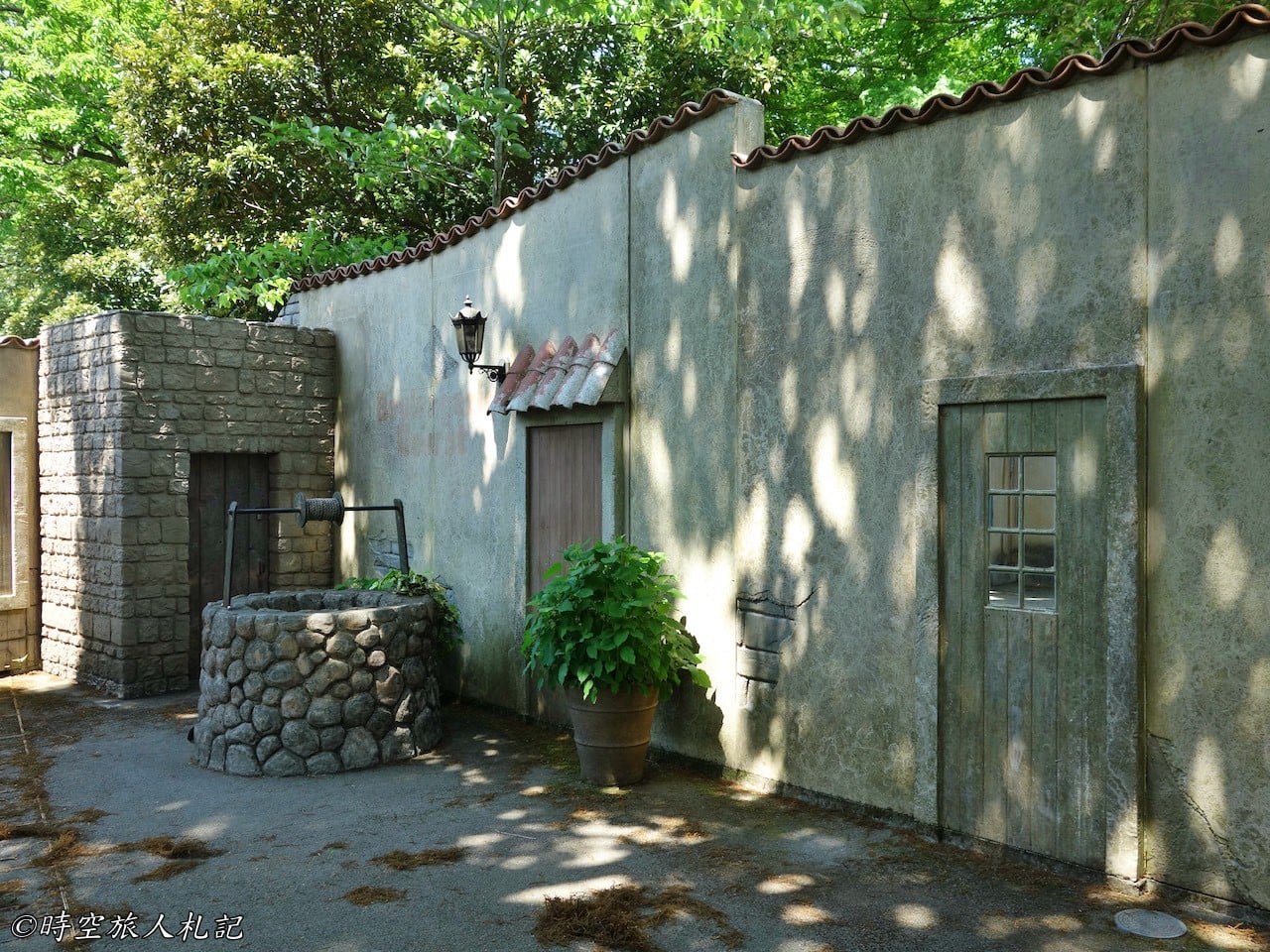
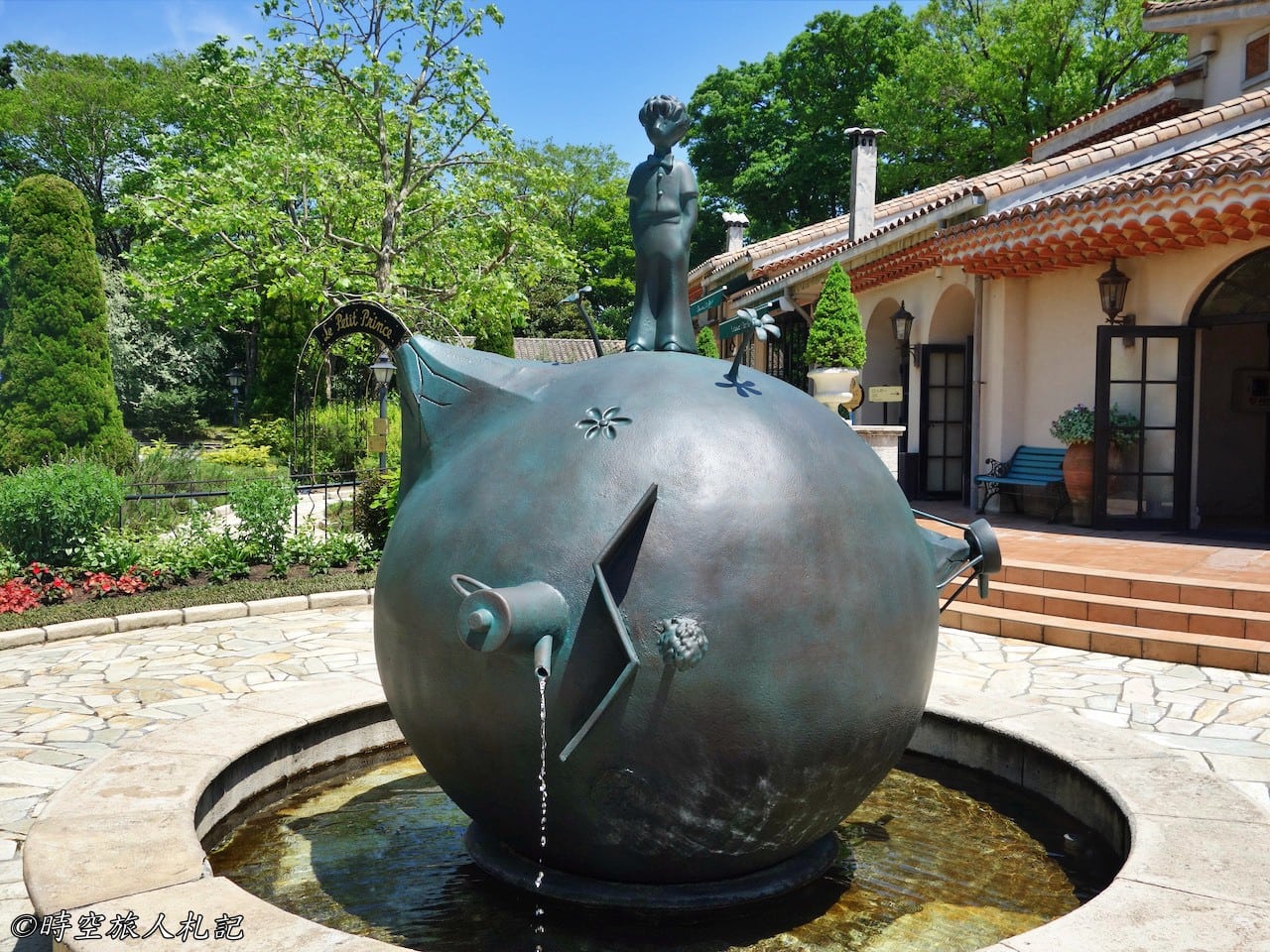
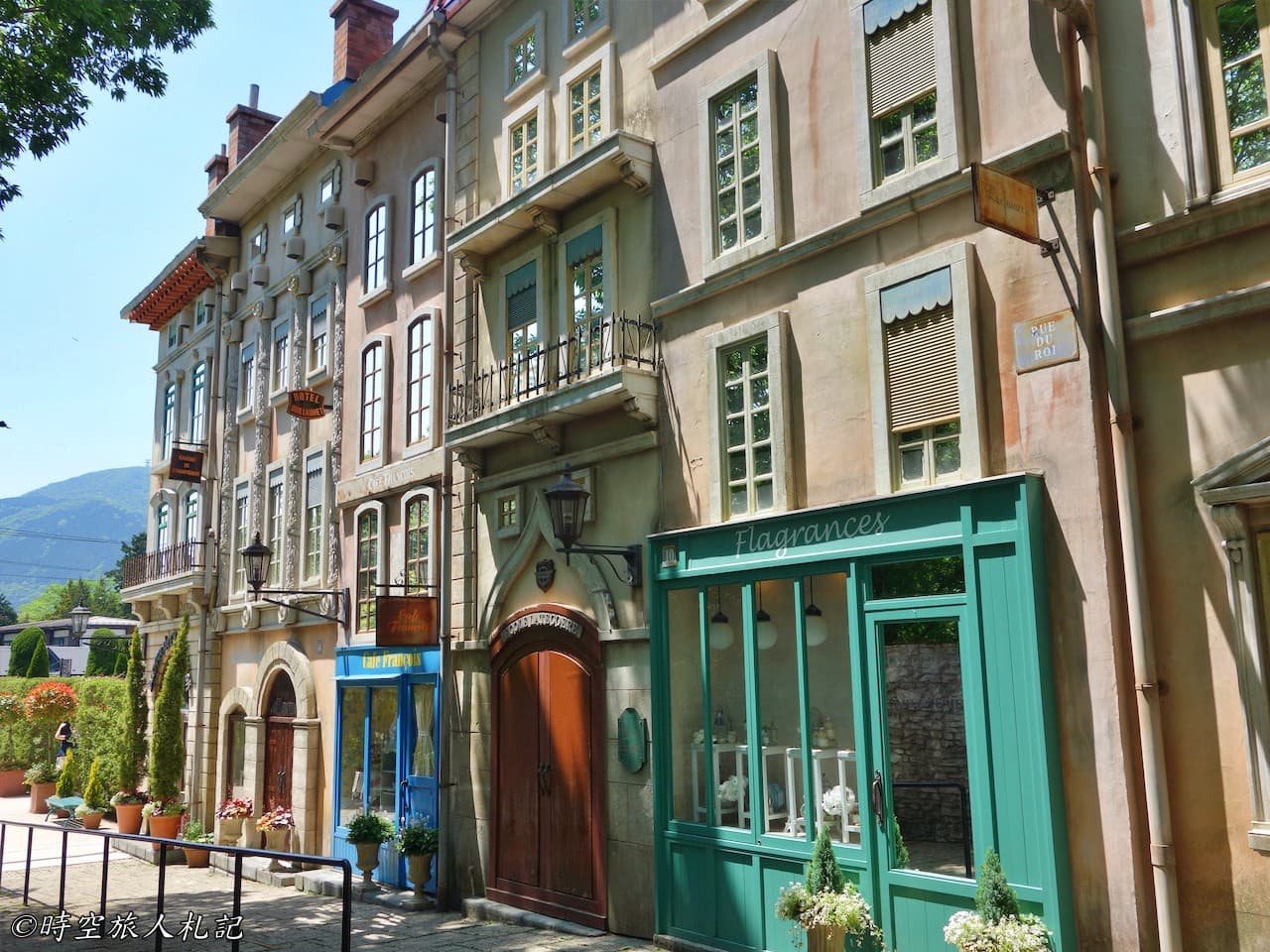
Behind the architecture, there is the path of an industrialist, with several colorful statues themed around "The Little Prince" story.
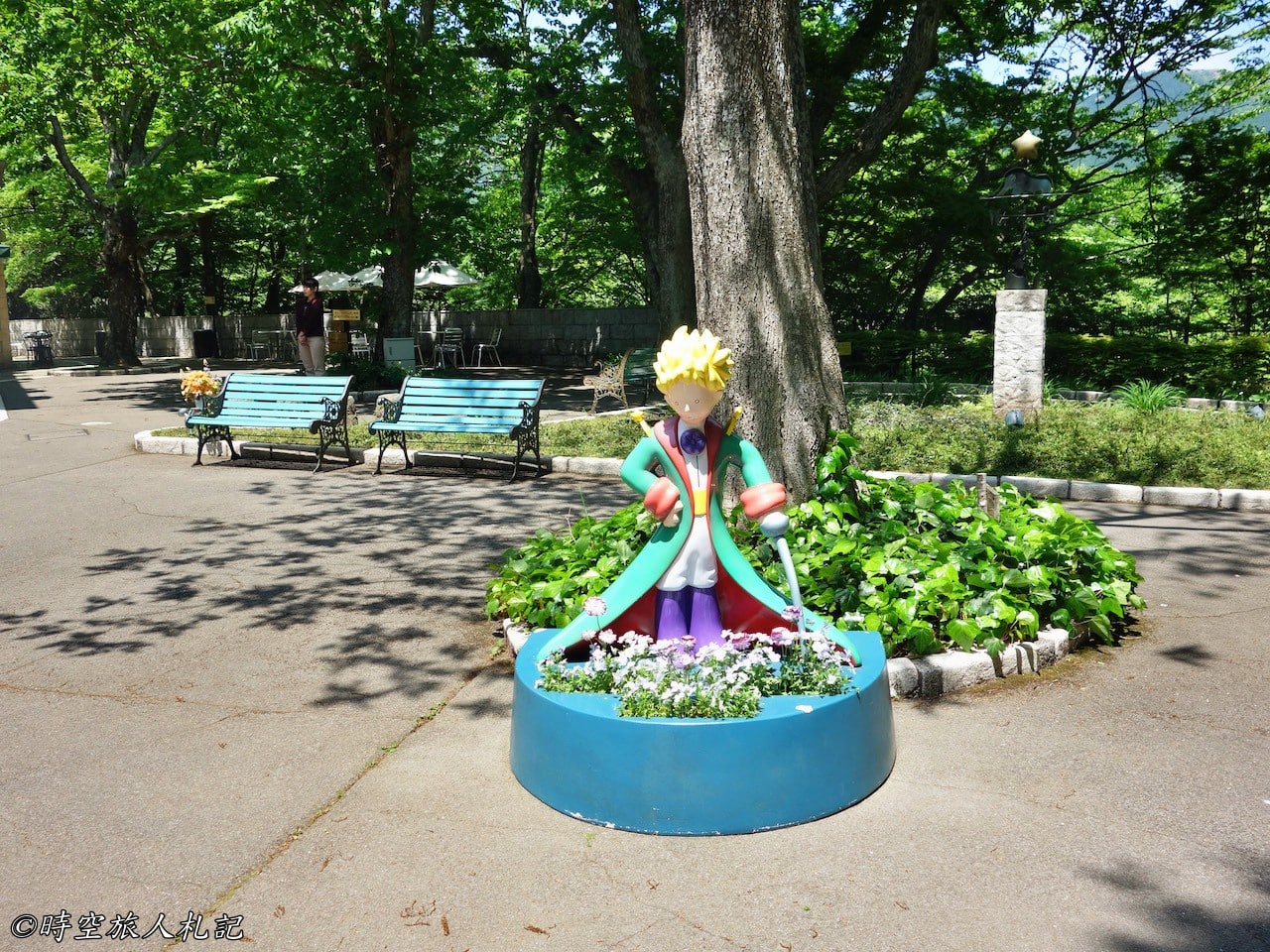
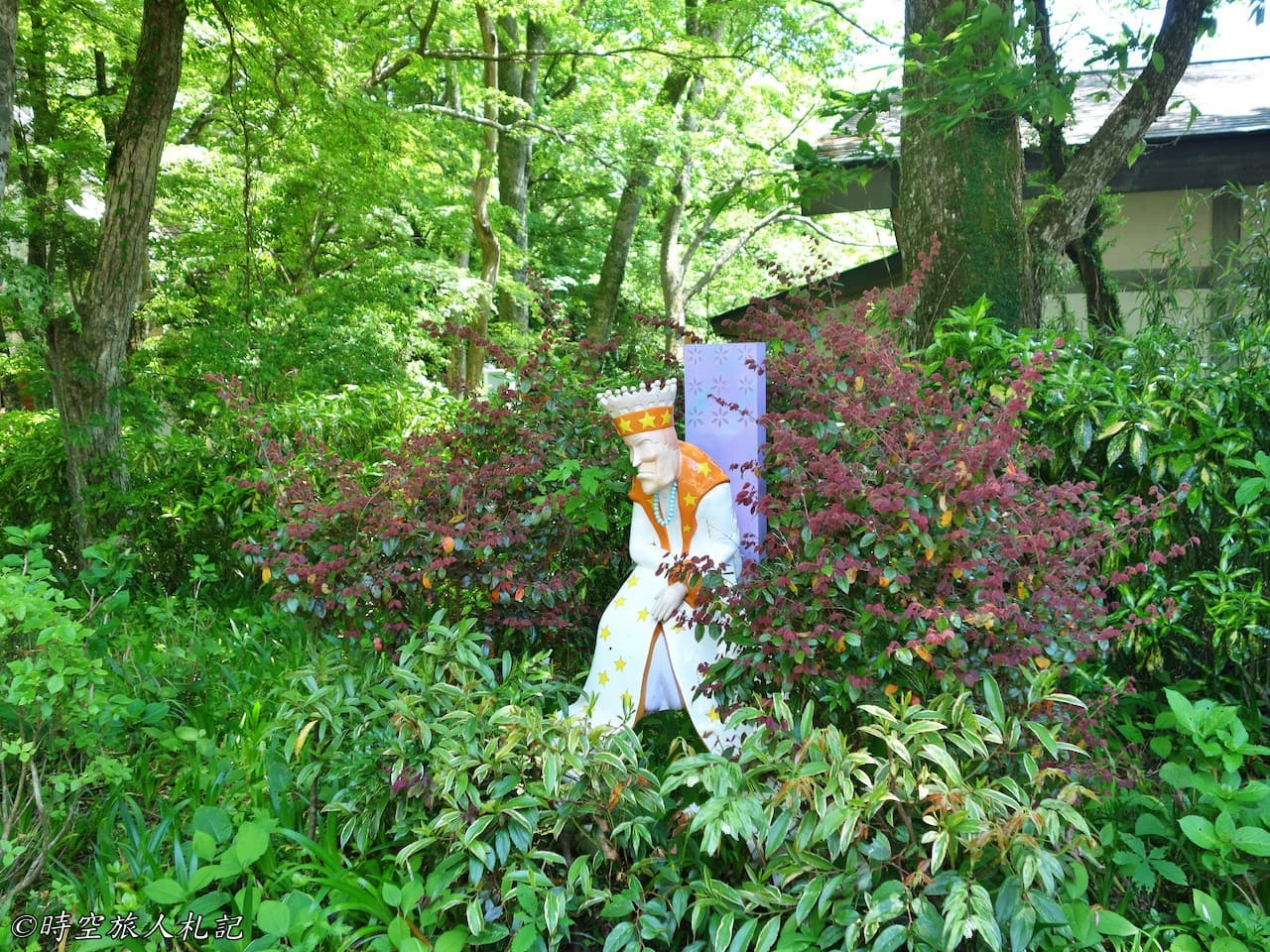

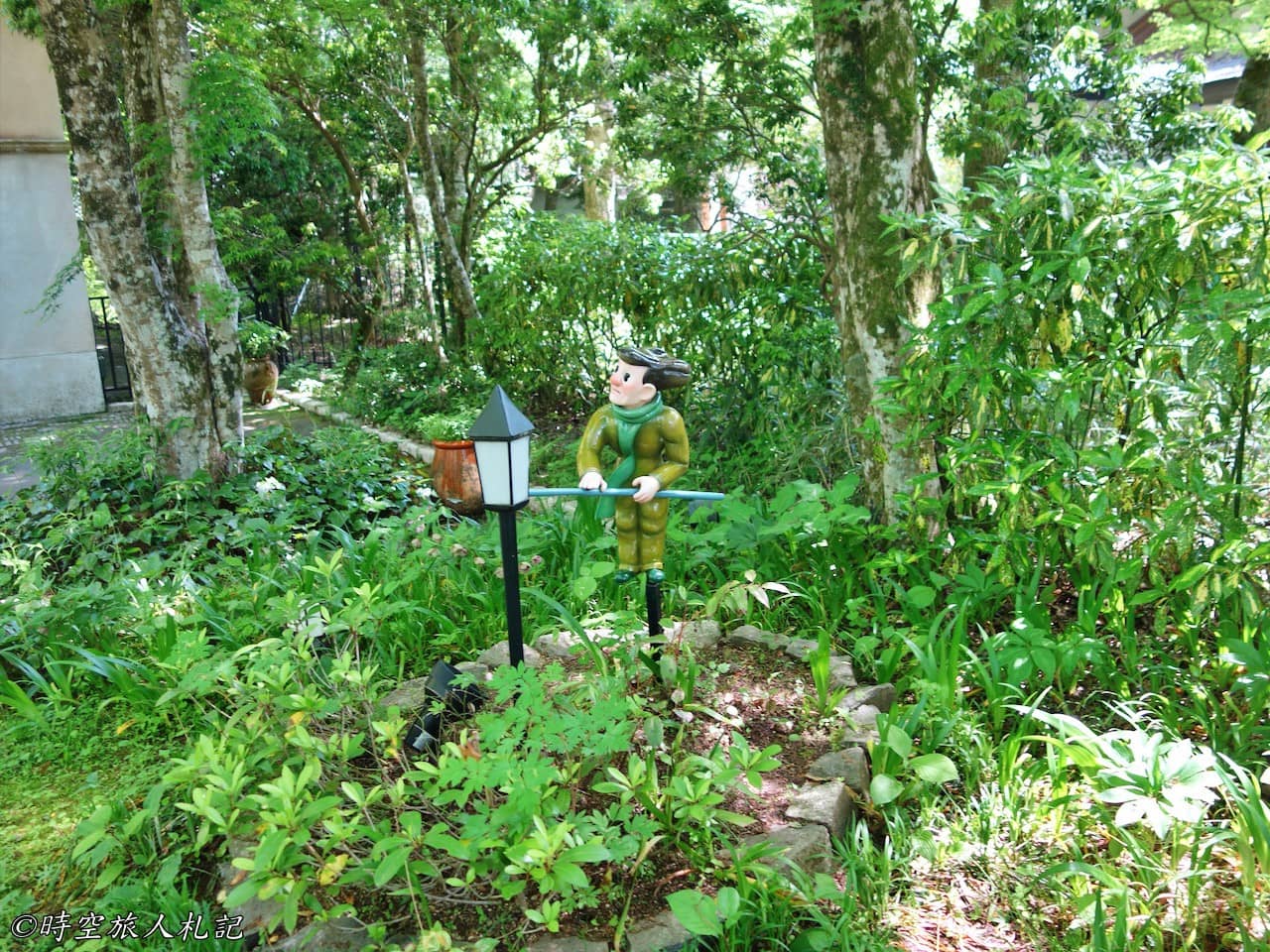
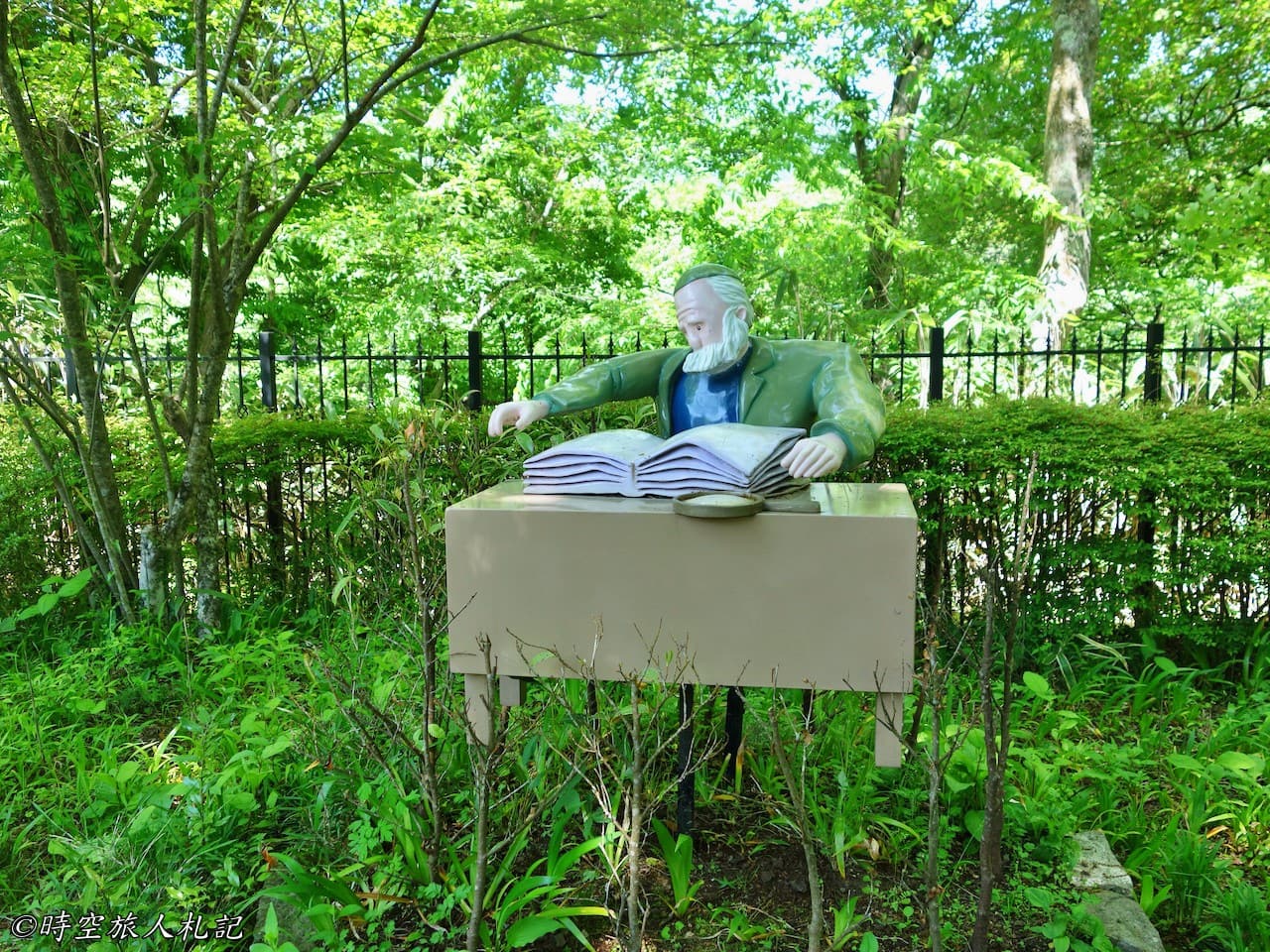
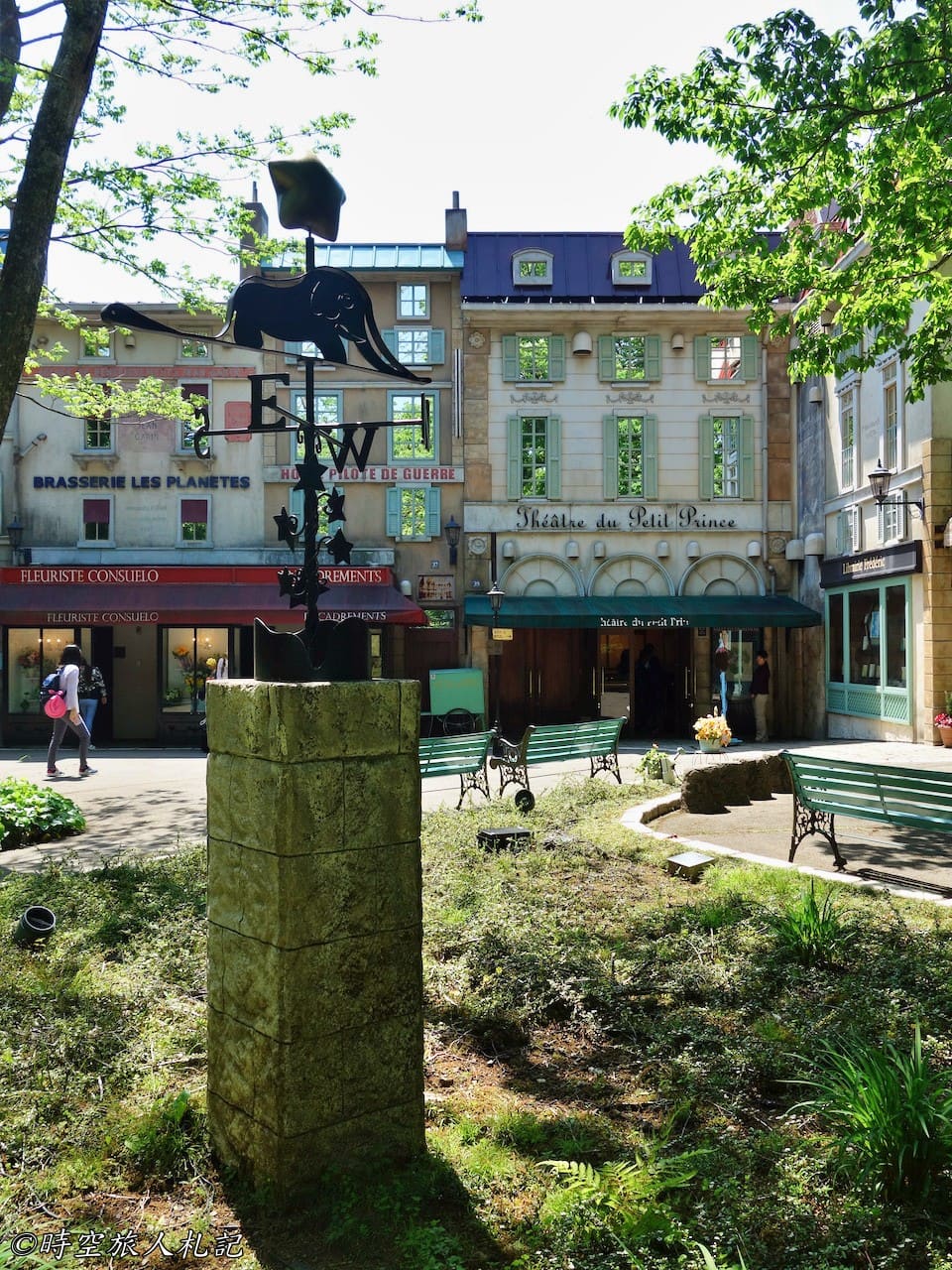
Upon entering the museum, there is a more in-depth introduction to the life of Antoine de Saint-Exupéry. Saint-Exupéry himself was a pilot, and it's evident that the pilot who crashes in the Sahara Desert in "The Little Prince" is inspired by his own experiences. The famous and whimsical rose in "The Little Prince" is also related to Saint-Exupéry's life. Research suggests that this rose was inspired by Saint-Exupéry's wife. The conversations between the Little Prince and the Fox regarding the rose are believed to be inspired by conversations between Saint-Exupéry and his close friend.
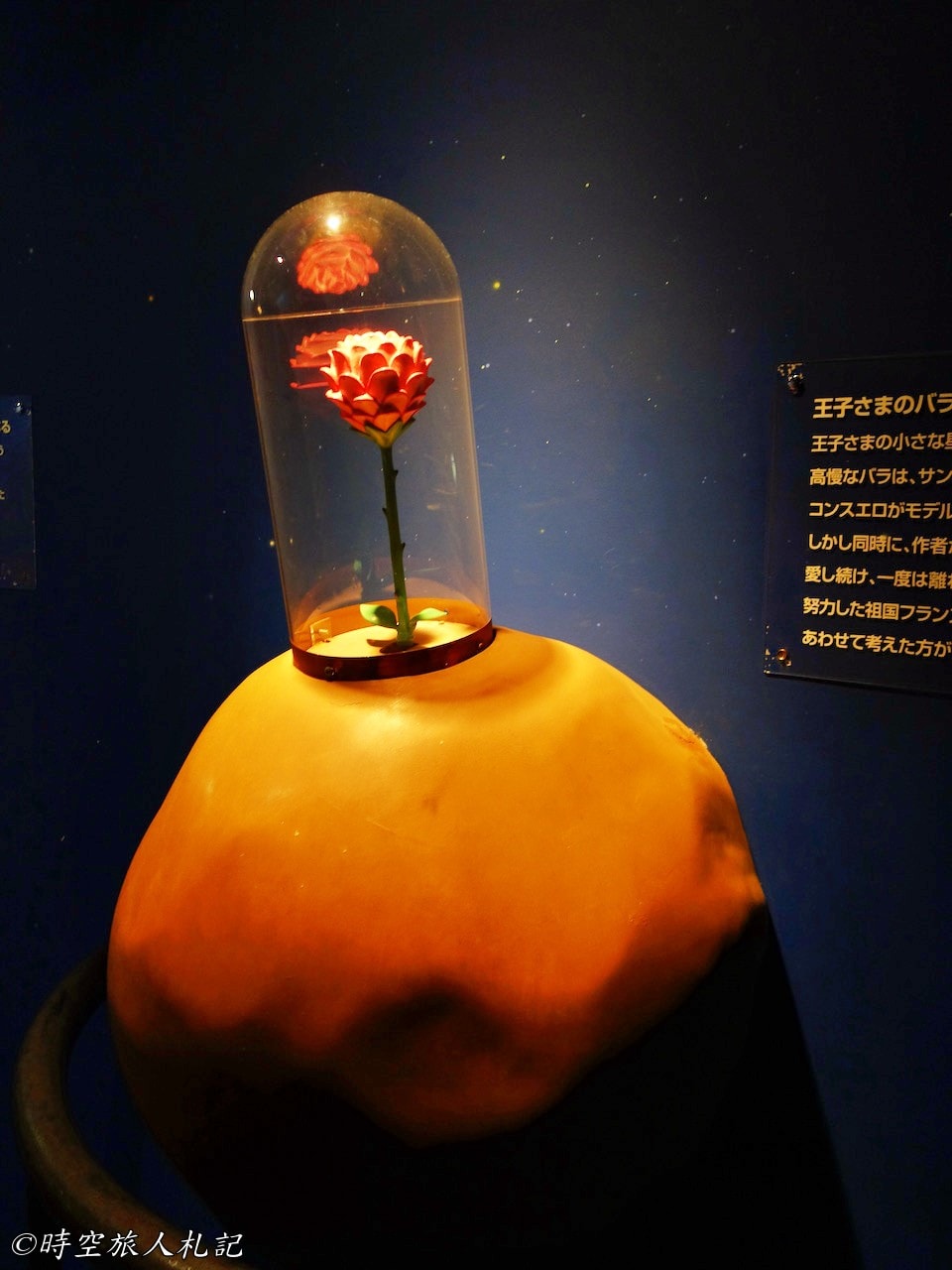
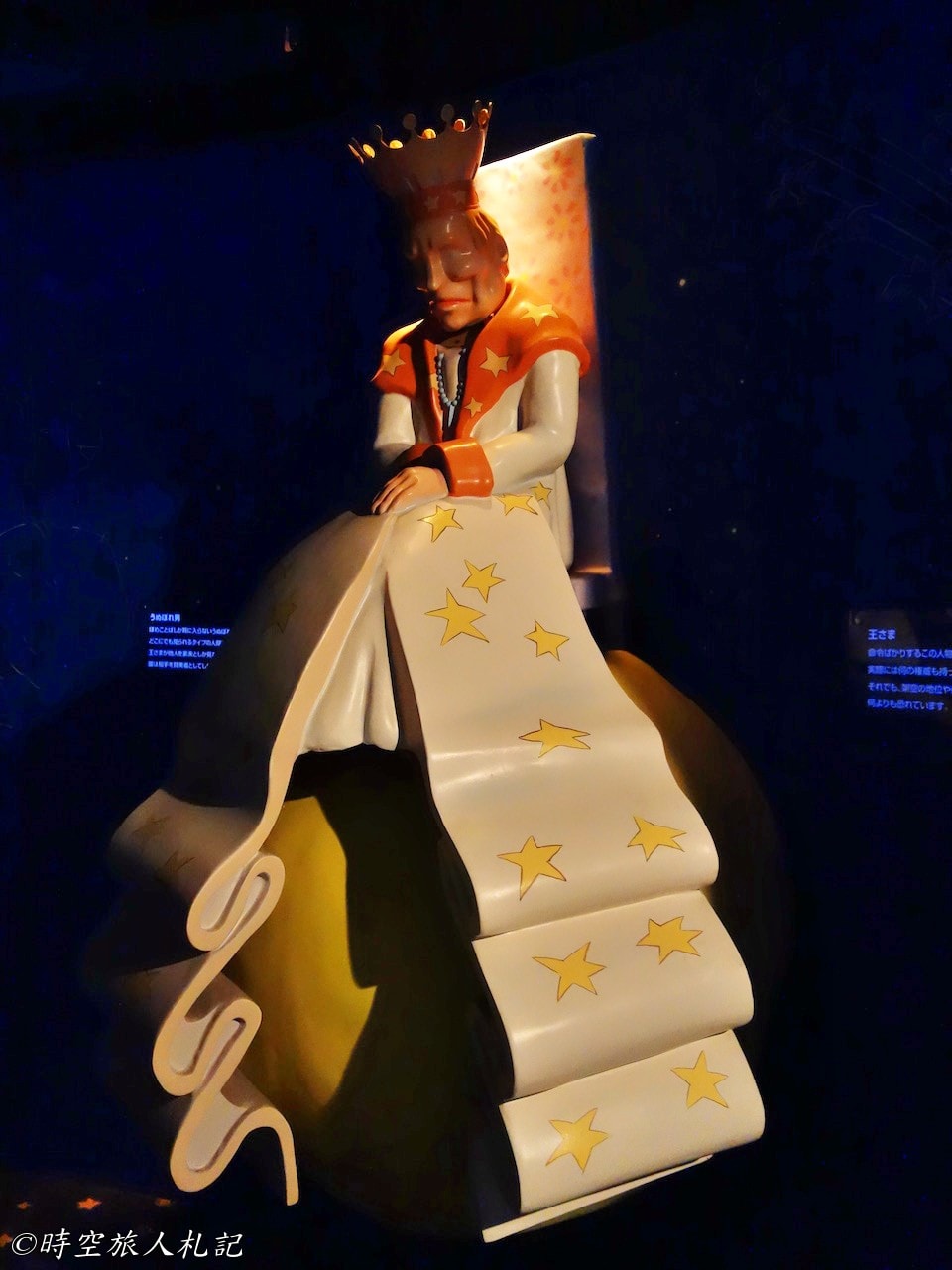
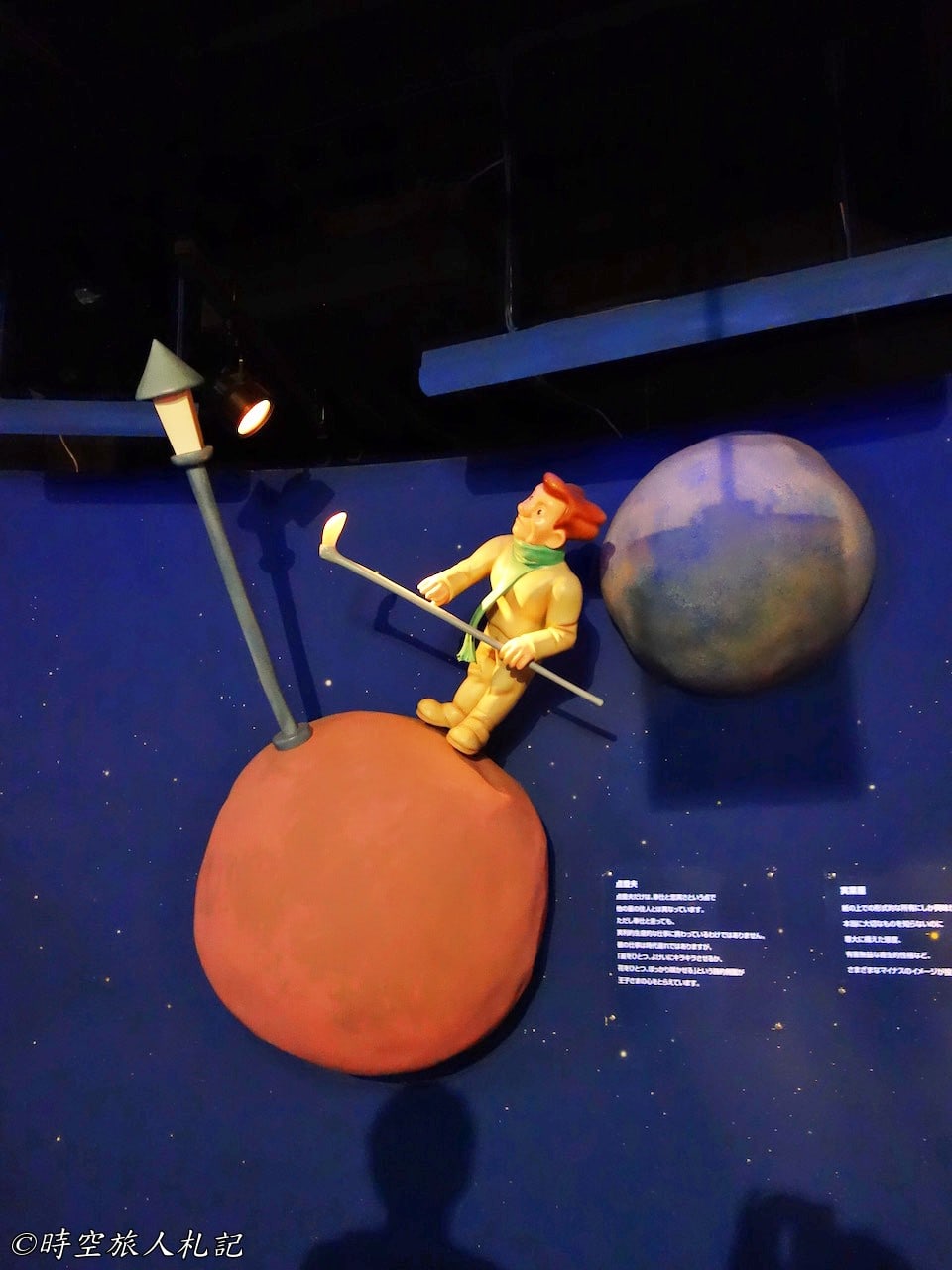
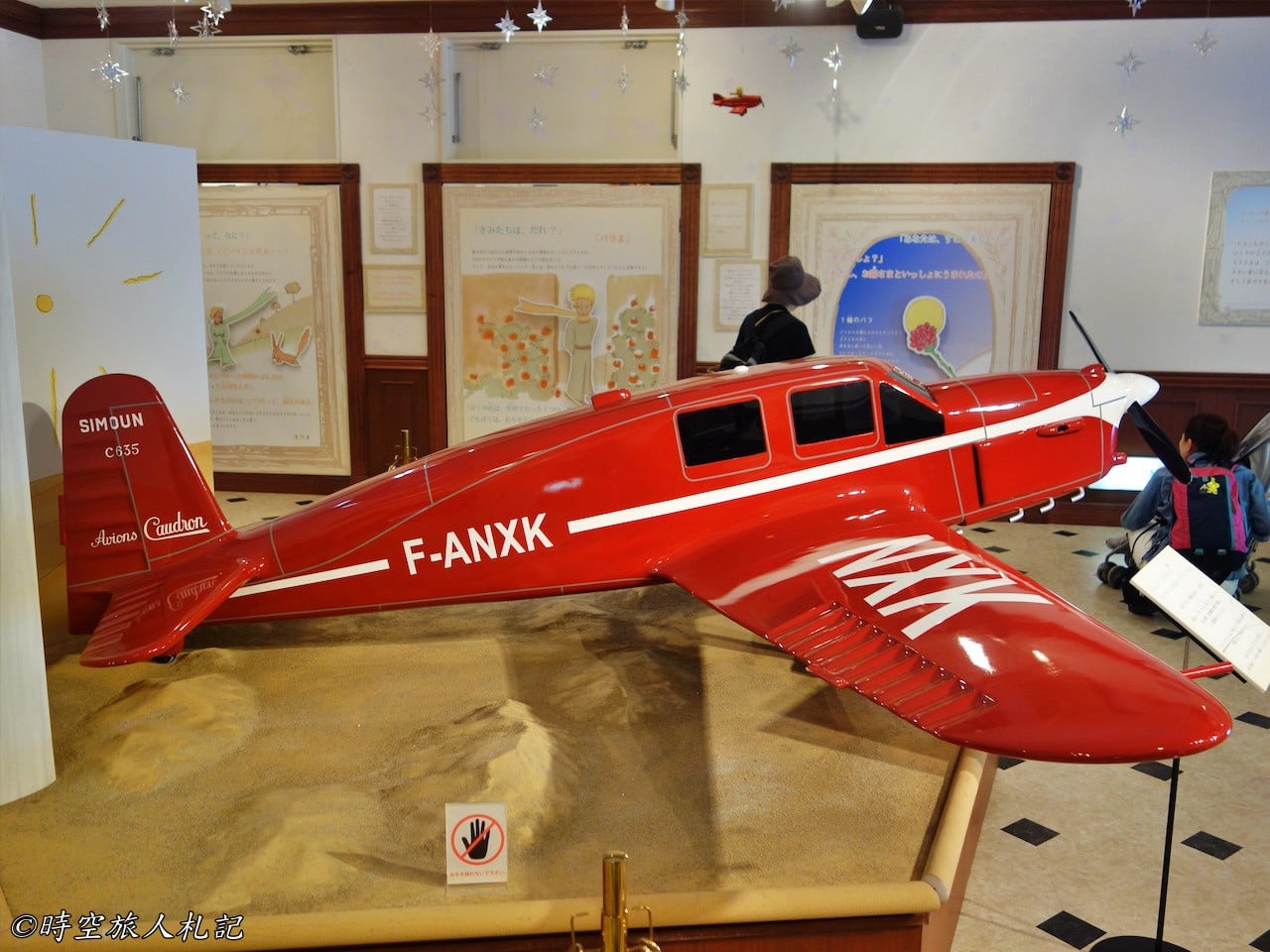
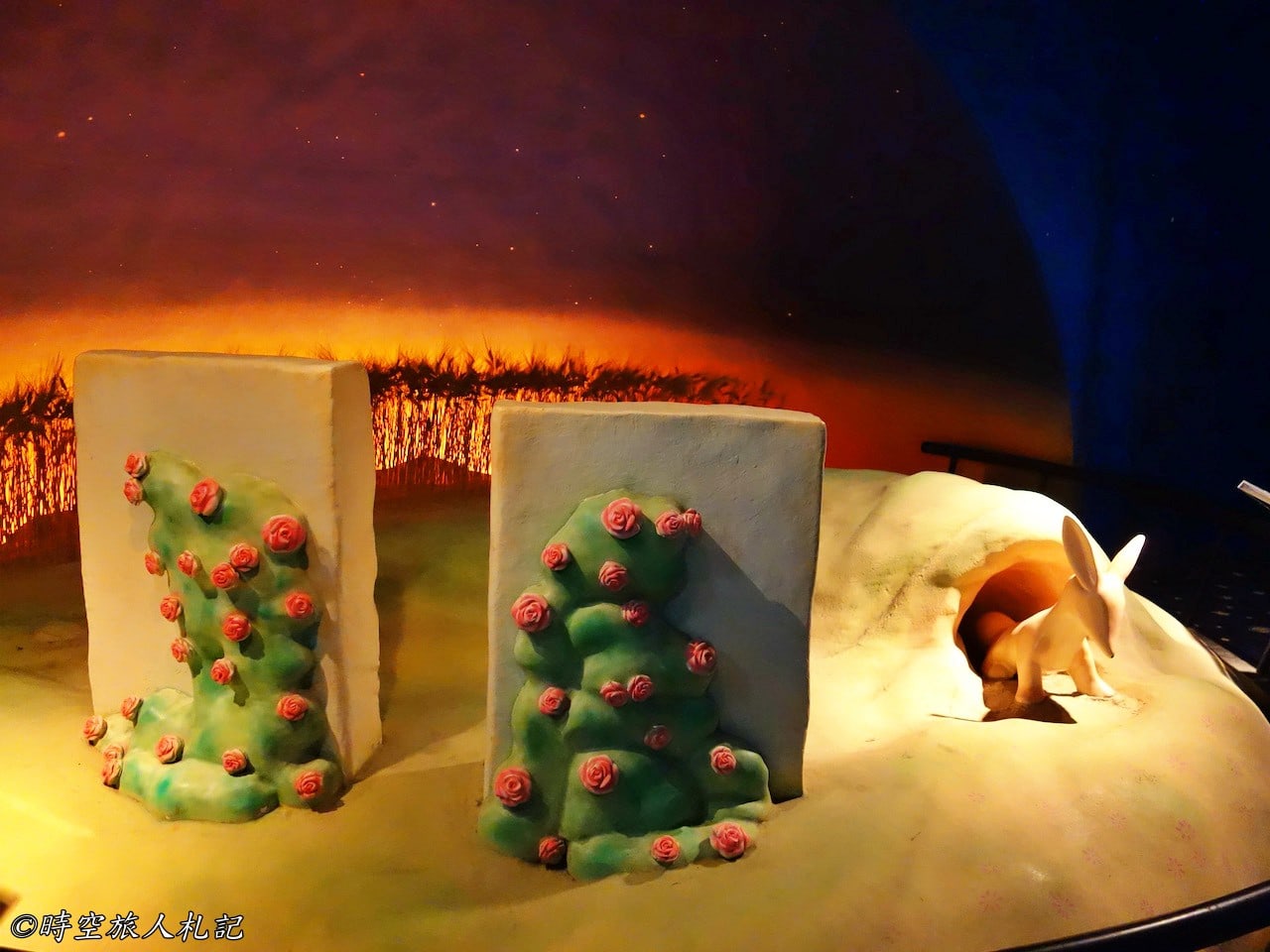
Hakone Open-Air Museum
For the final destination of our Hakone trip, we chose to visit the Hakone Open-Air Museum. The Hakone Open-Air Museum is Japan's first outdoor museum dedicated to sculpture and opened in 1969. Surrounded by mountains, sculptures by master artists are integrated with nature. Even for someone like us, who might not understand much about sculpture, just taking photos made us very happy.

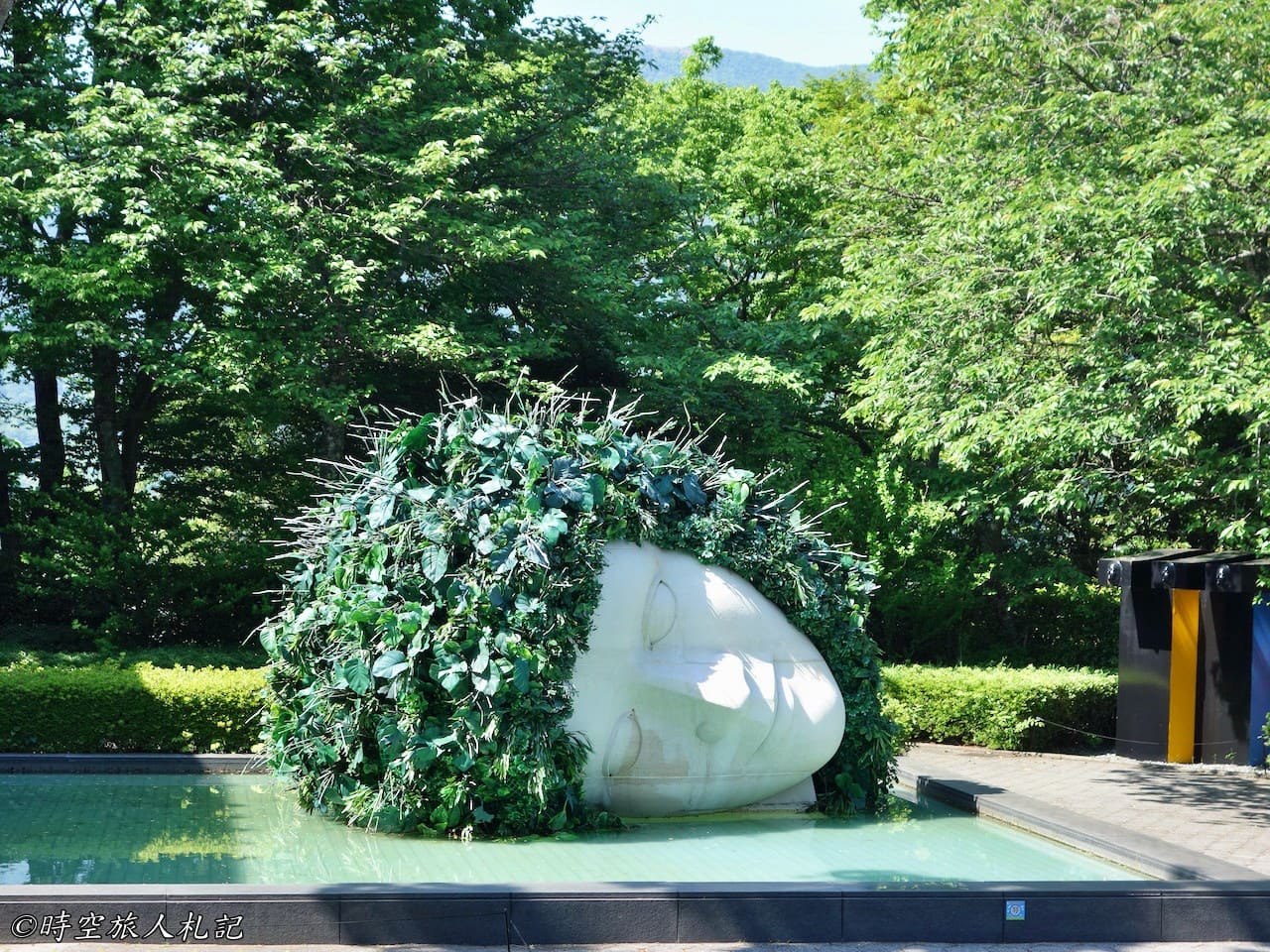
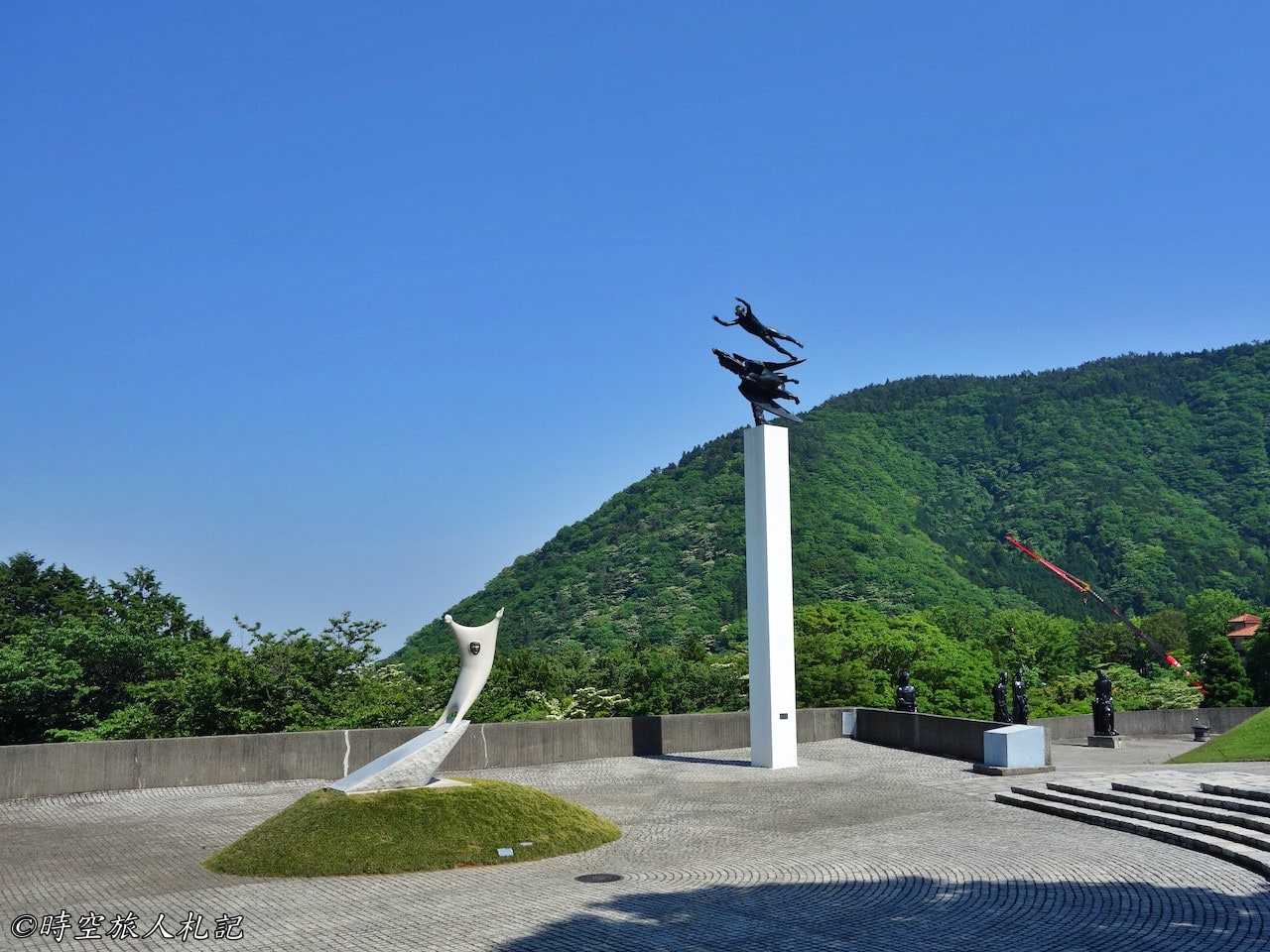
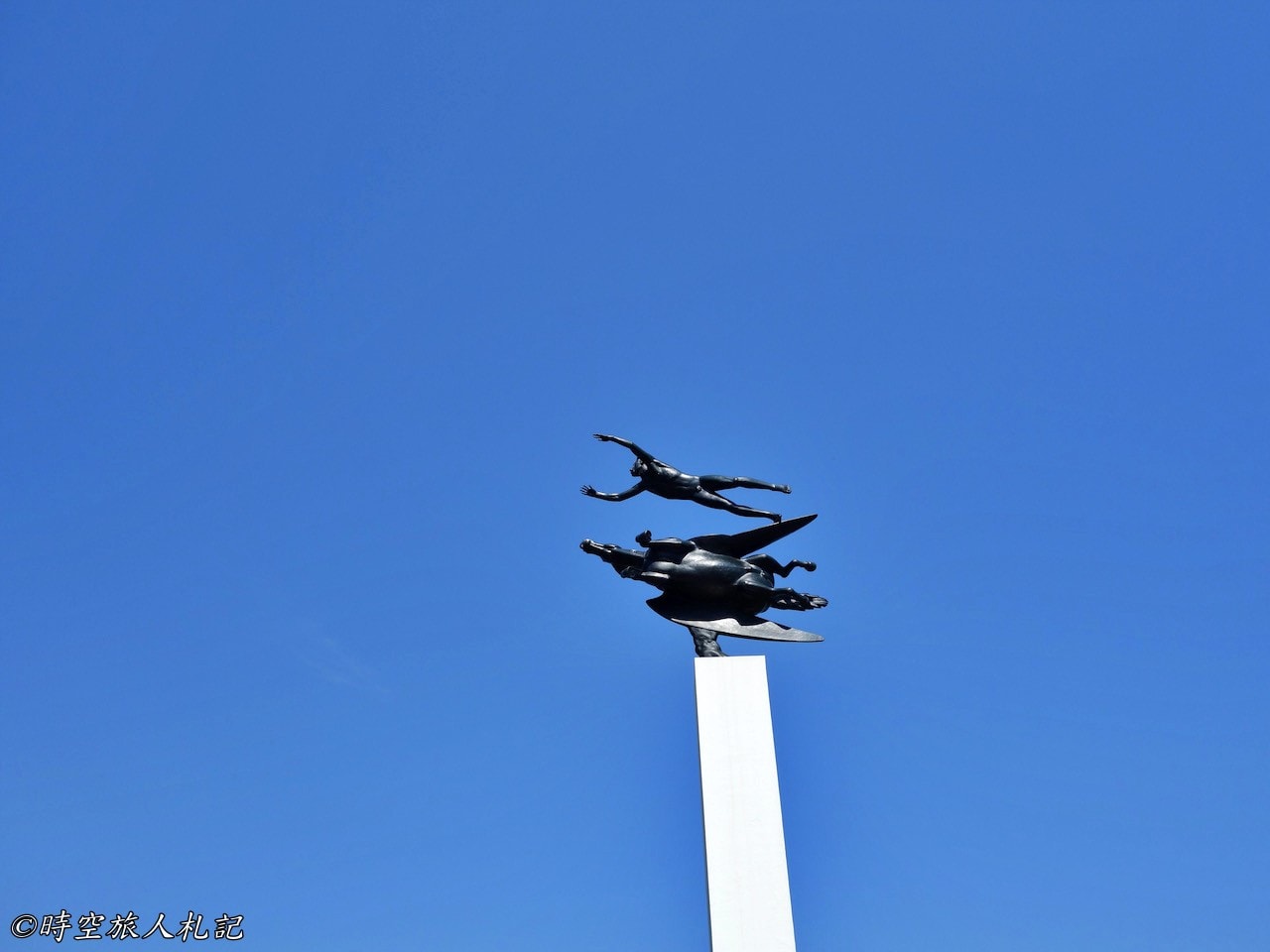
Walking along, we arrived at the Picasso Pavilion, which displays various works by Picasso, including oil paintings, sketches, sculptures, and more. Photography is not allowed inside. In front of the Picasso Pavilion, there's a spot where you can enjoy a foot bath.
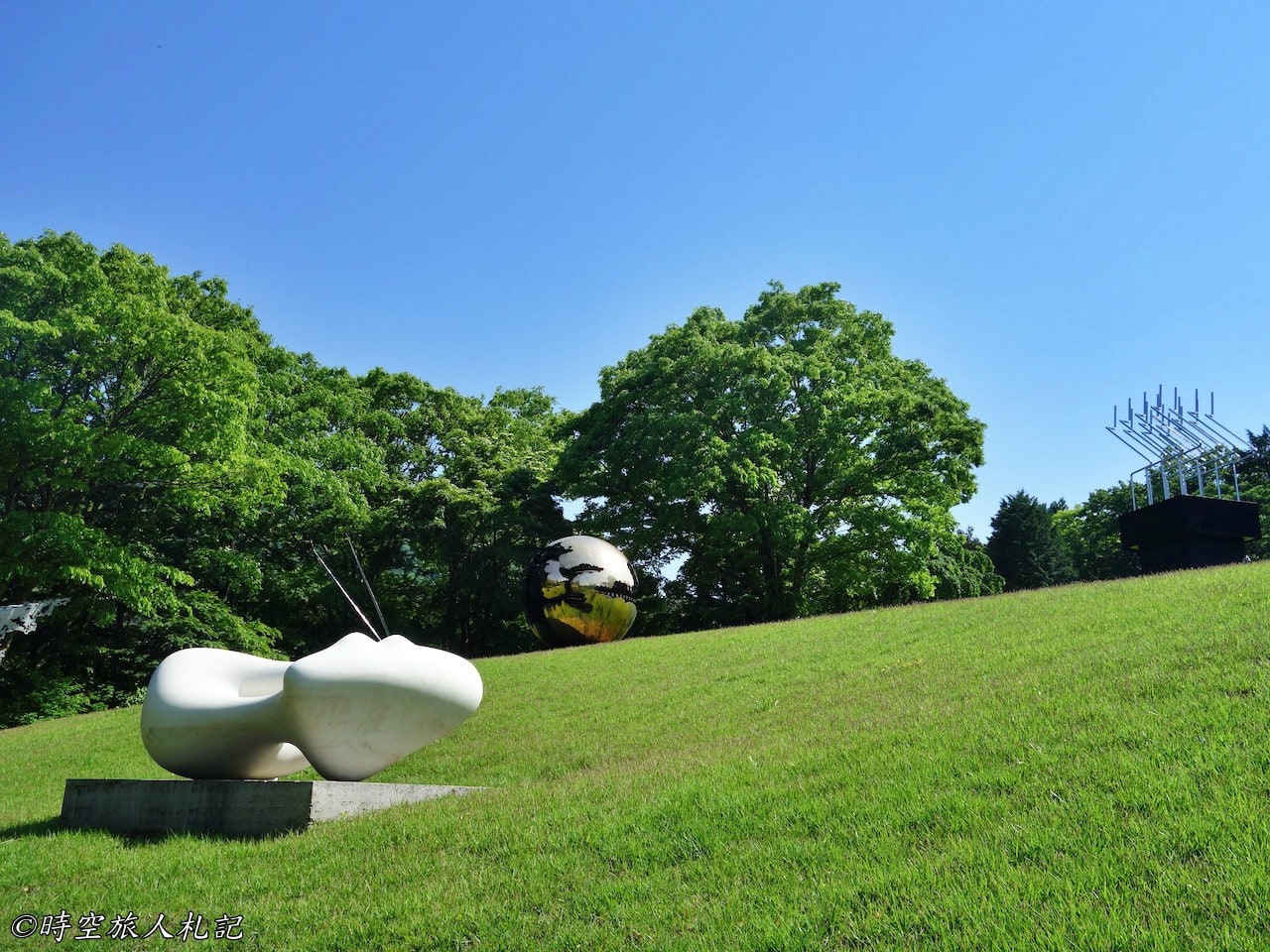
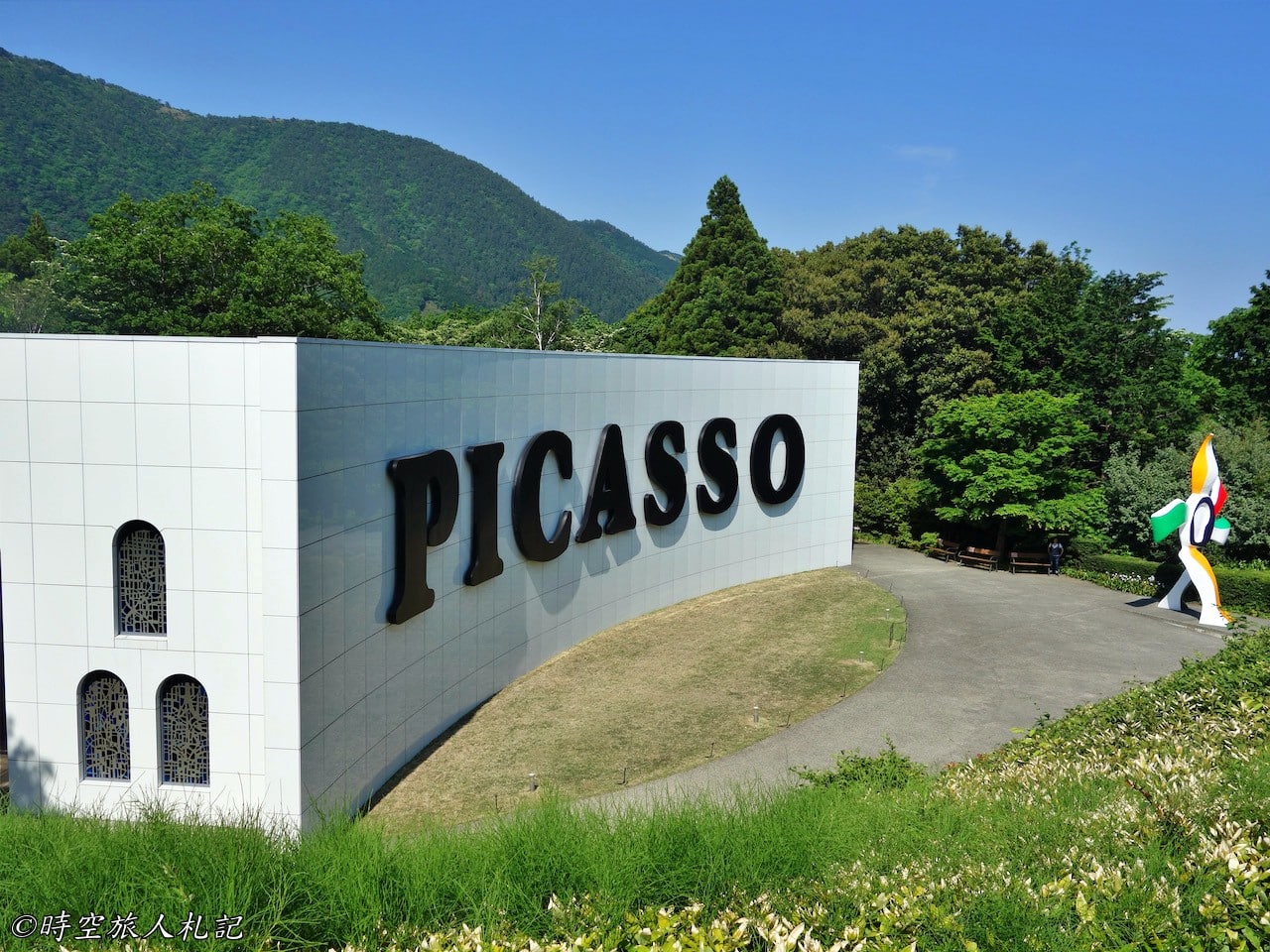
This is the "Symphony of Luck" sculpture, a tower-like structure four stories high, created by Jun Iben. The interior's colored glass was designed by the French artist Gabriel Loire. From the top, you can also enjoy the view of the Hakone mountains.
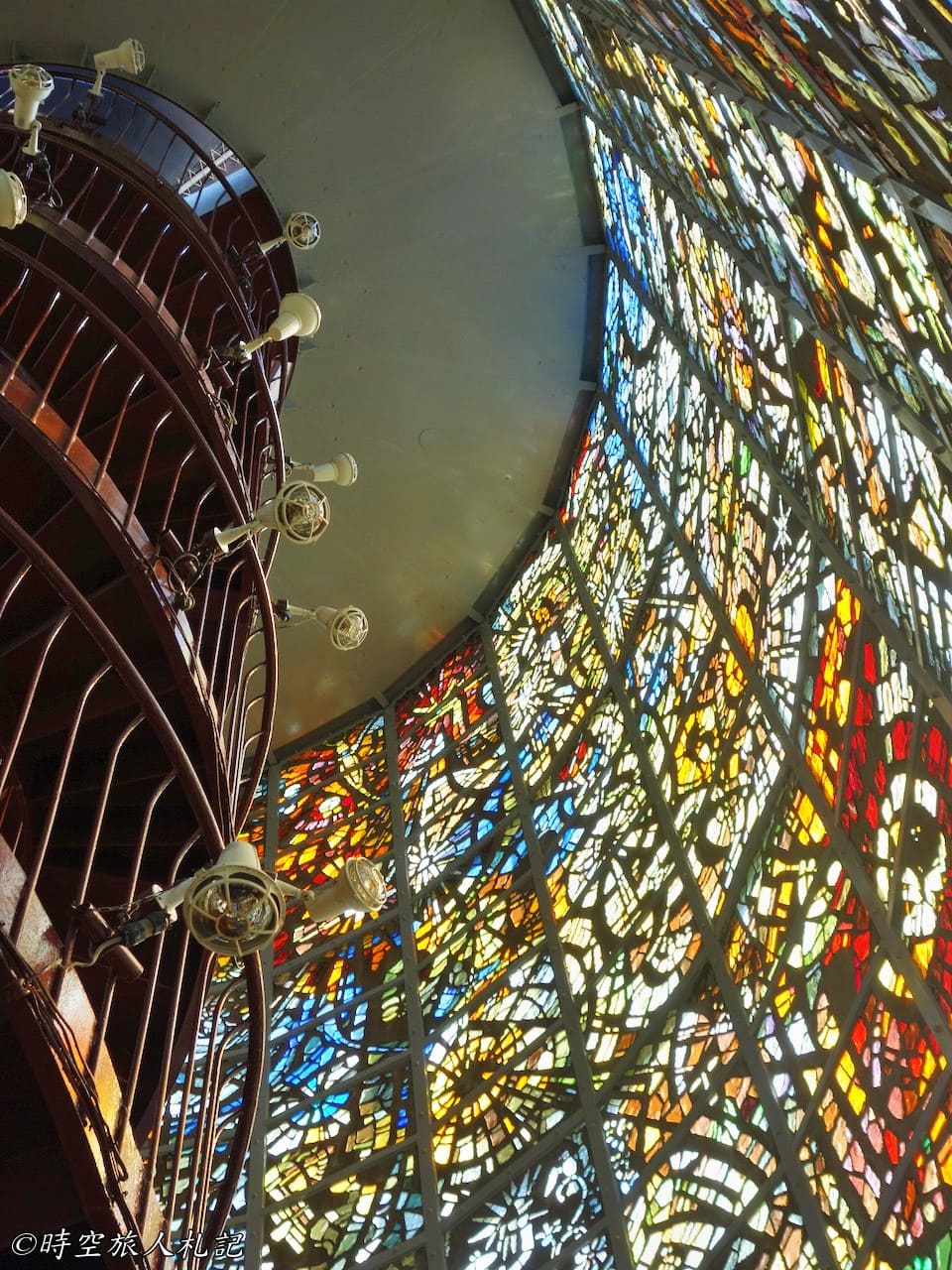
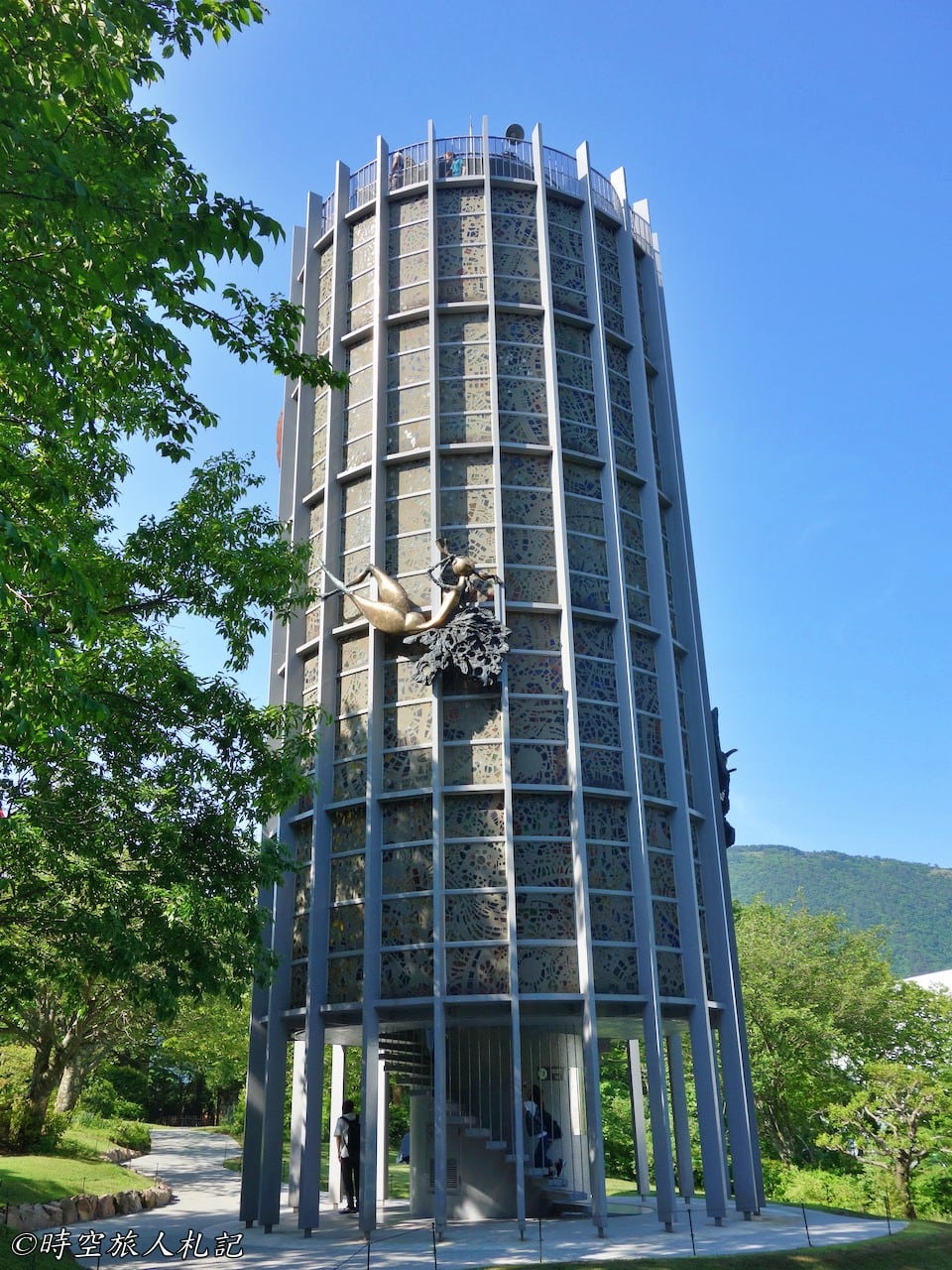
Here's a panoramic view showcasing many fantastic sculptures at the back.
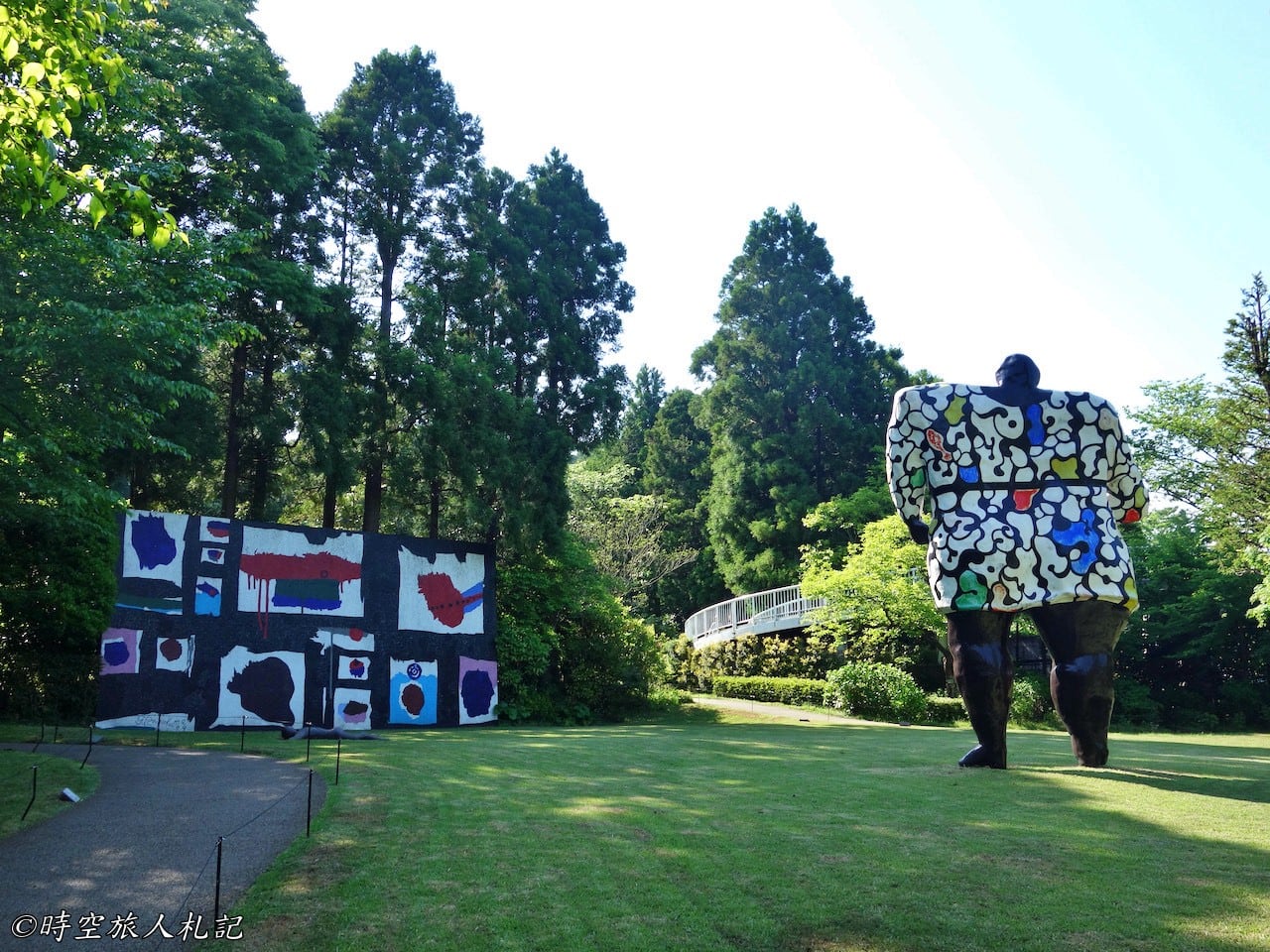
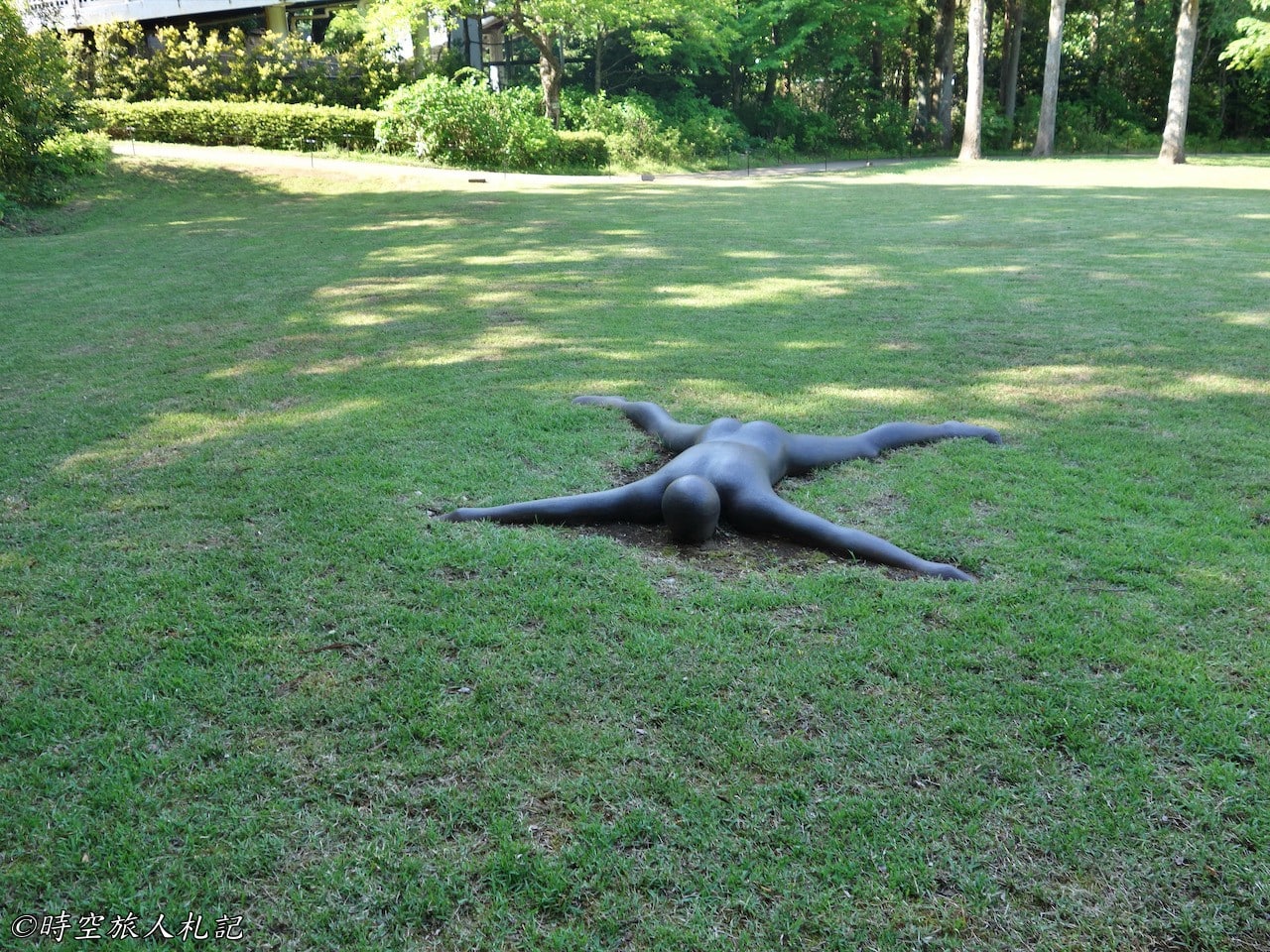
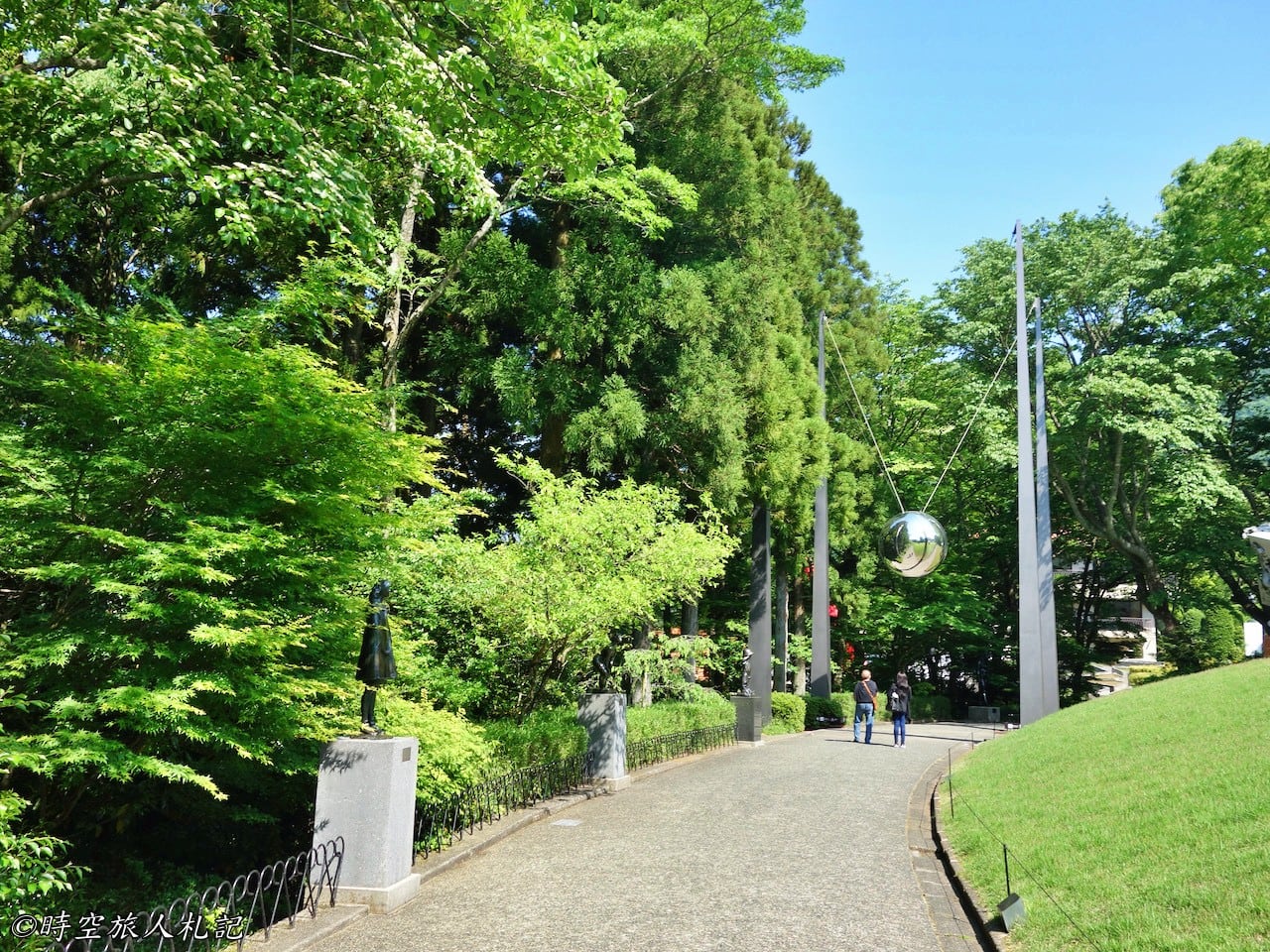
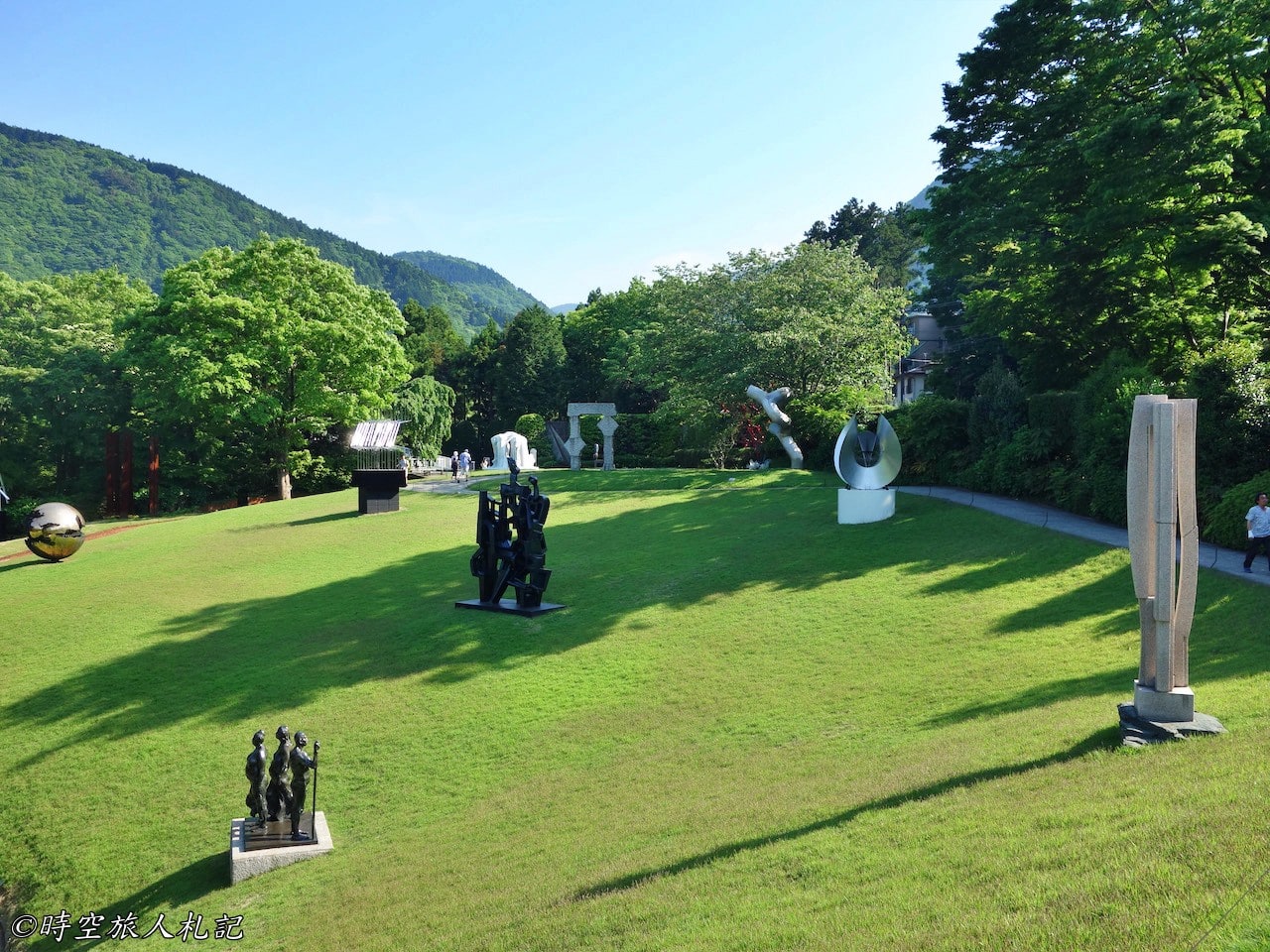
In the café at the Hakone Open-Air Museum's Picasso Pavilion, it's perfect for enjoying a leisurely afternoon. Ordering some light snacks, like a Japanese-style hot dog with coffee, and sitting quietly among the sculptures is a wonderful way to appreciate the surroundings.
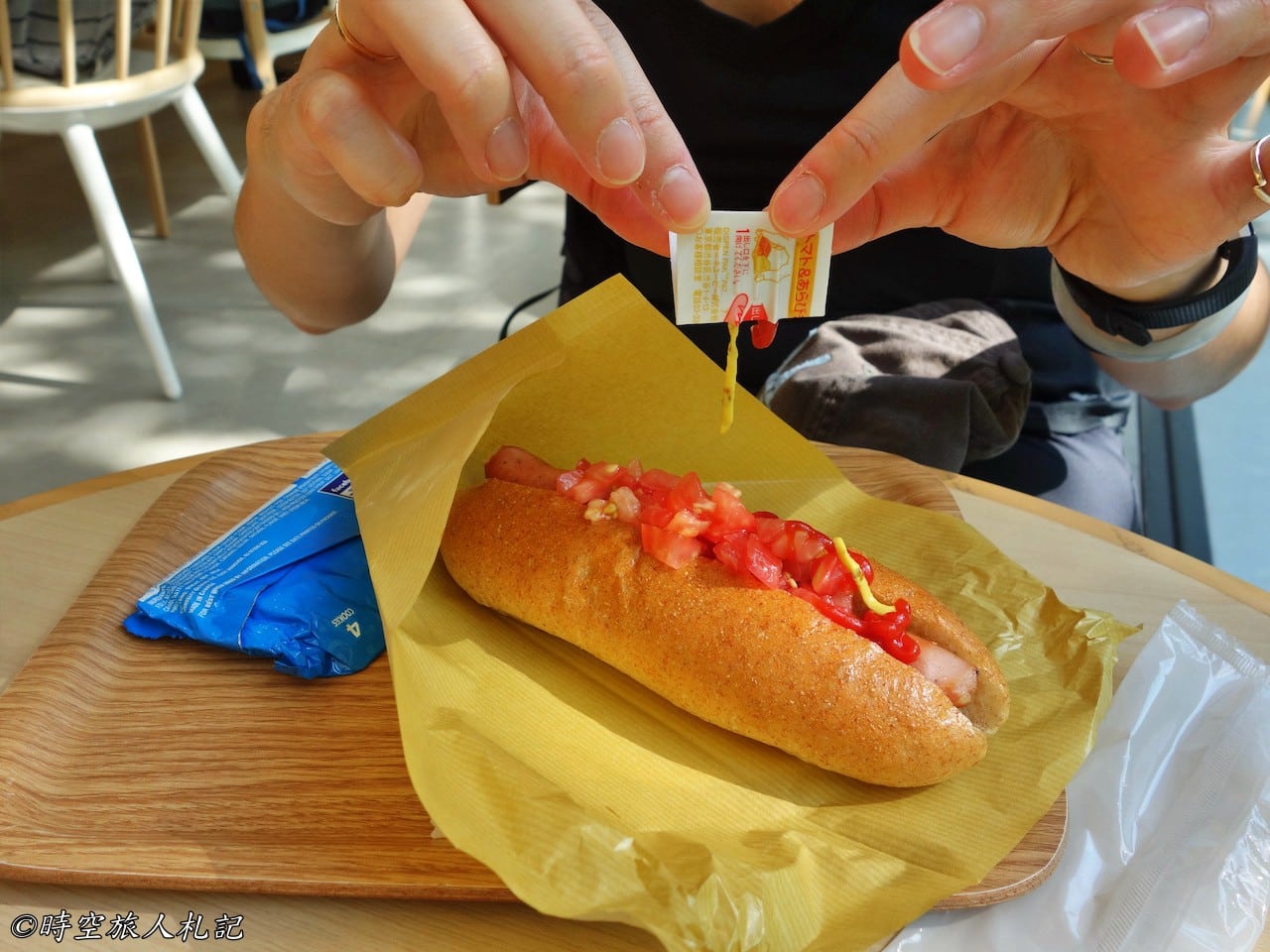
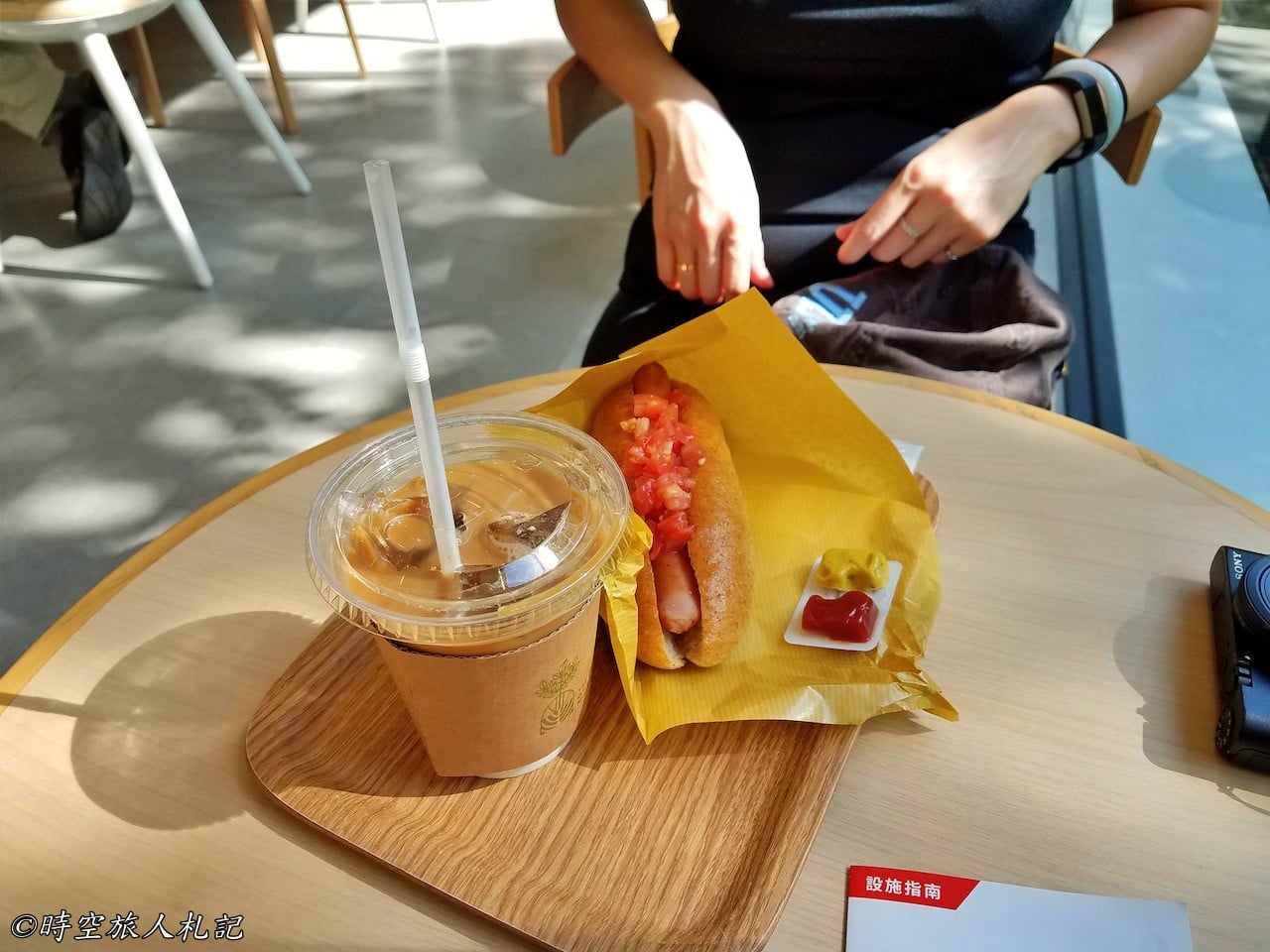
Souveniers | Hot spring buns
If you're looking to buy souvenirs, you can purchase the hot spring buns, which you'll definitely see in the hot spring town. They taste similar to mini dorayaki (a type of Japanese red bean pancake).
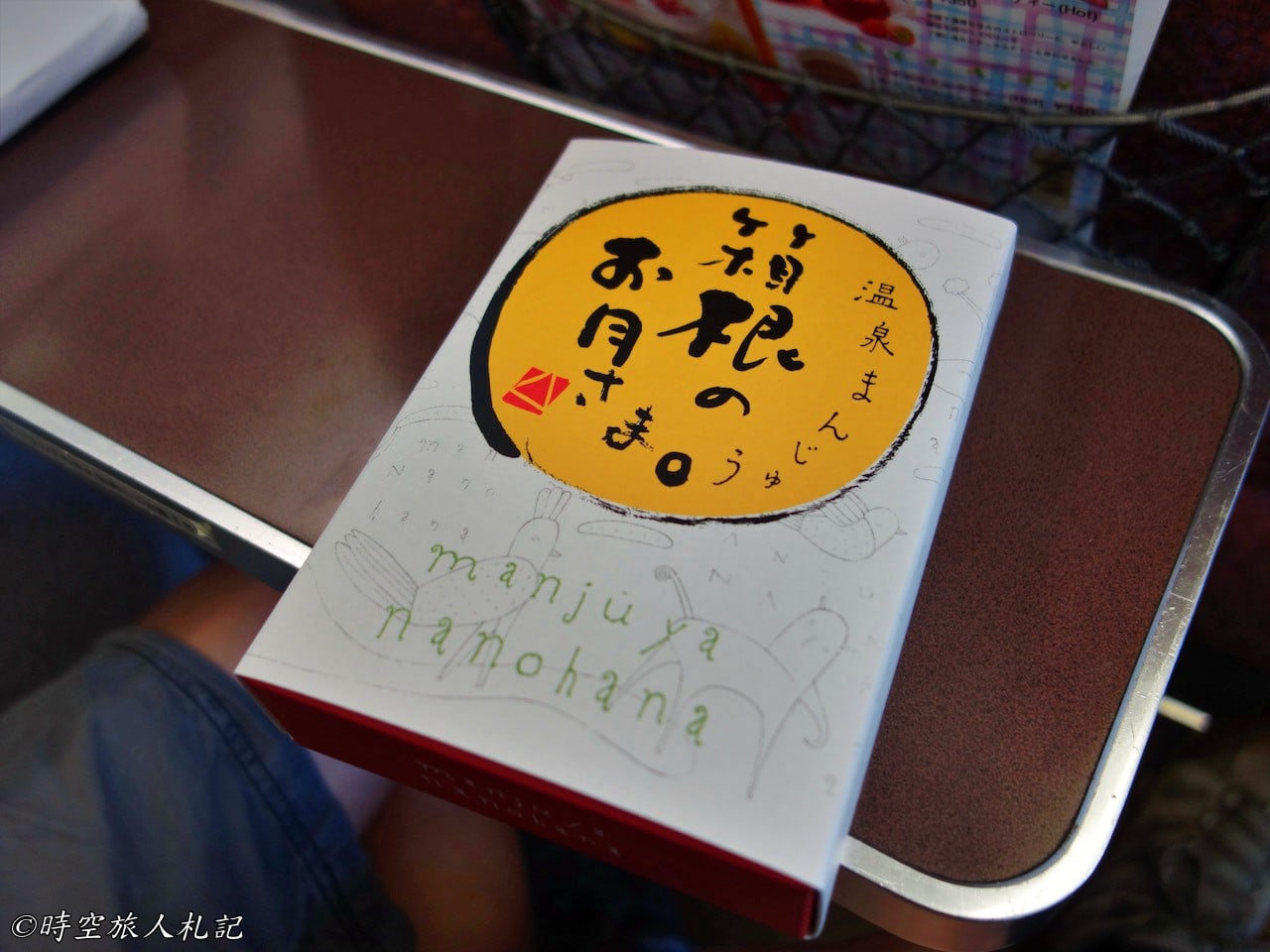

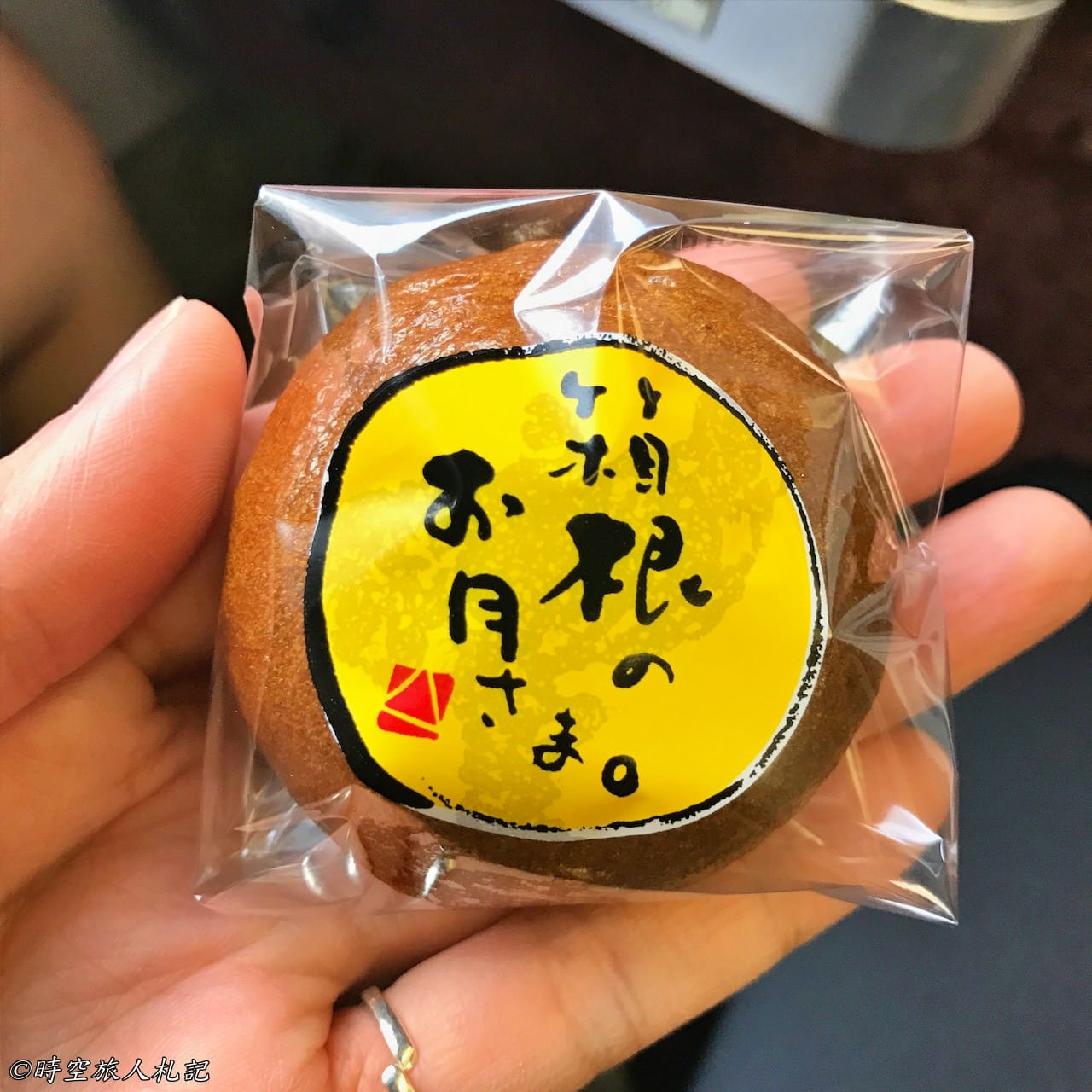
☕ Enjoying my travel notes?
You can Buy me a coffee to support what I do 🙌